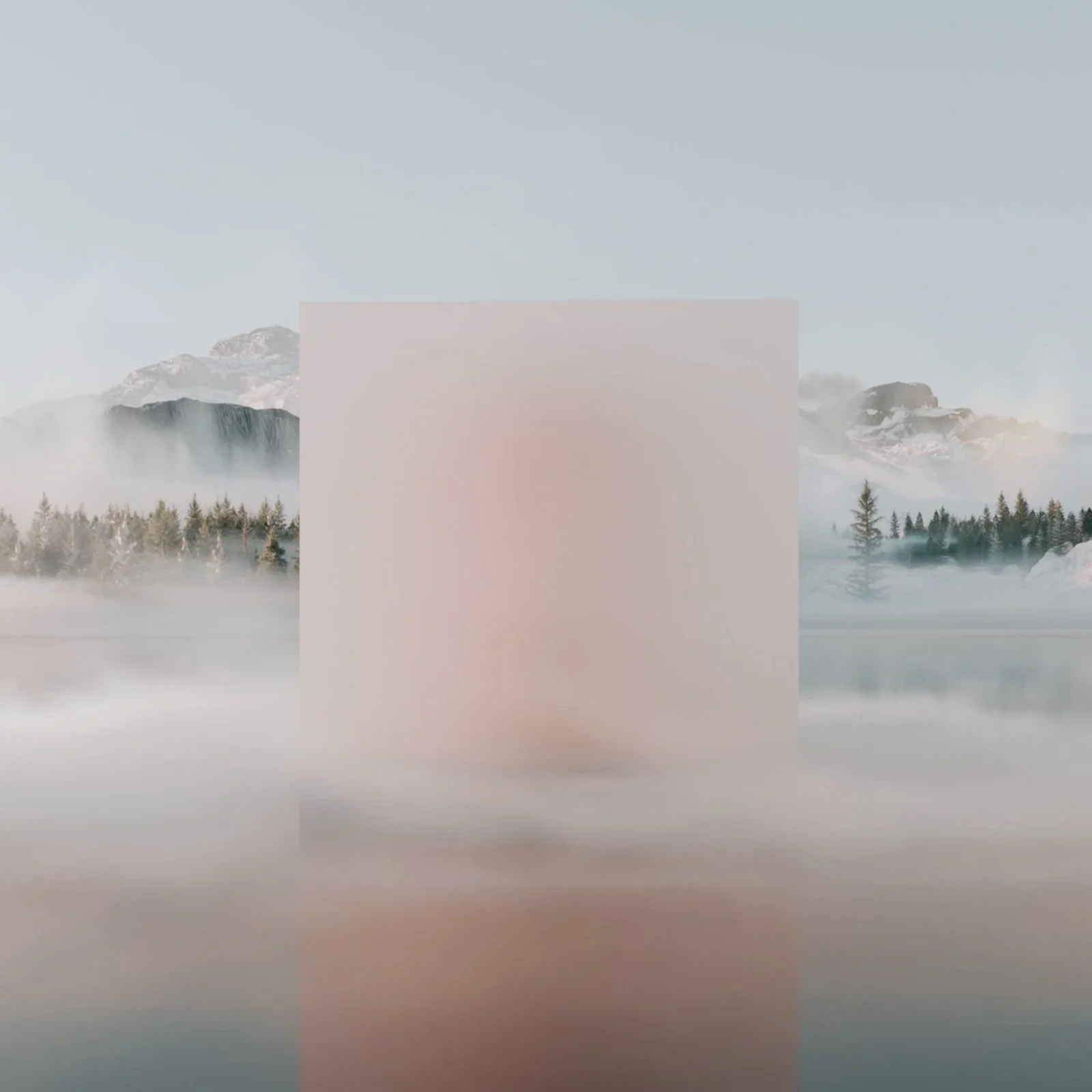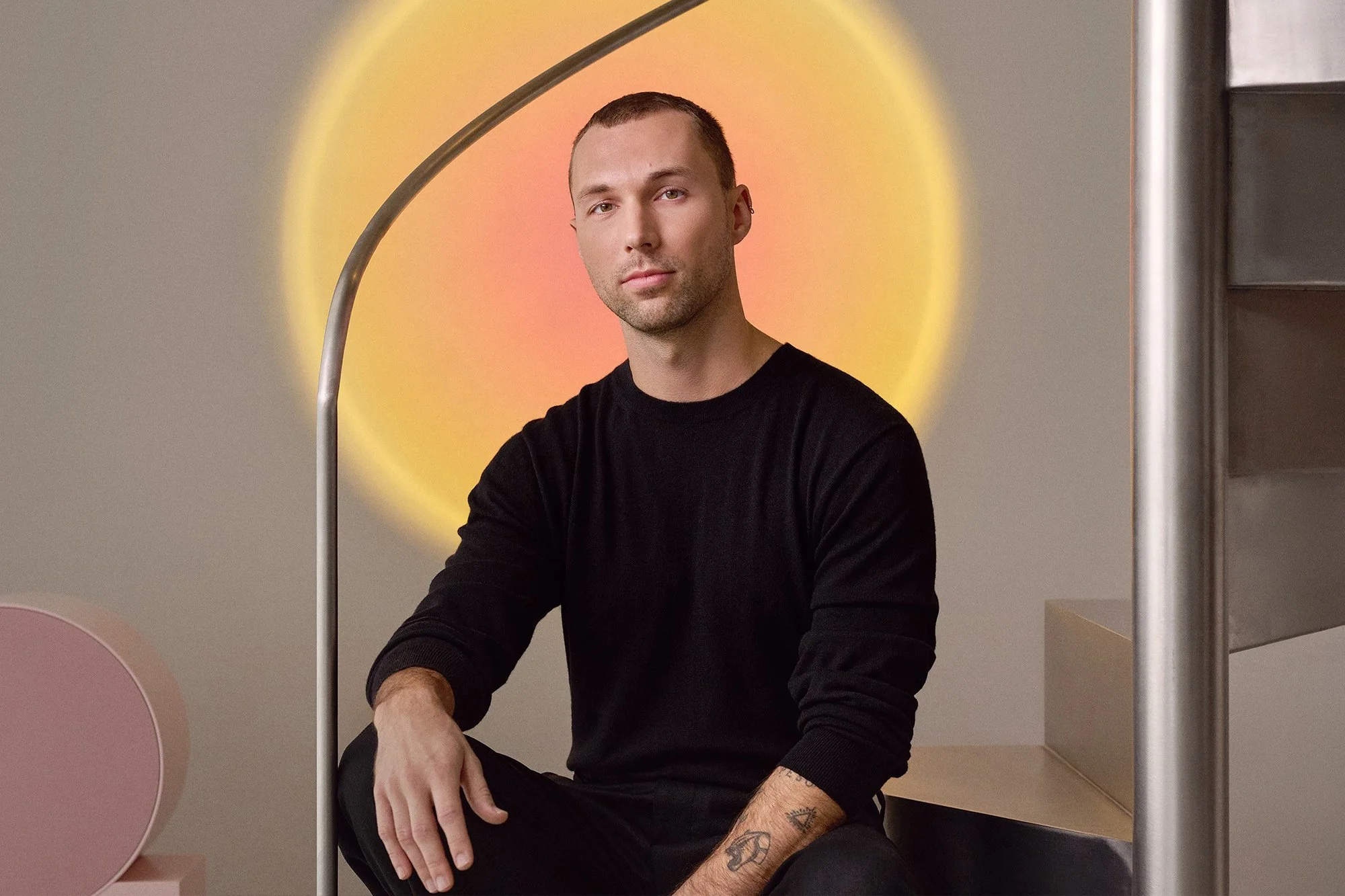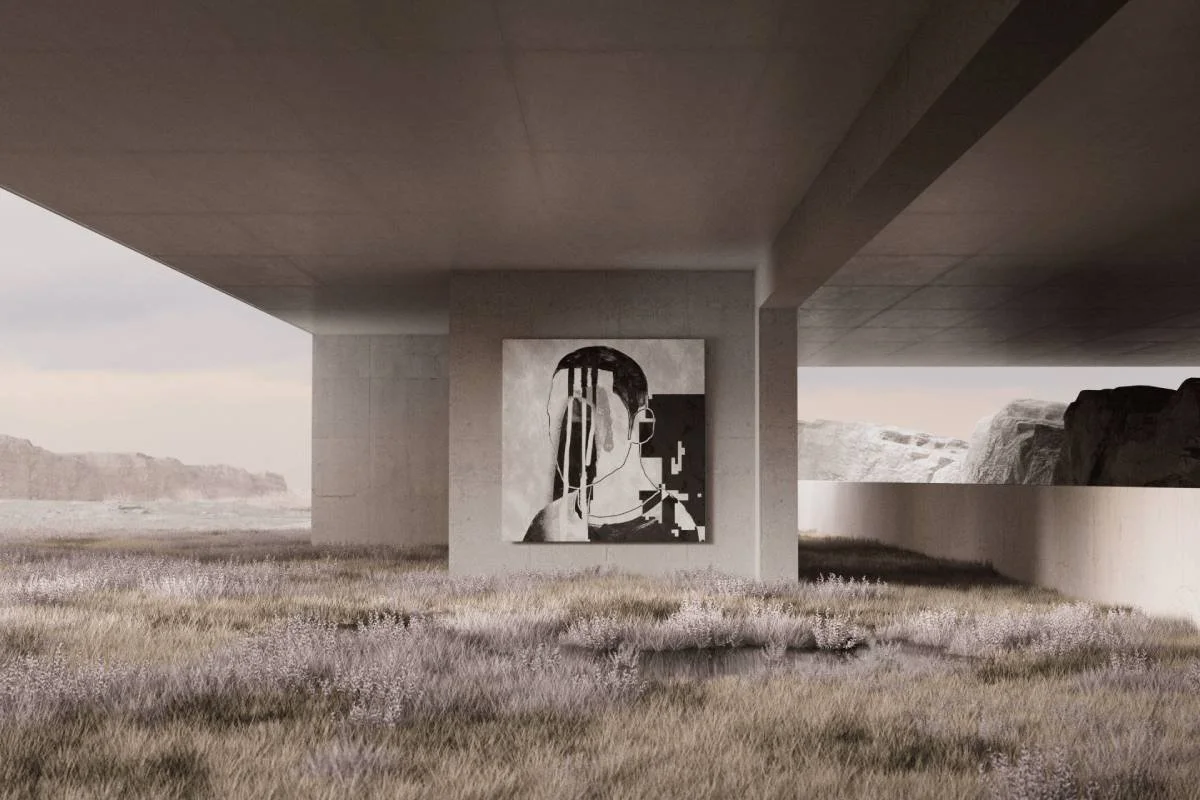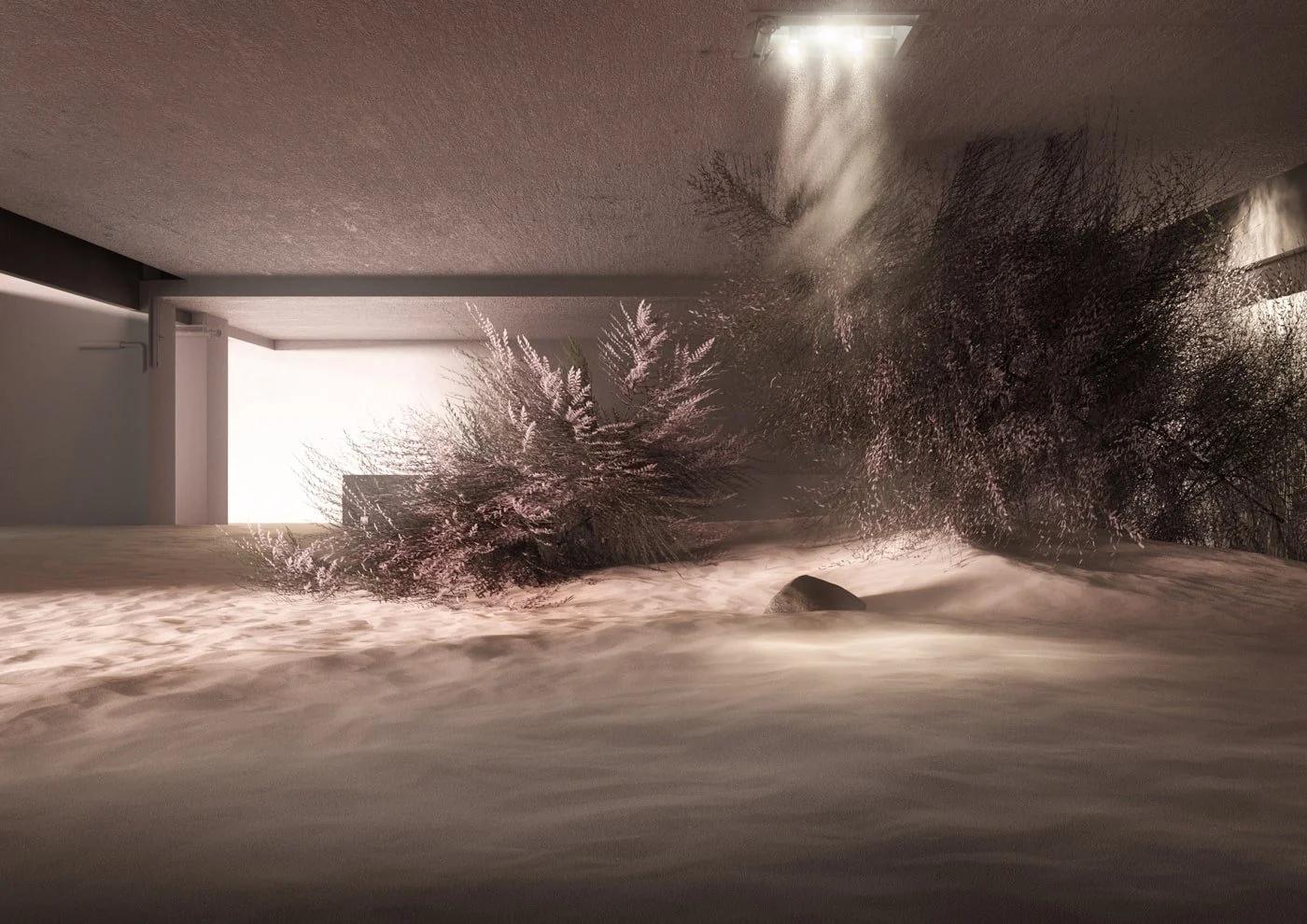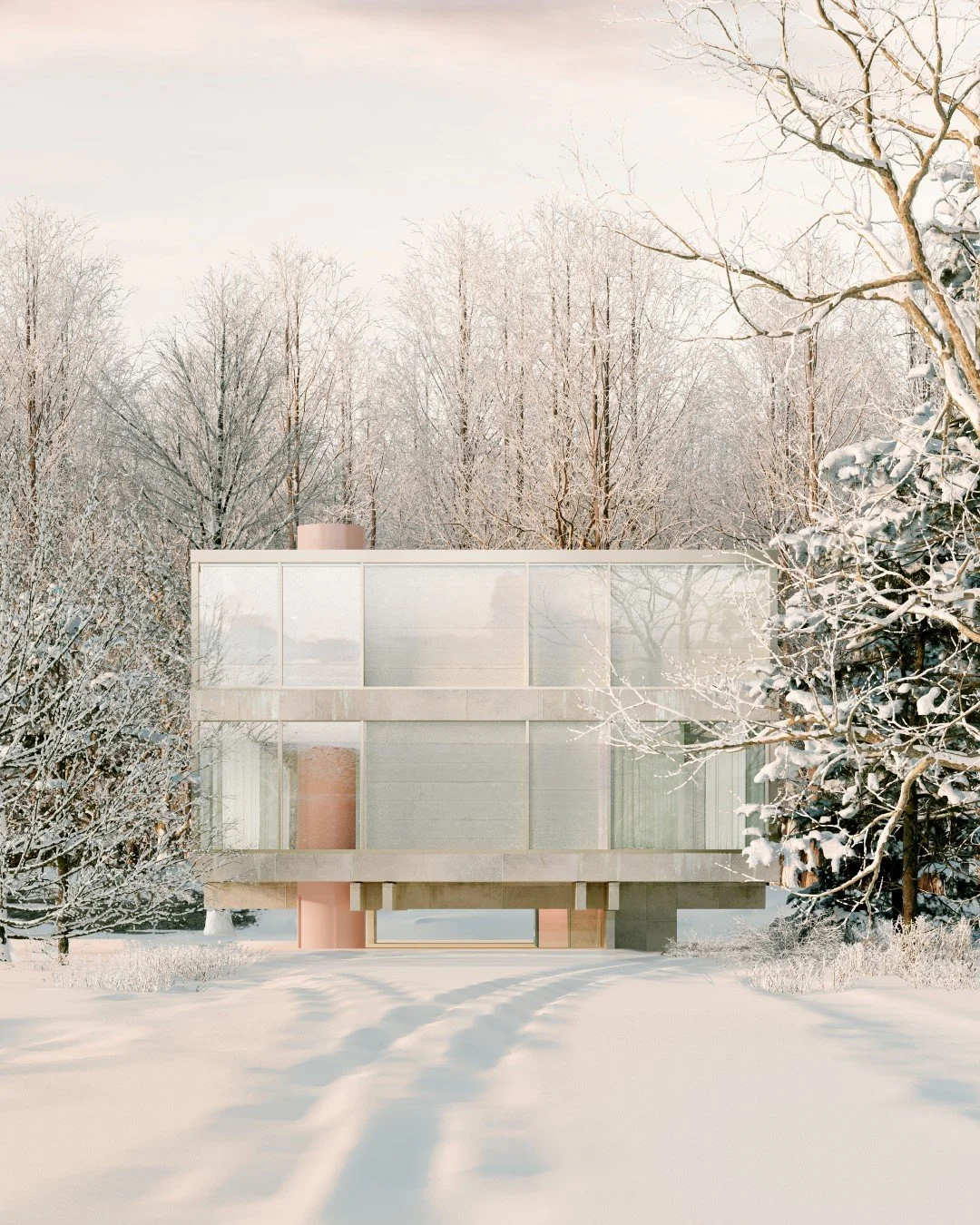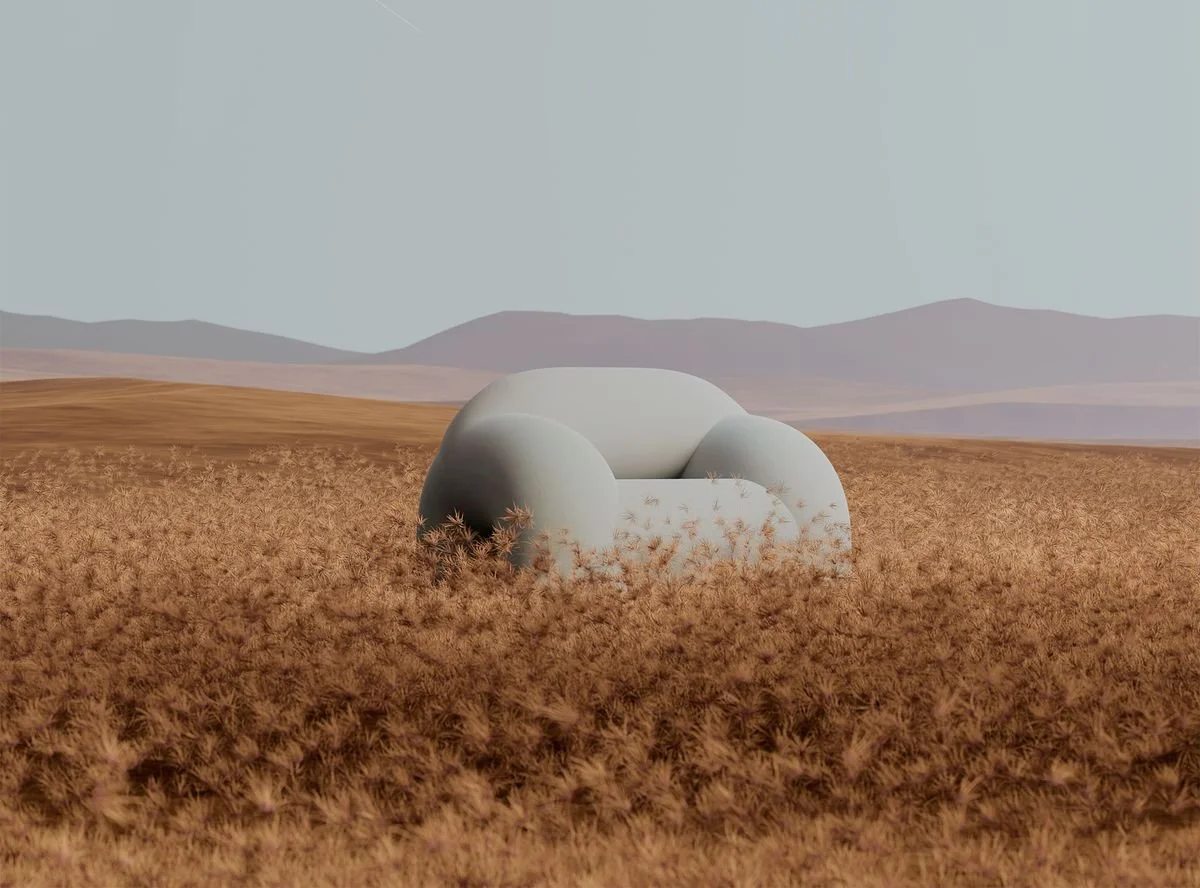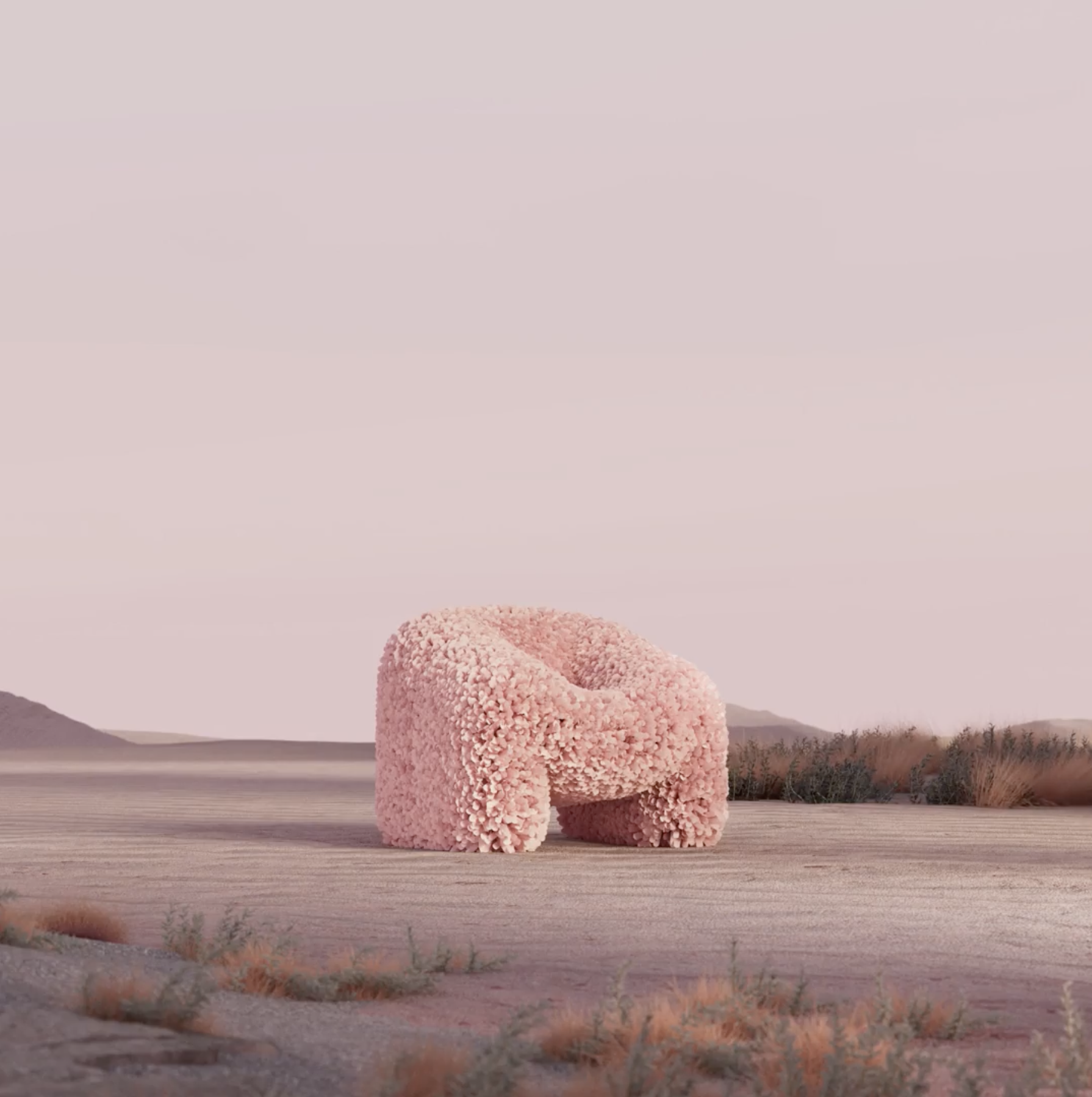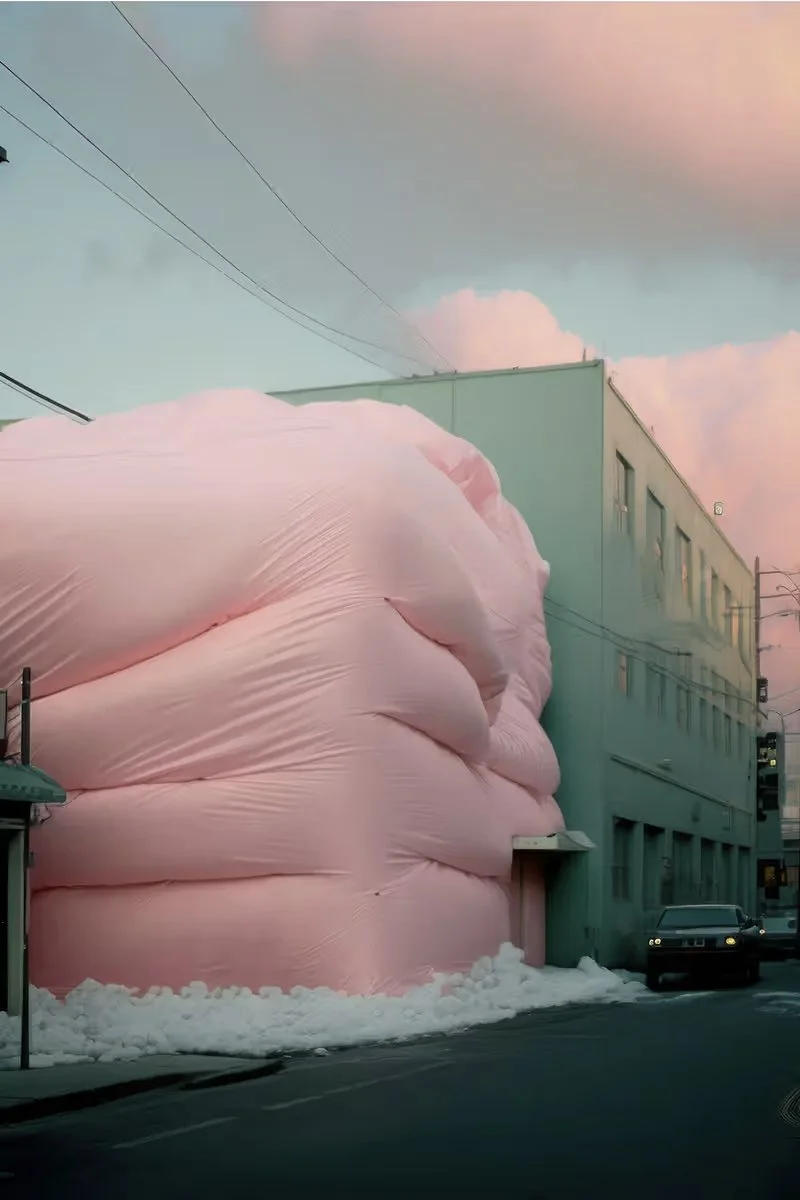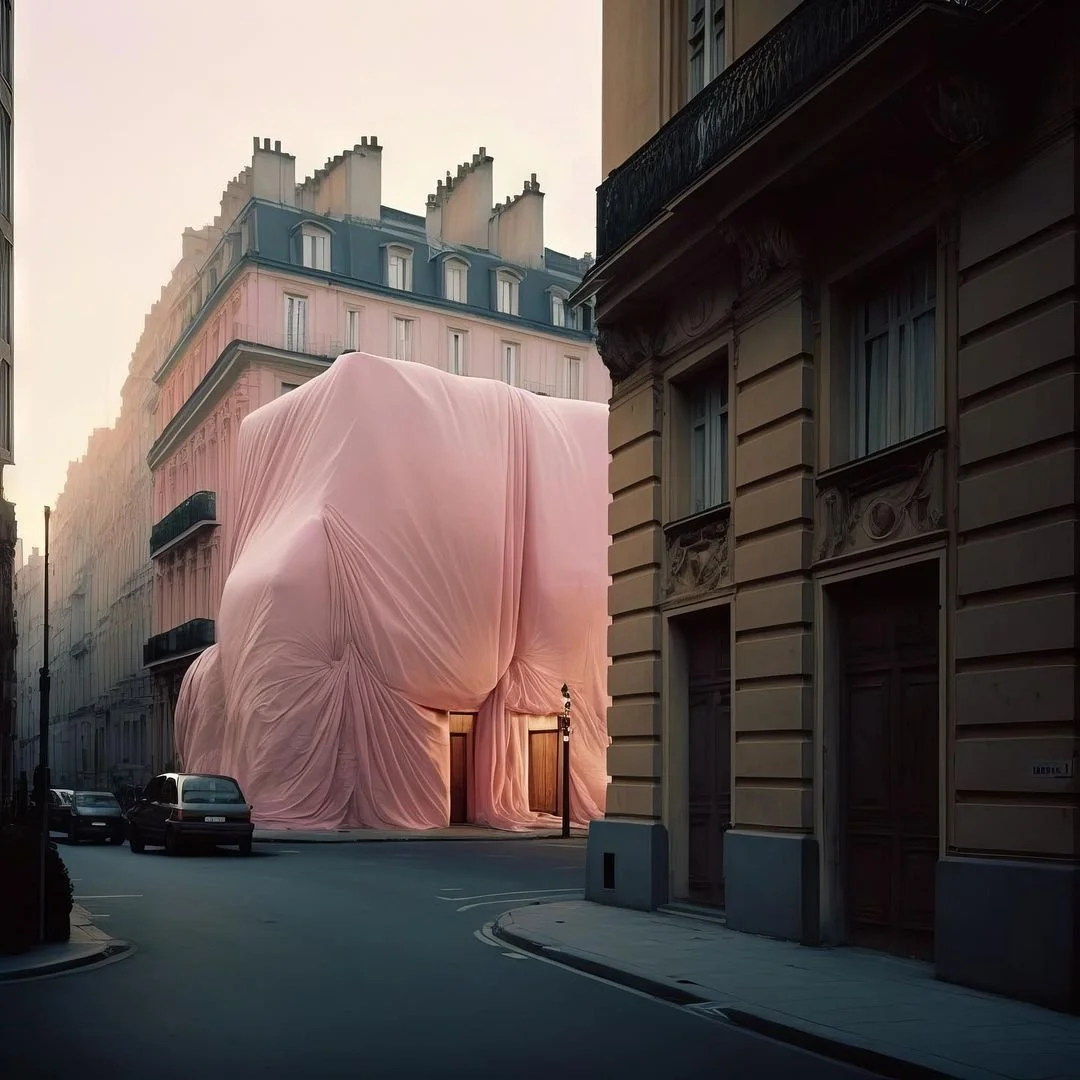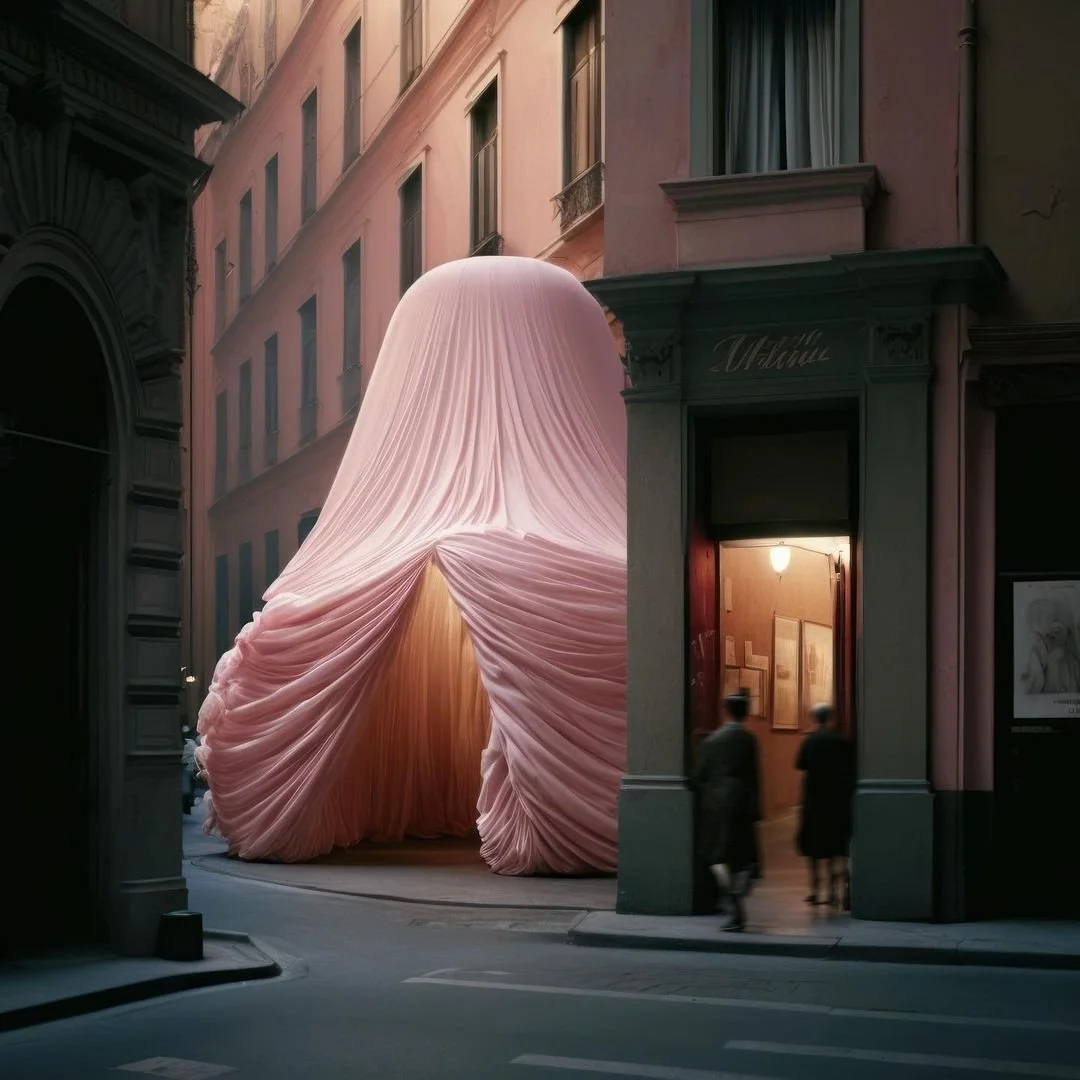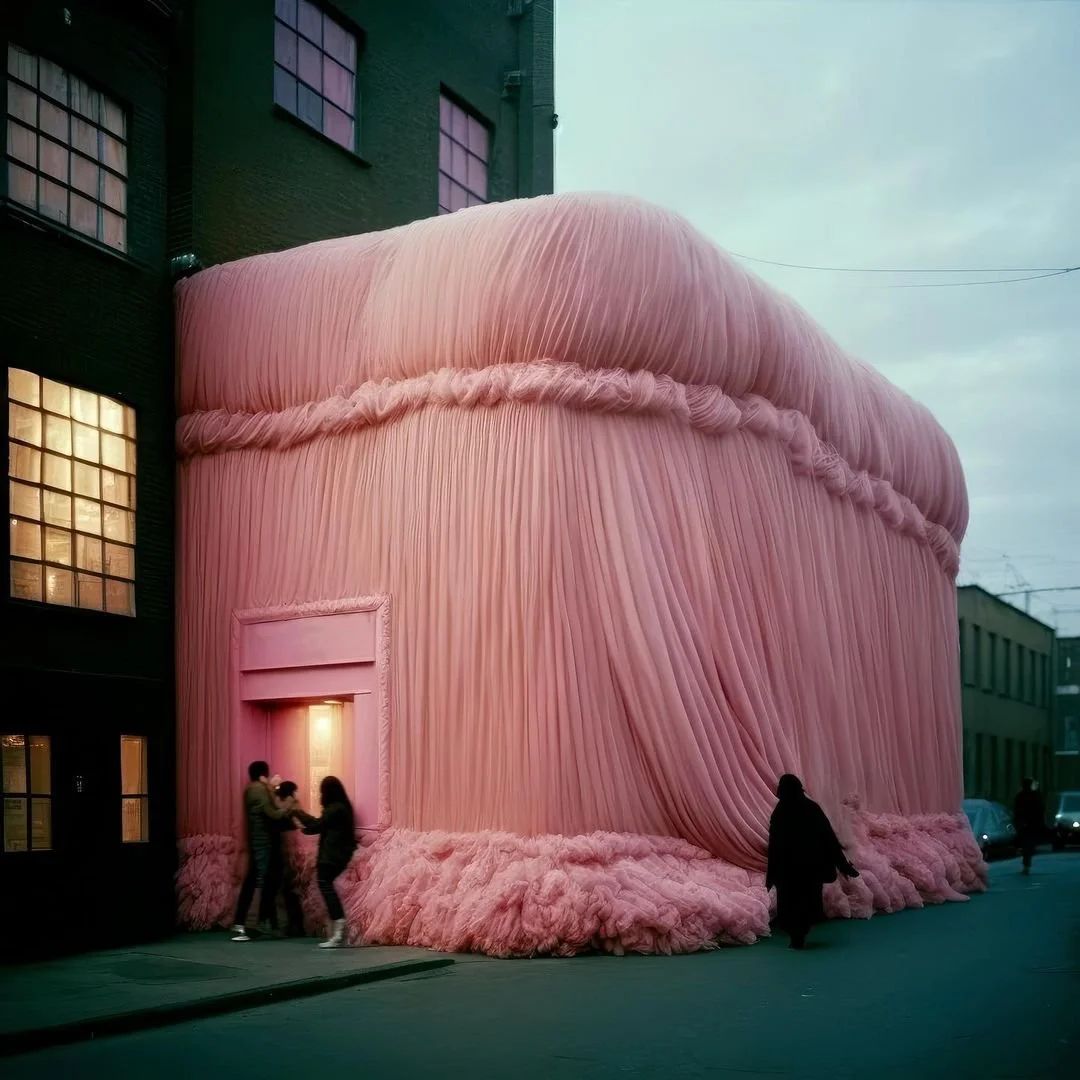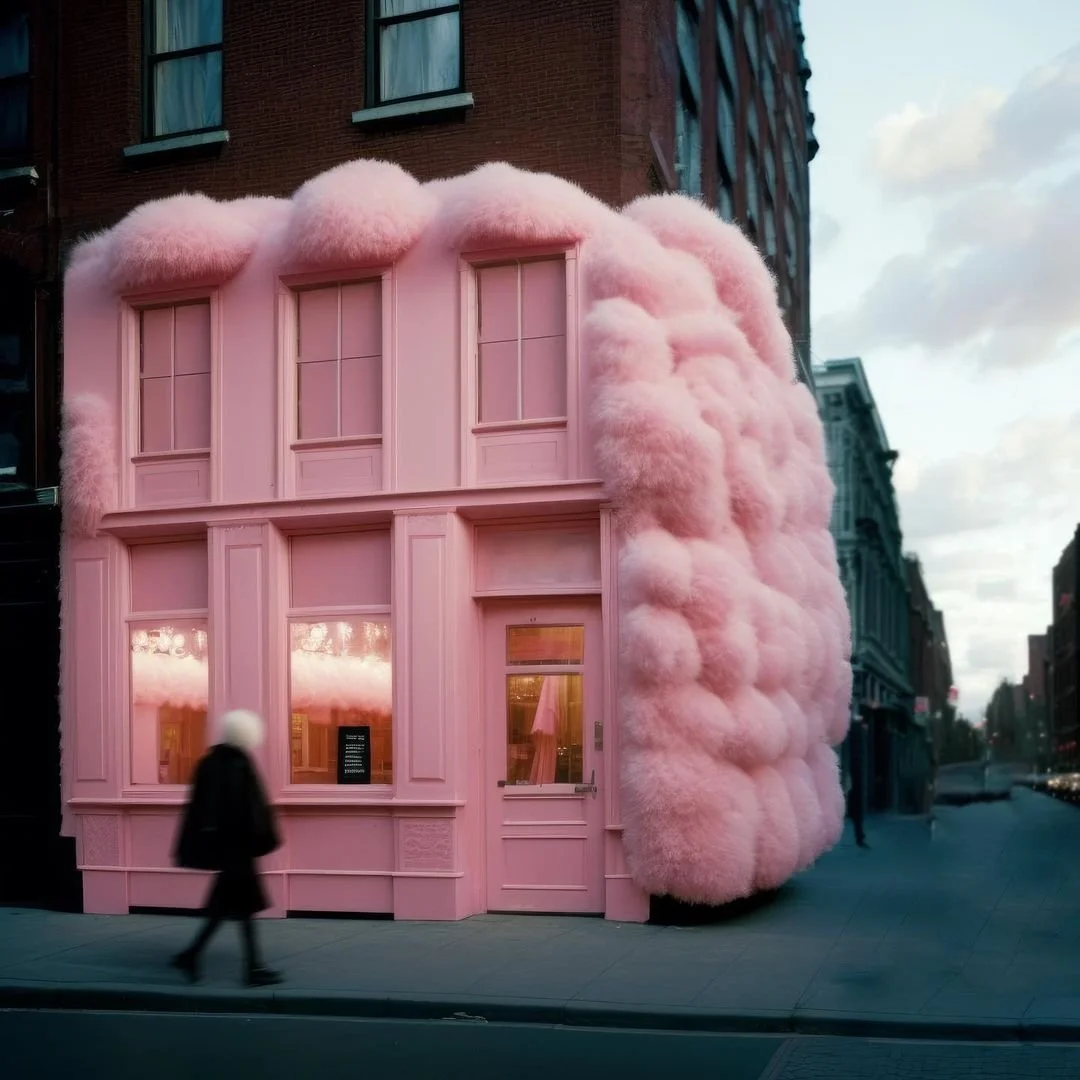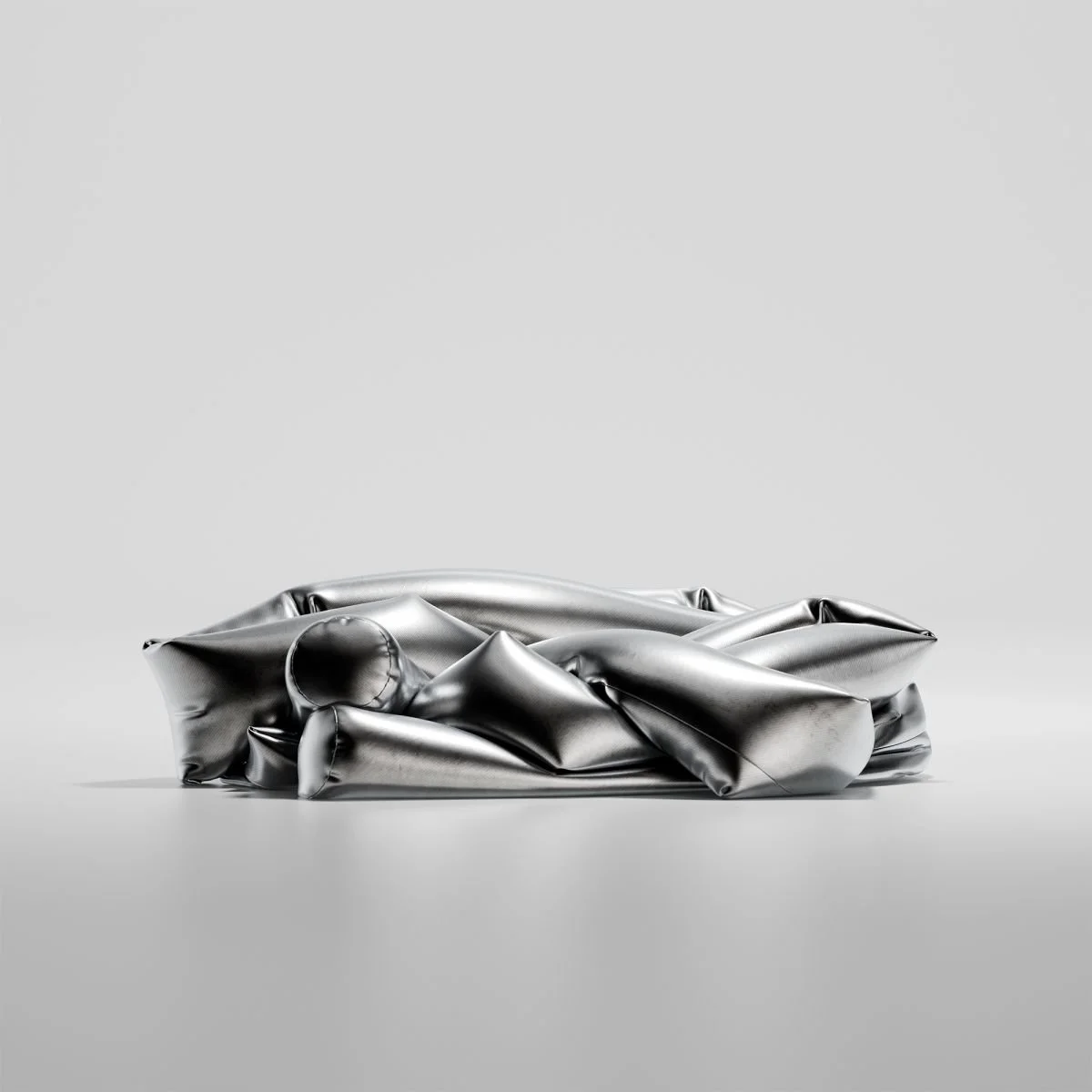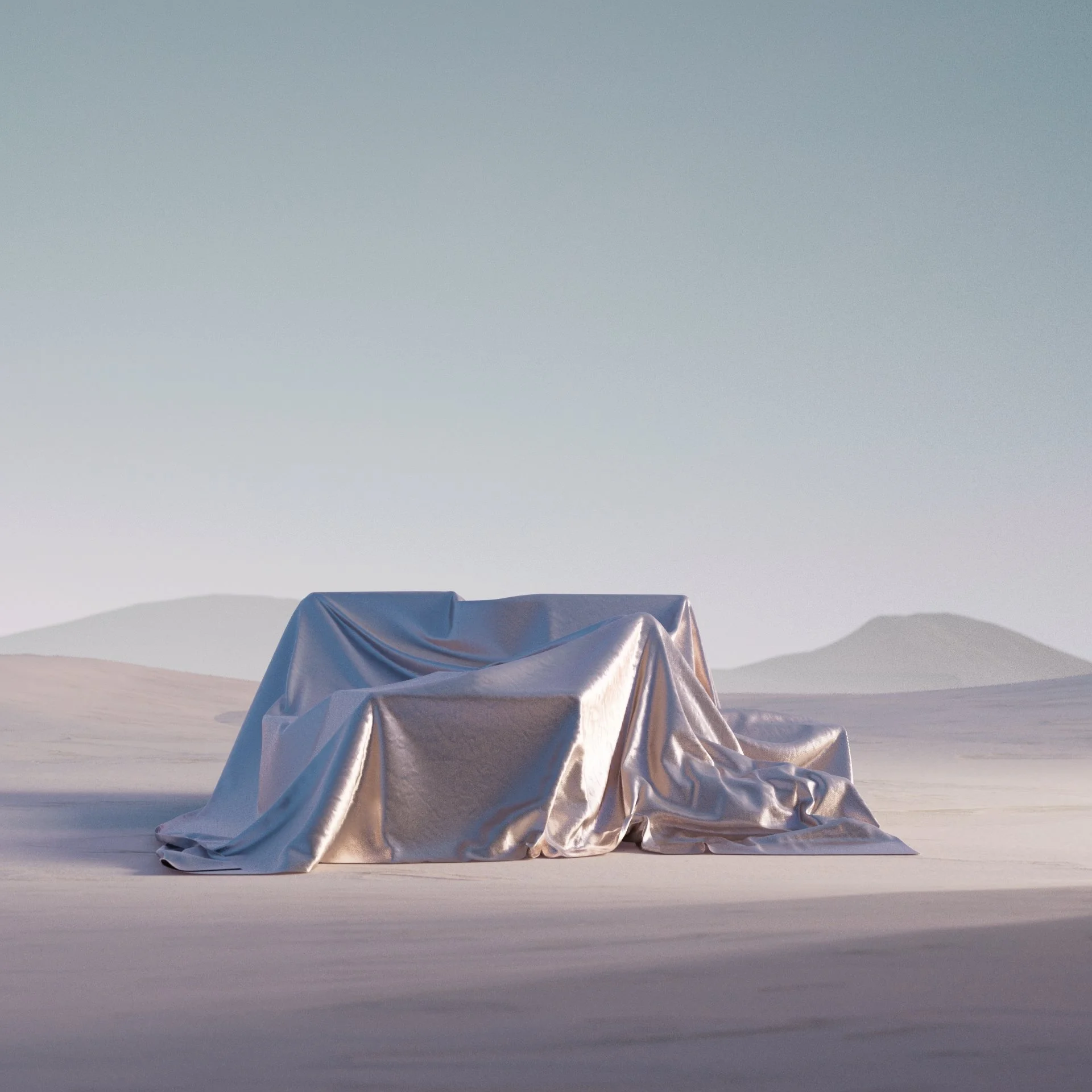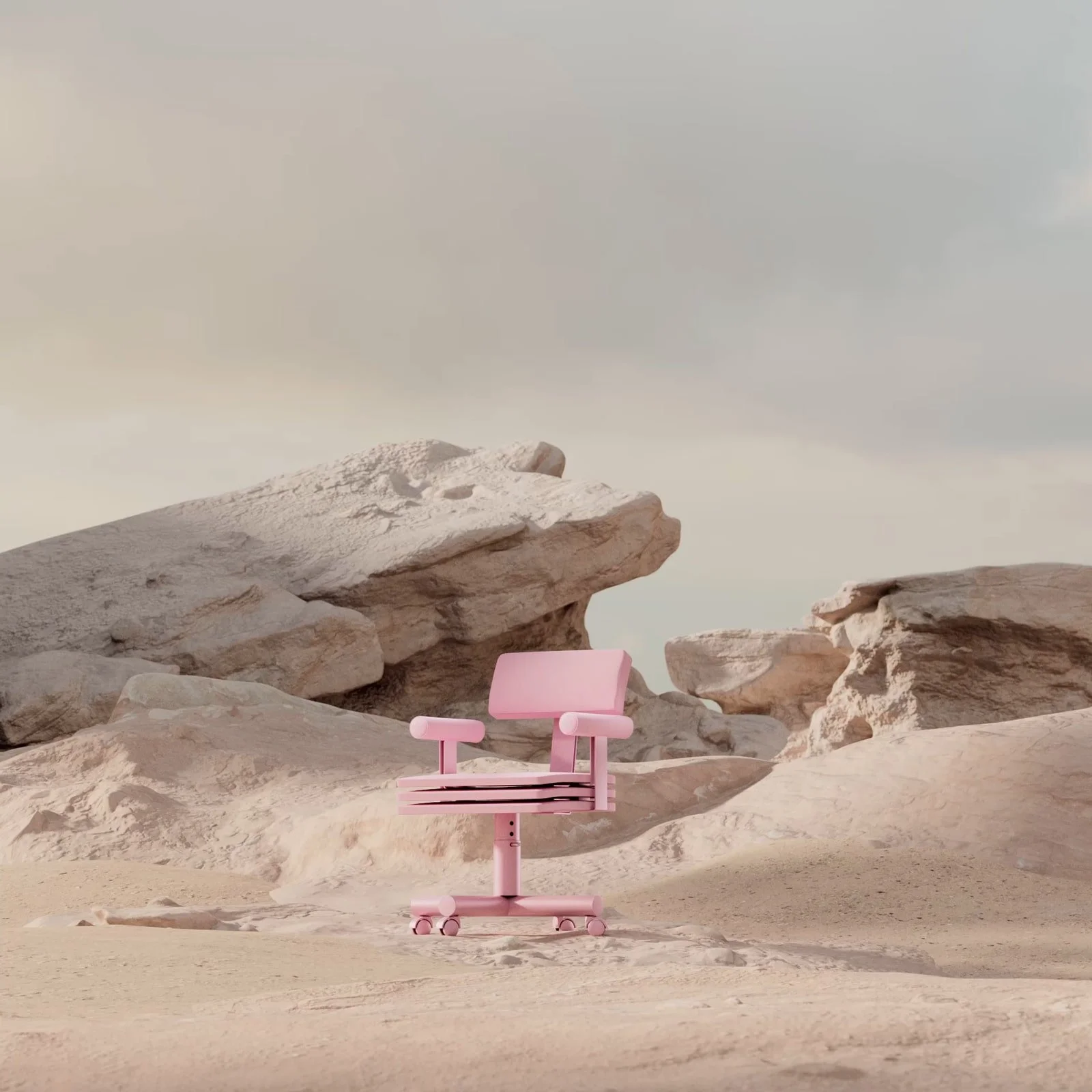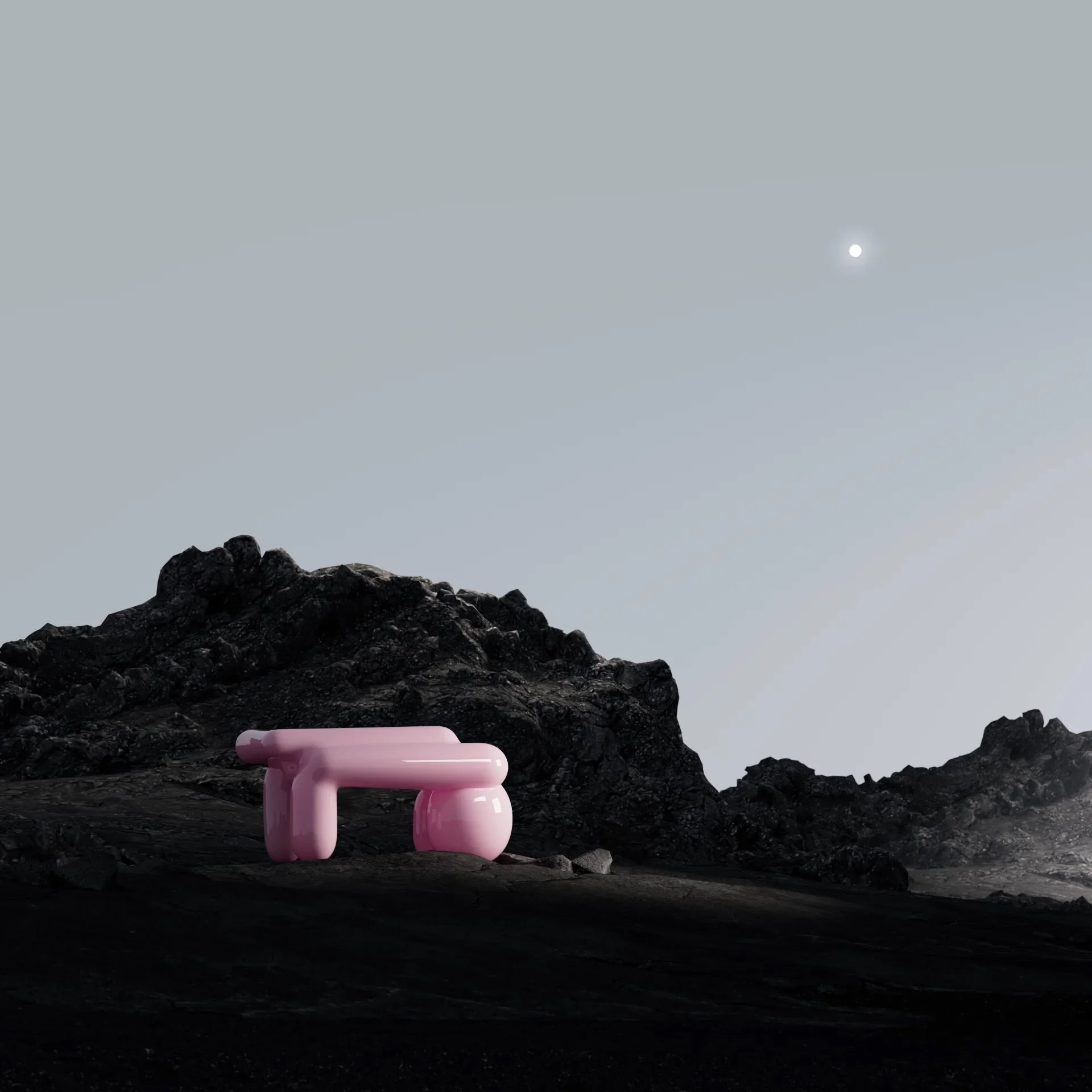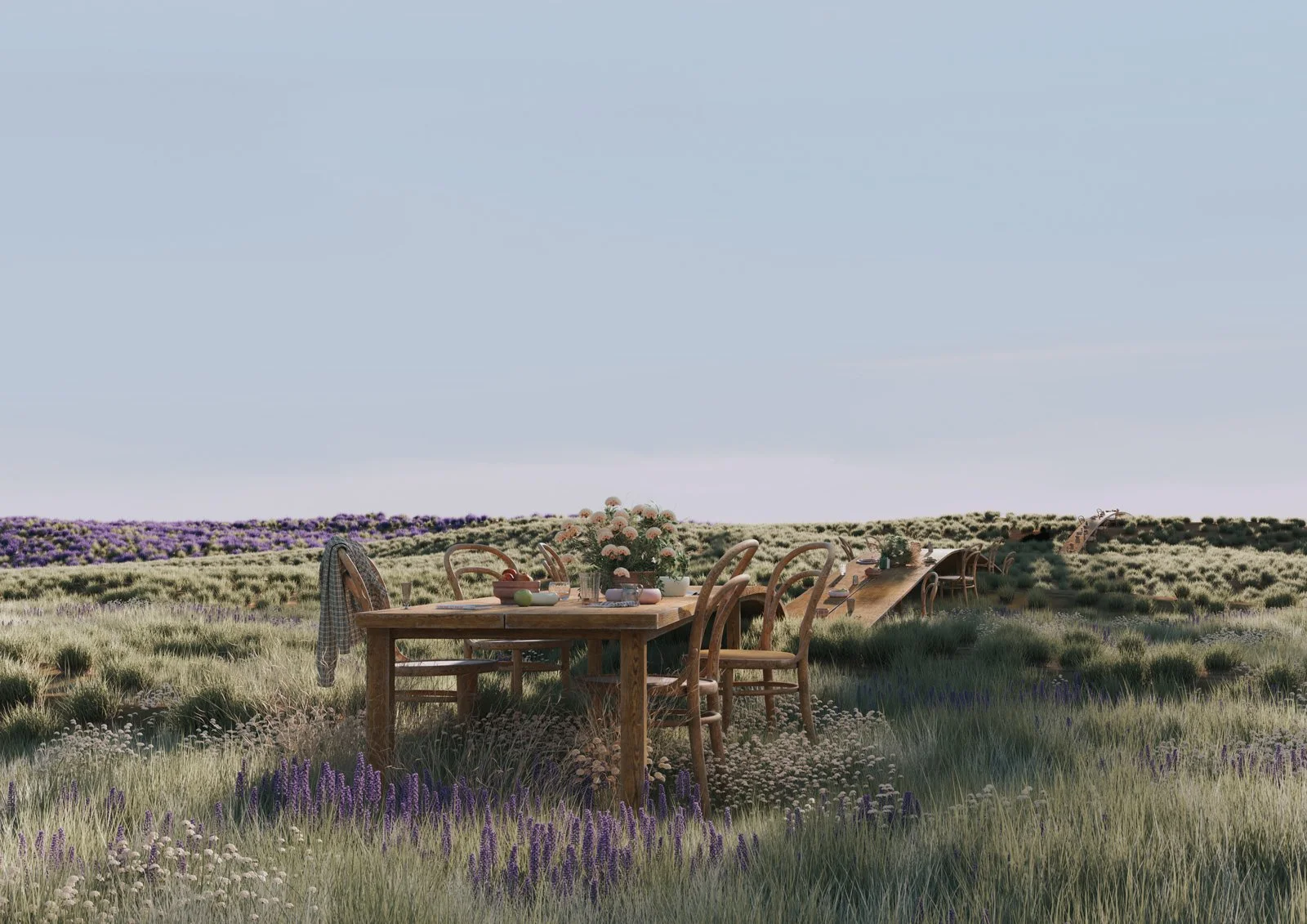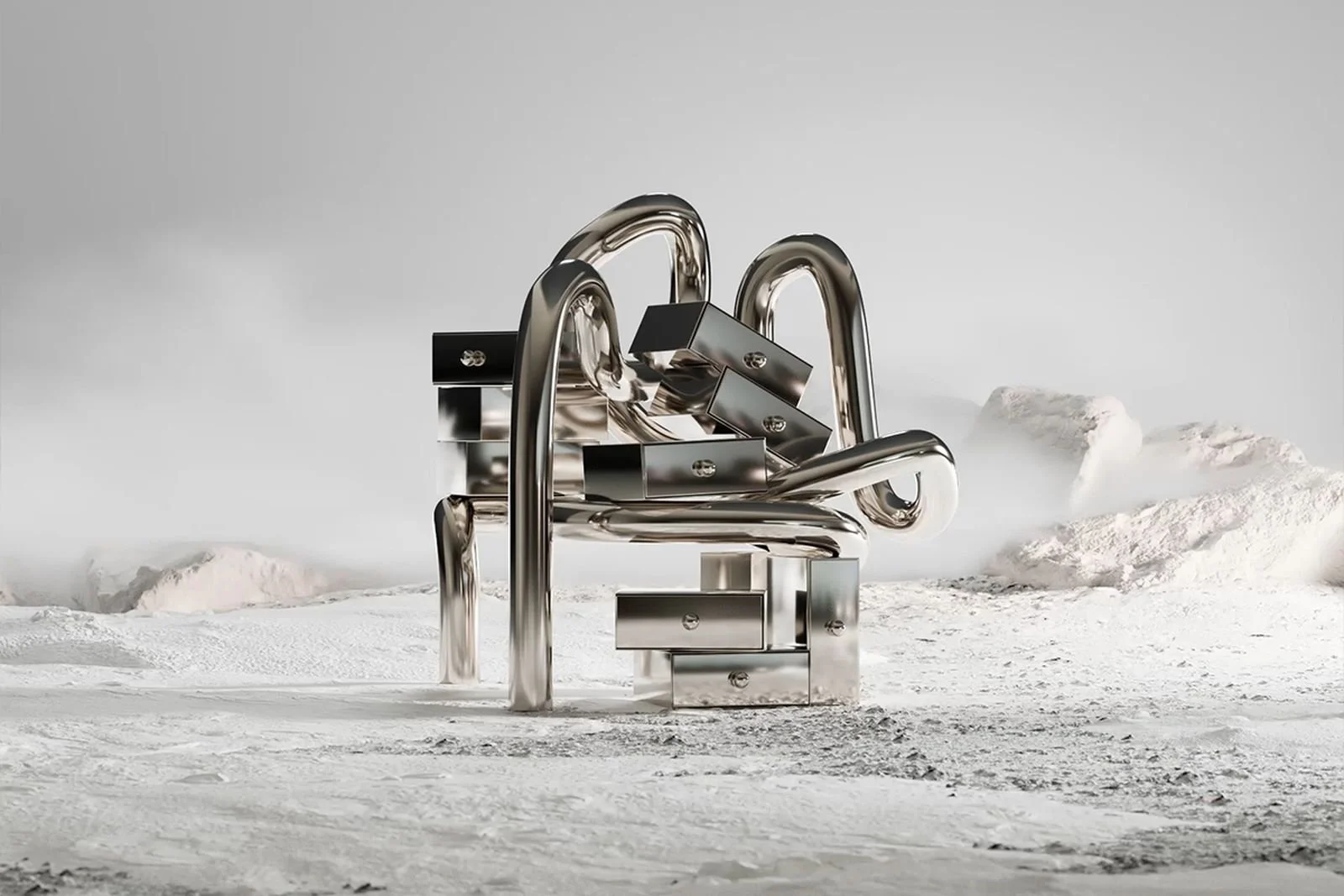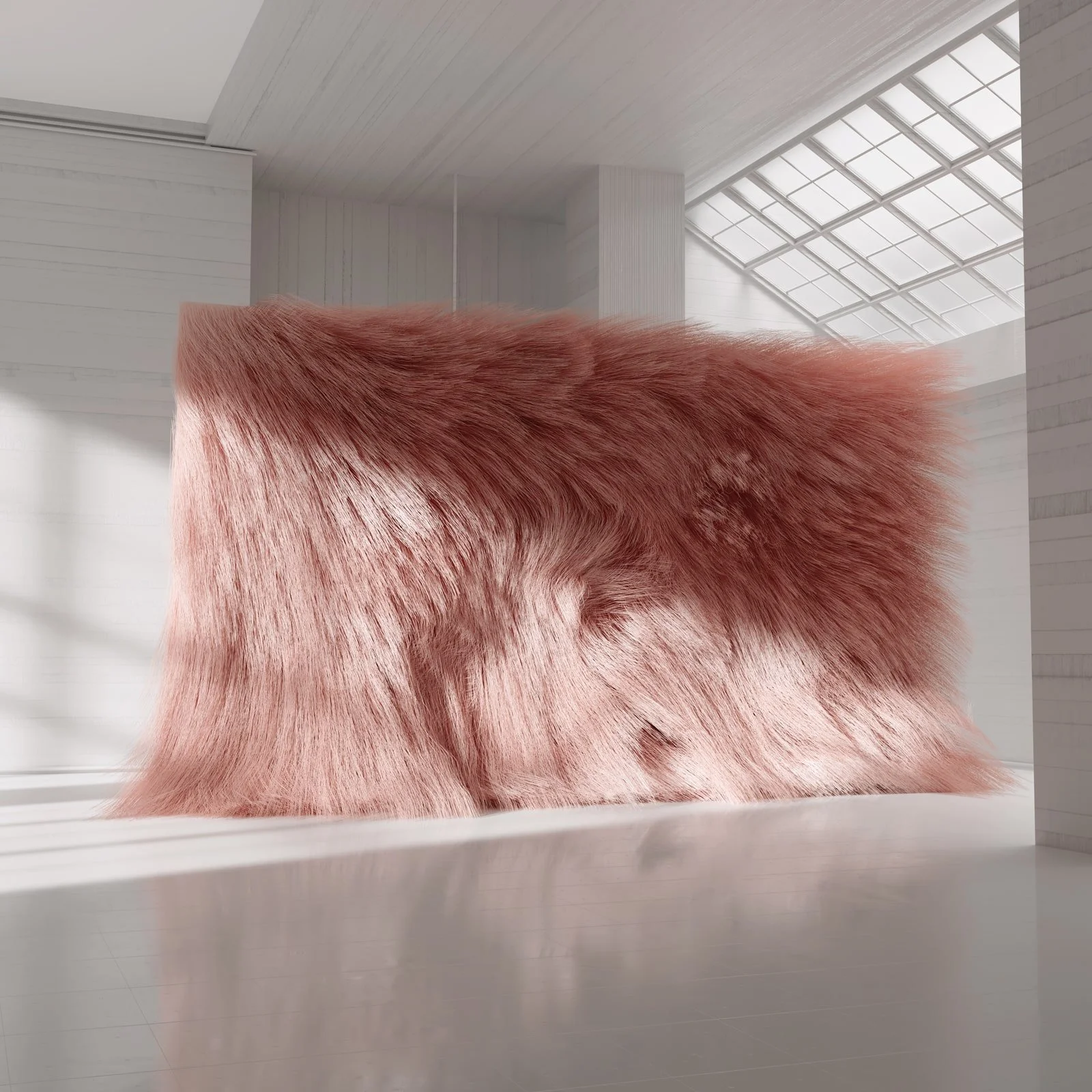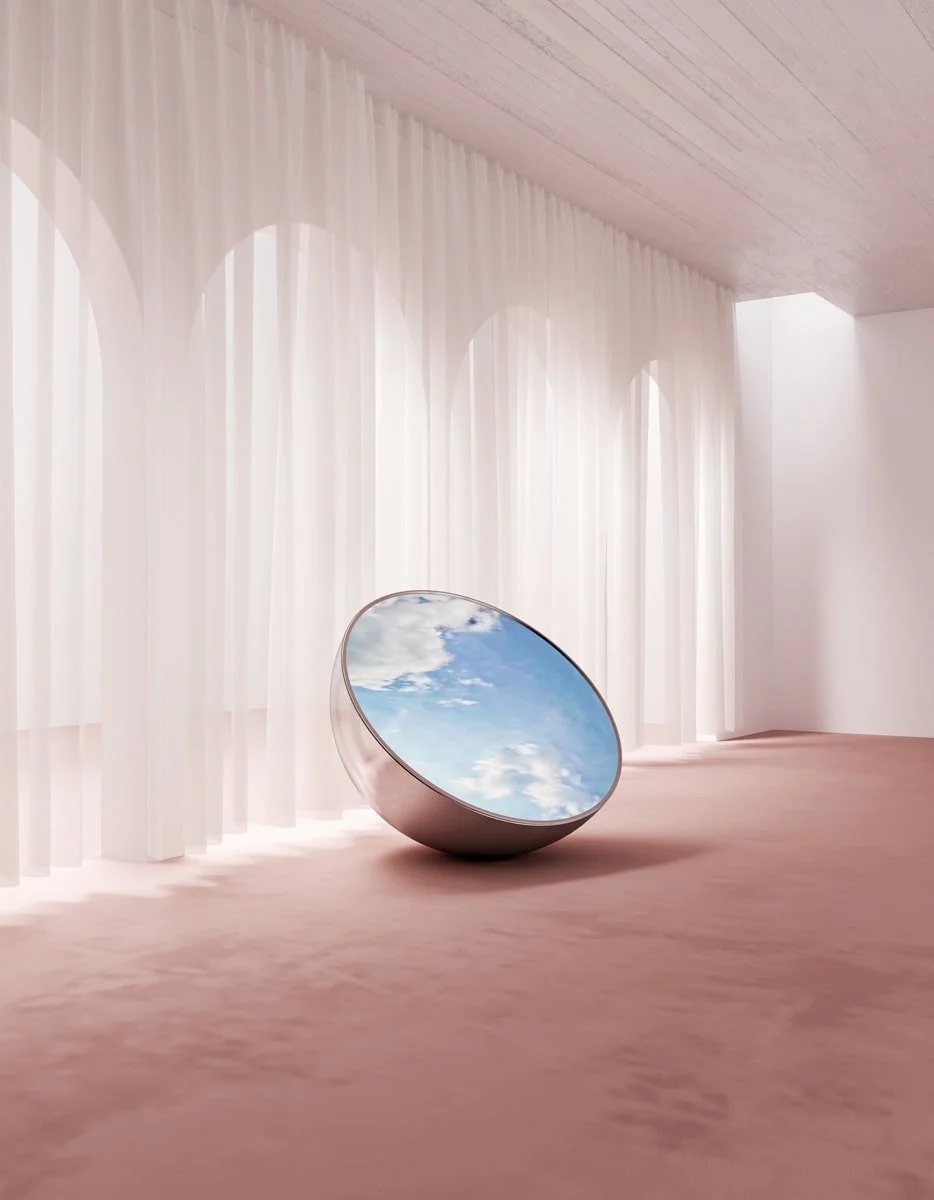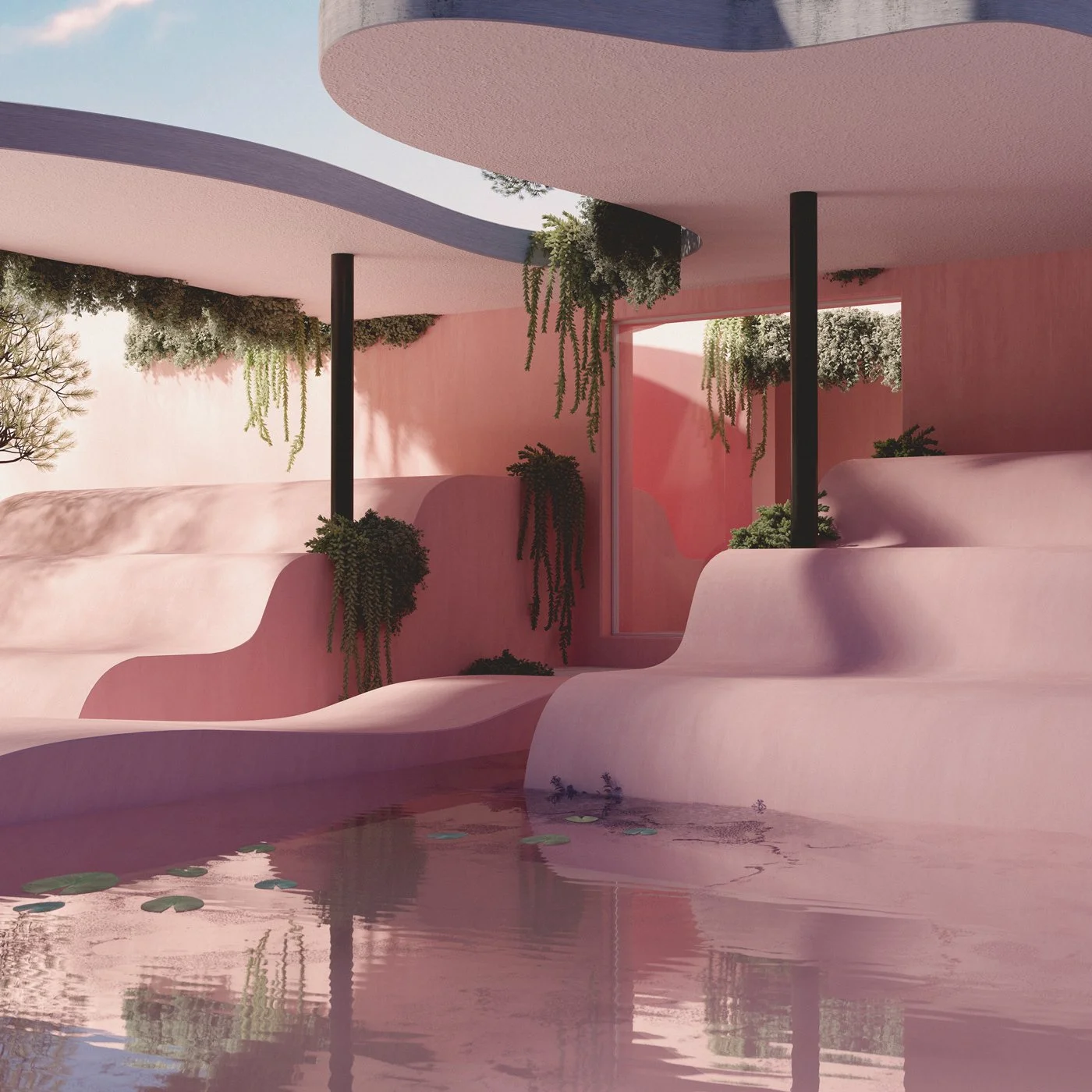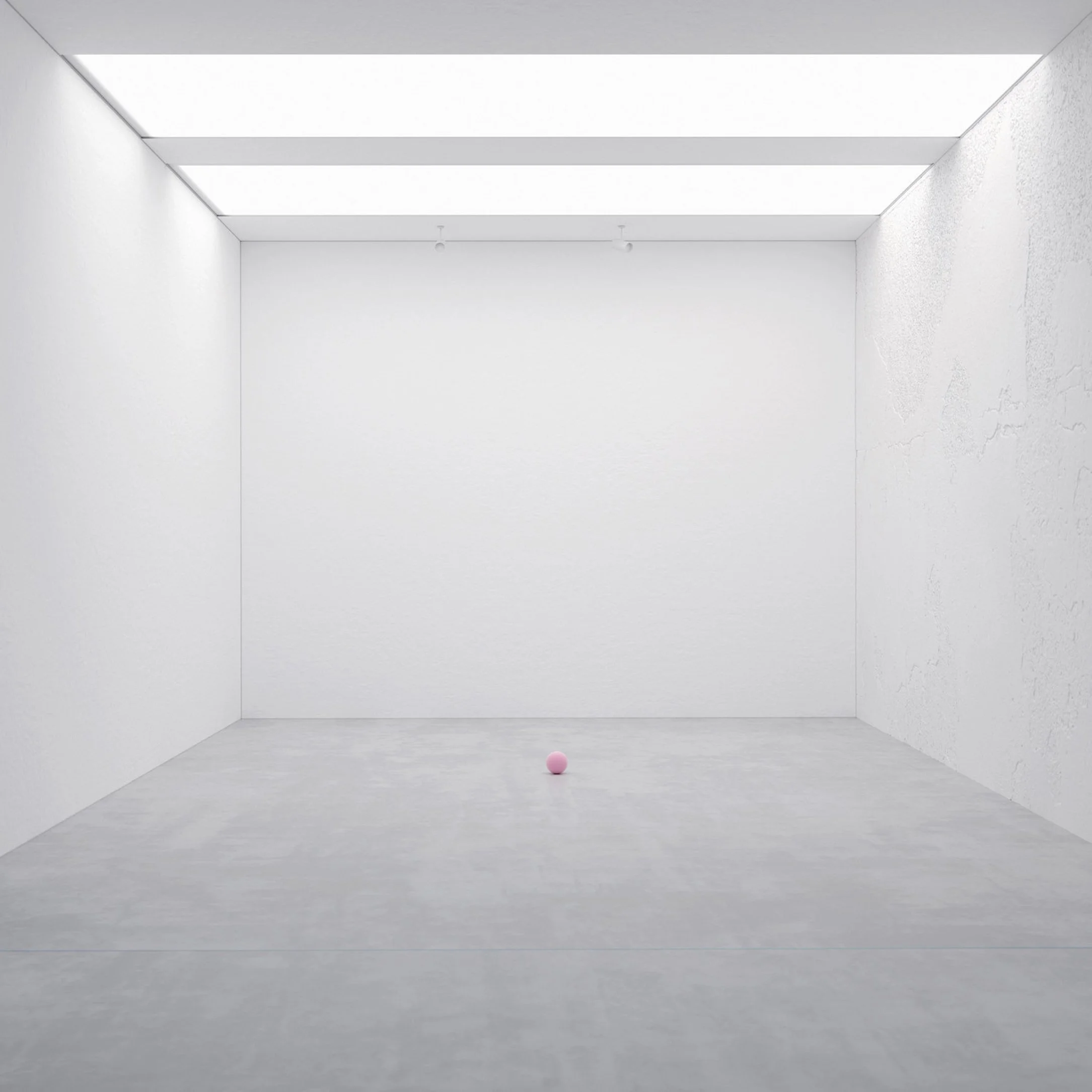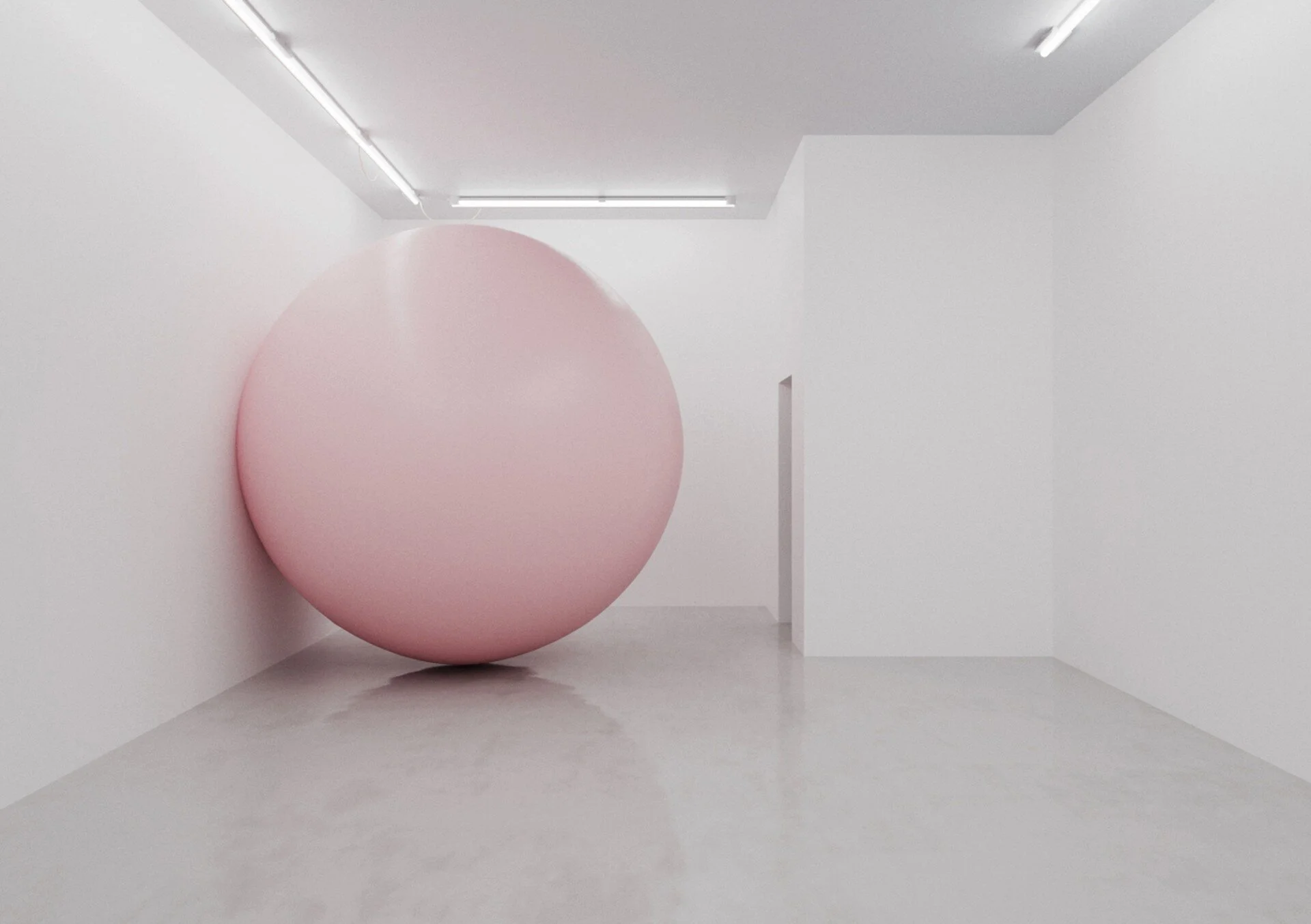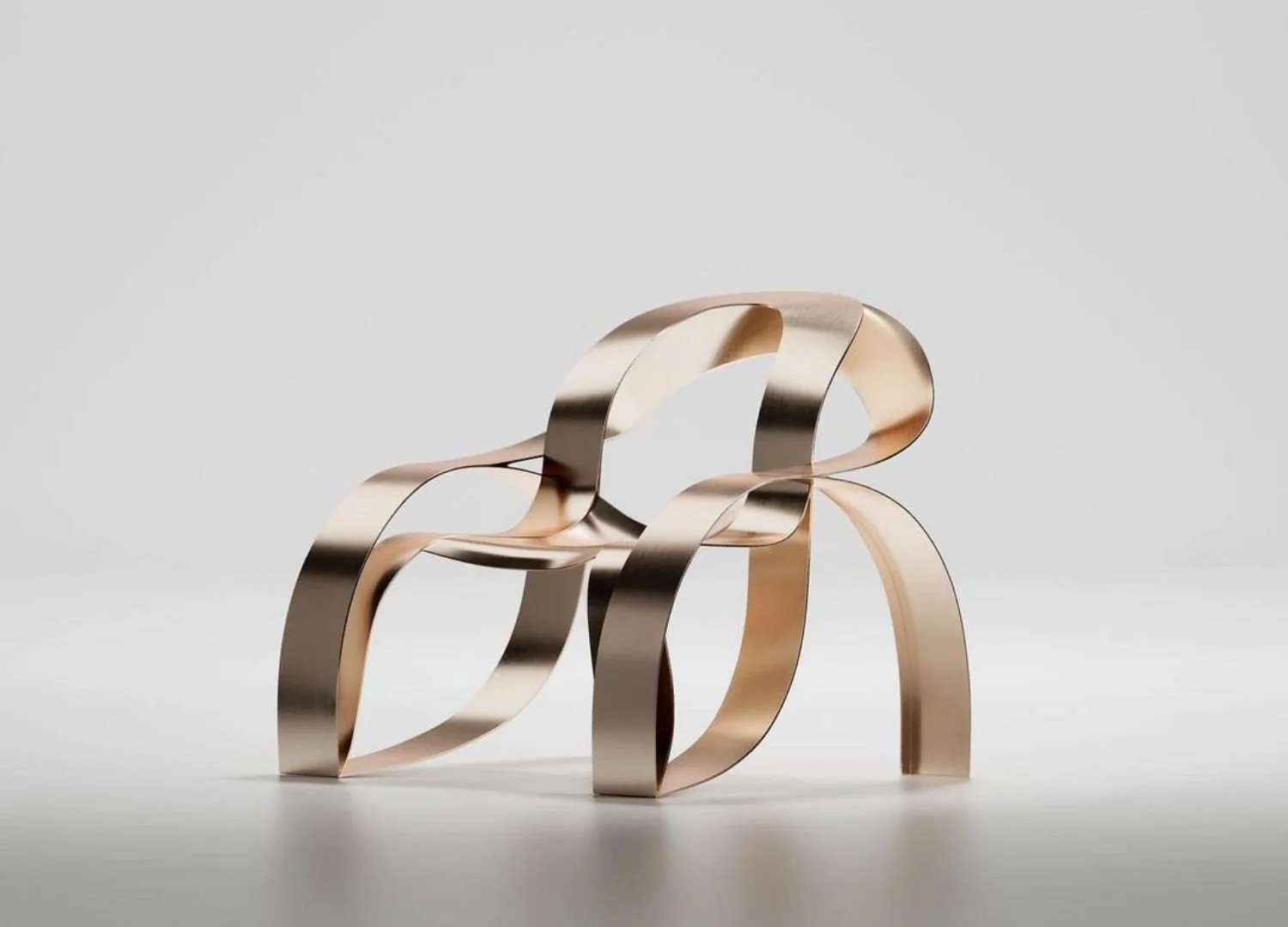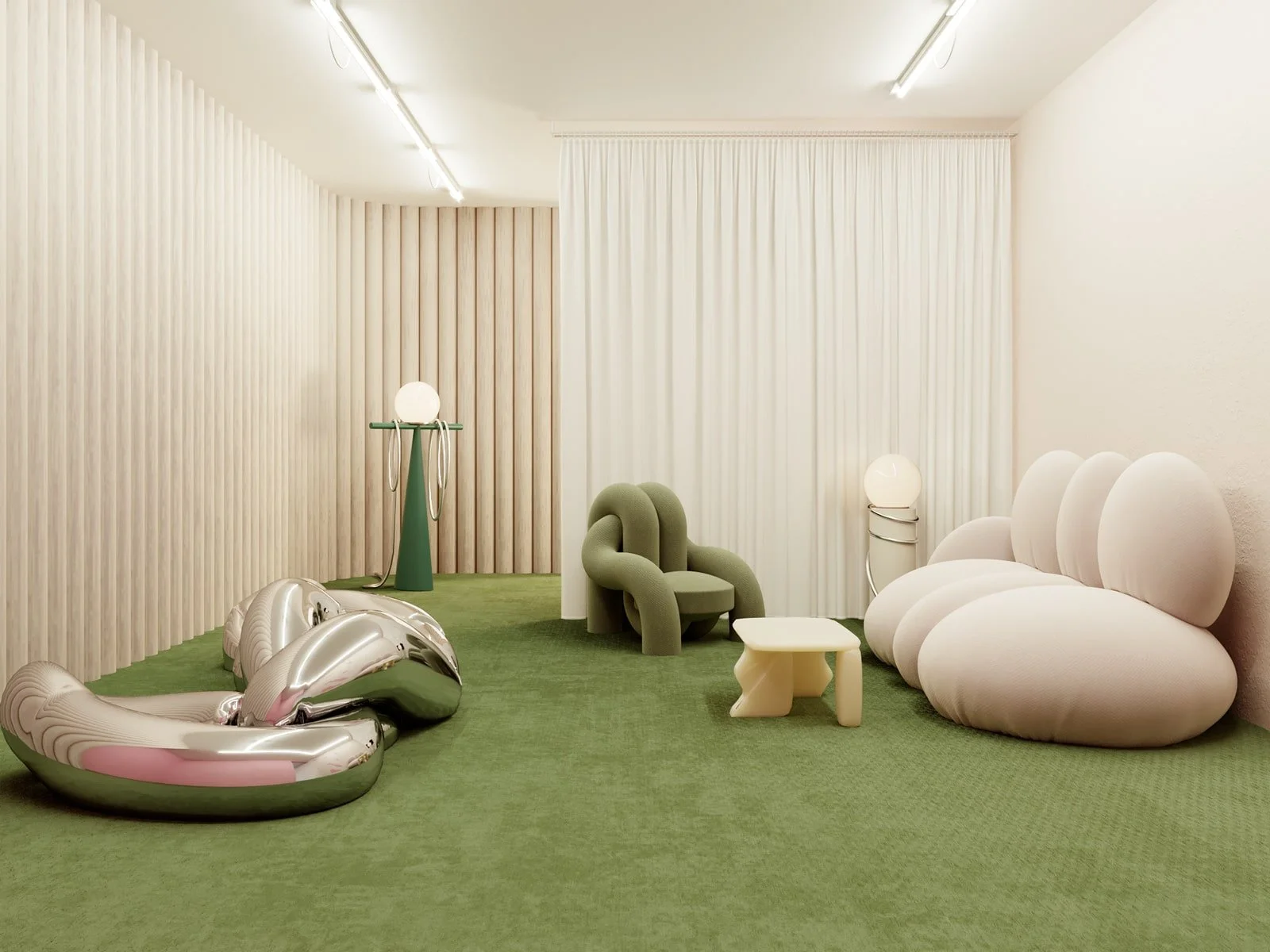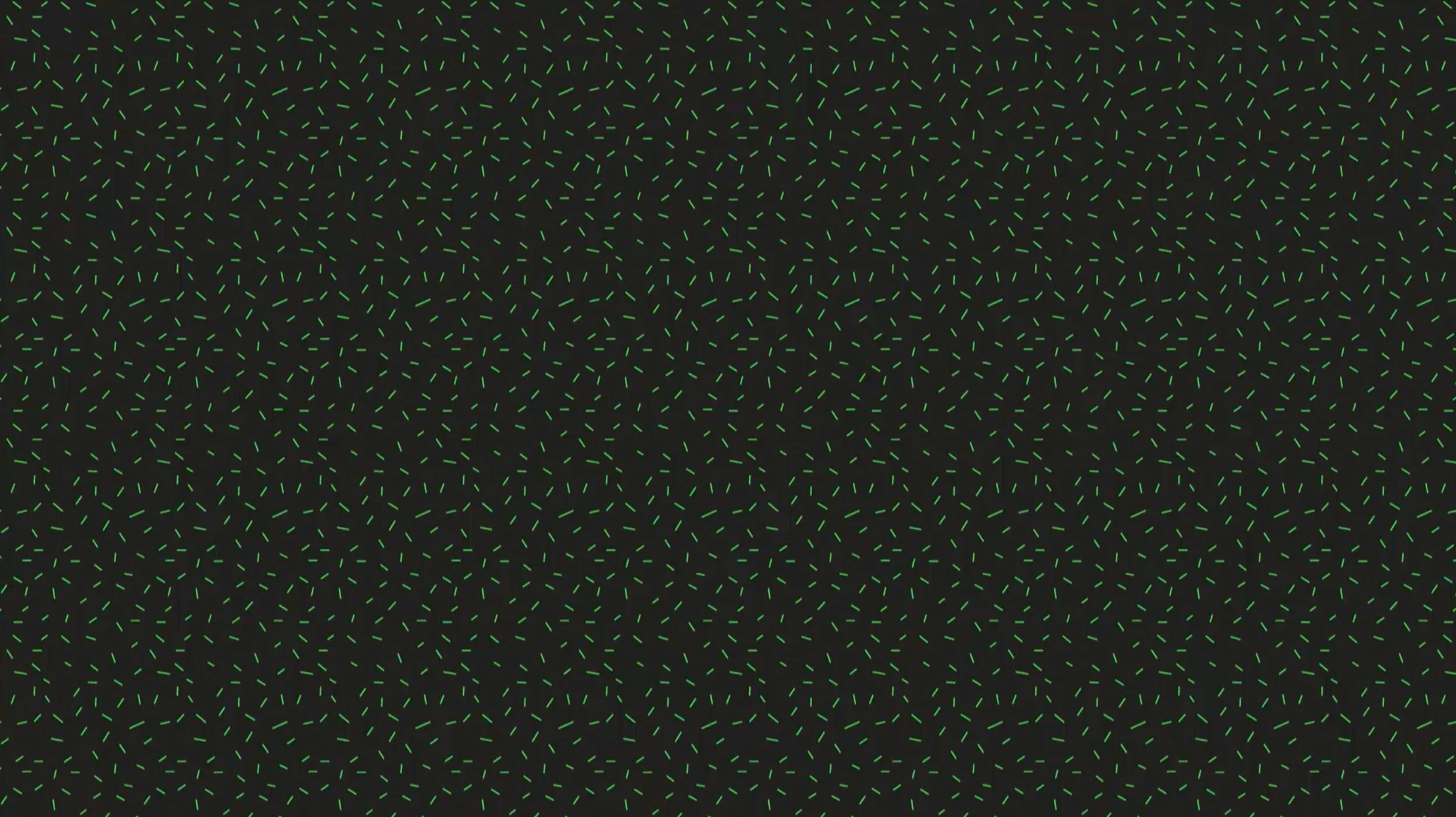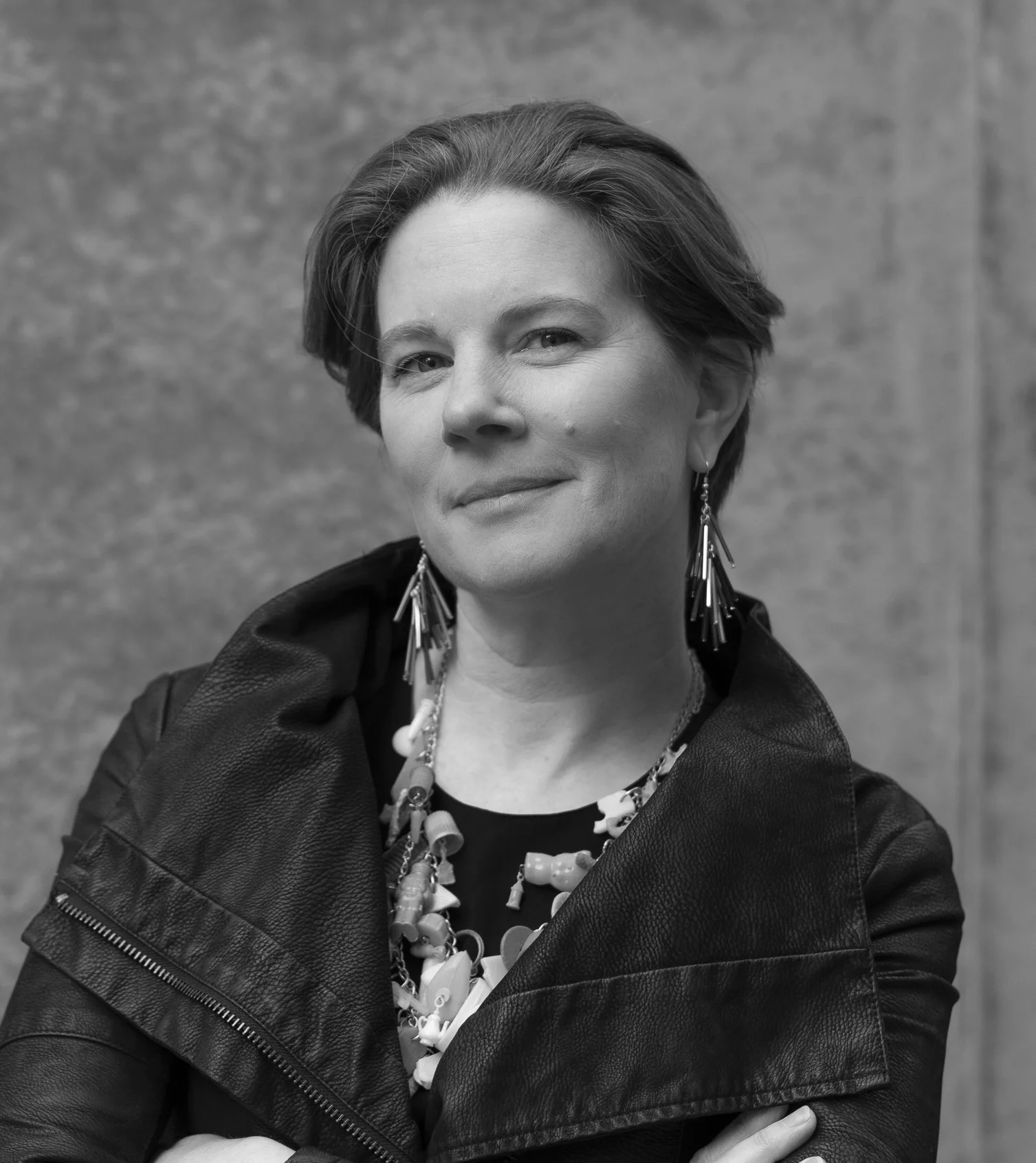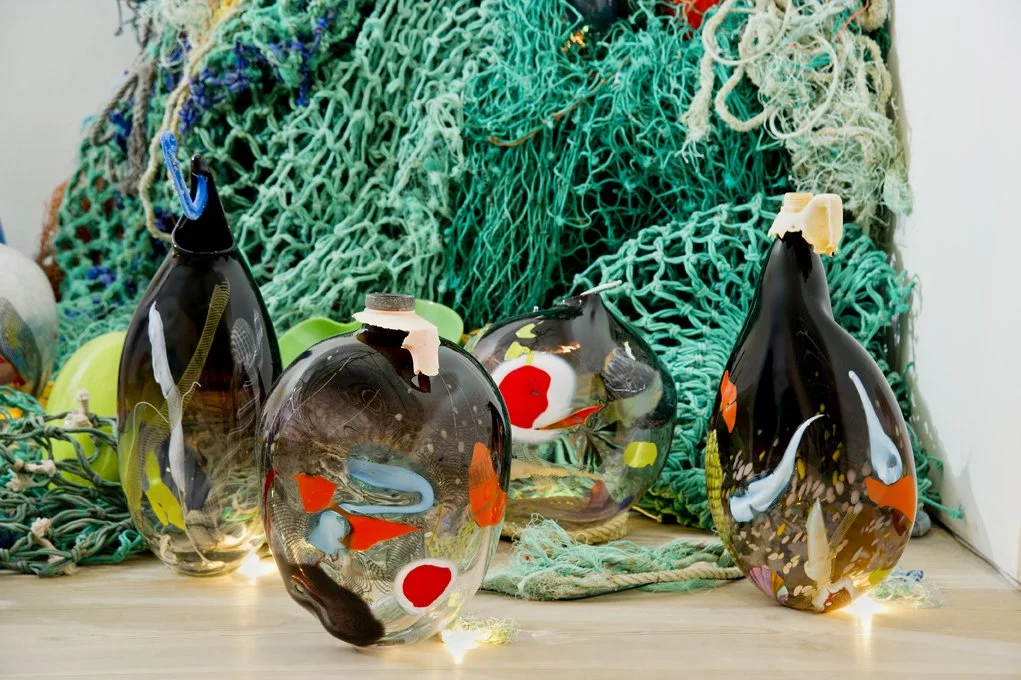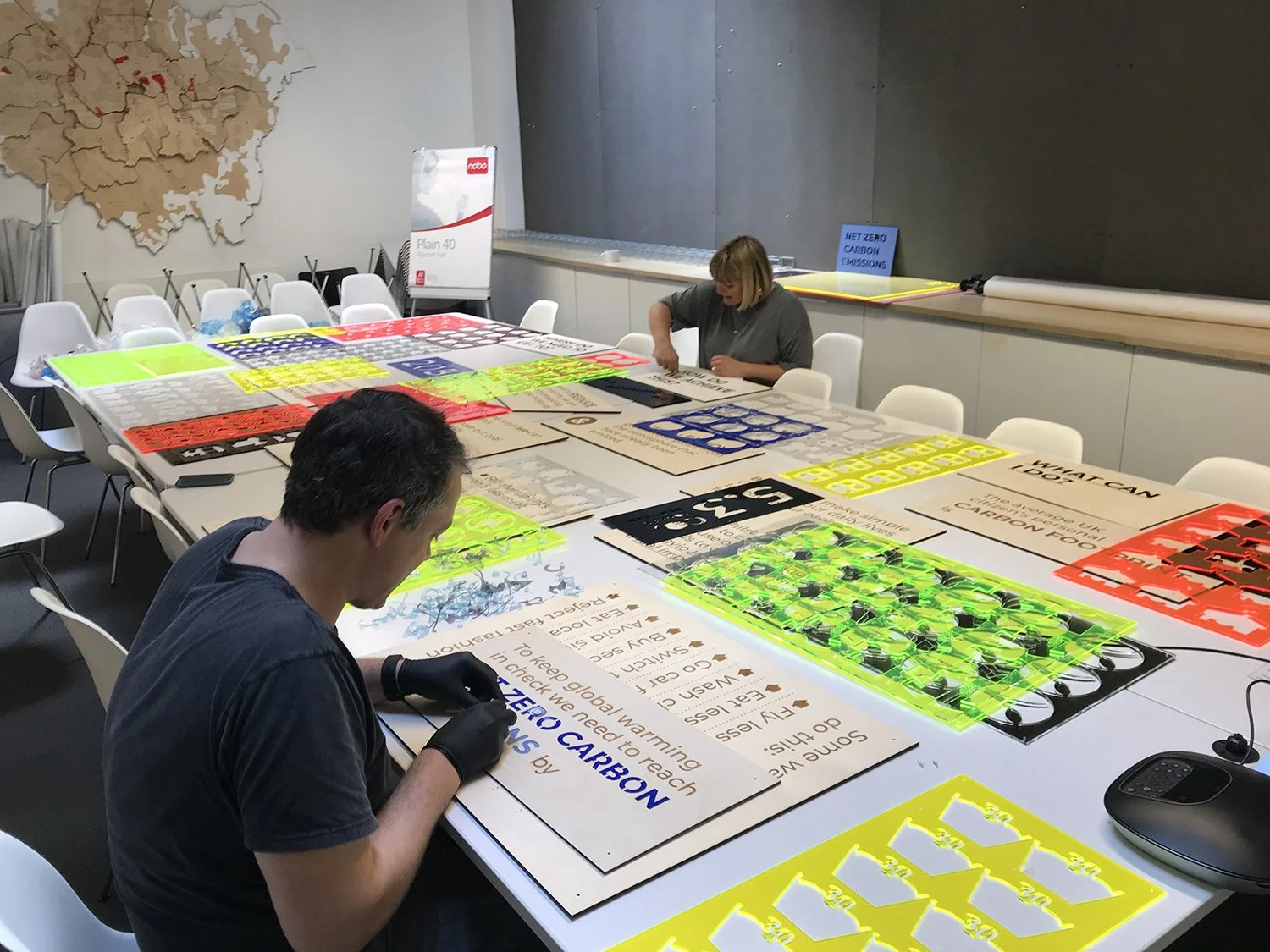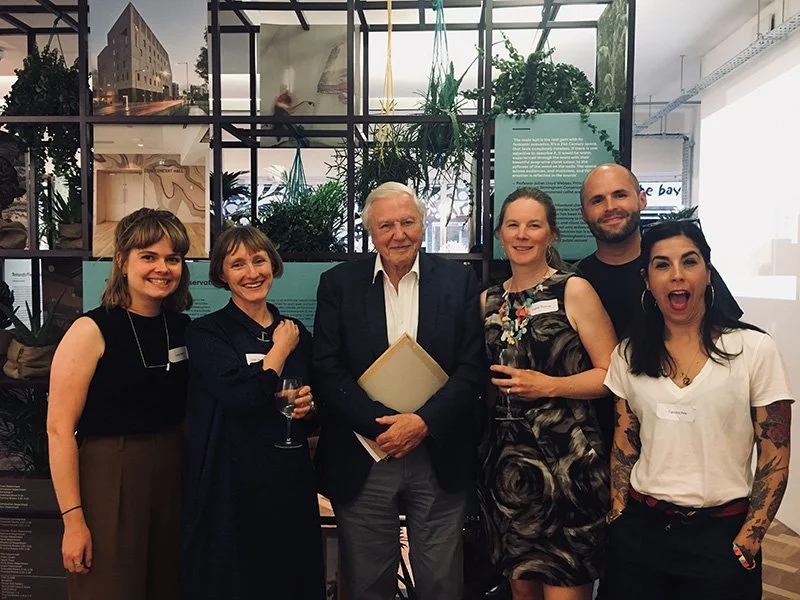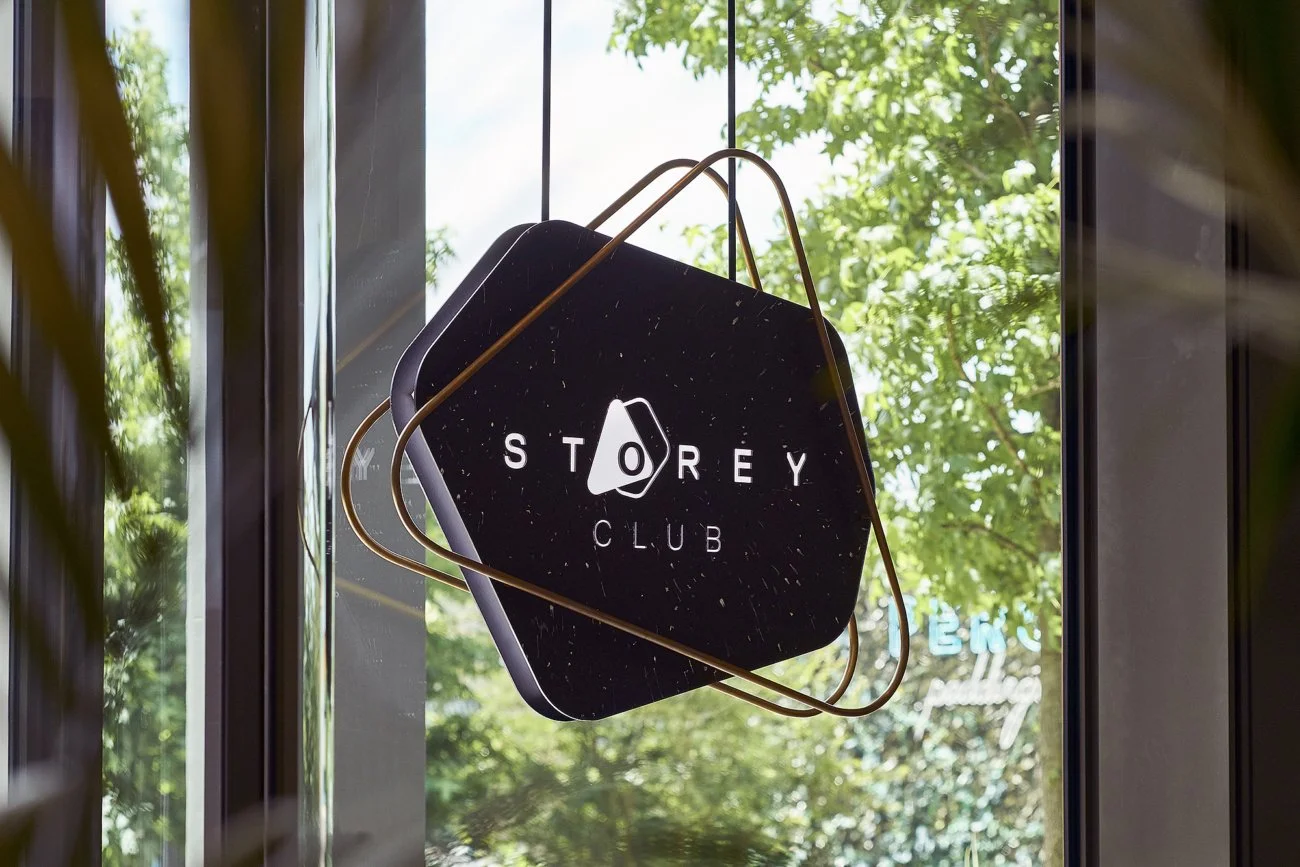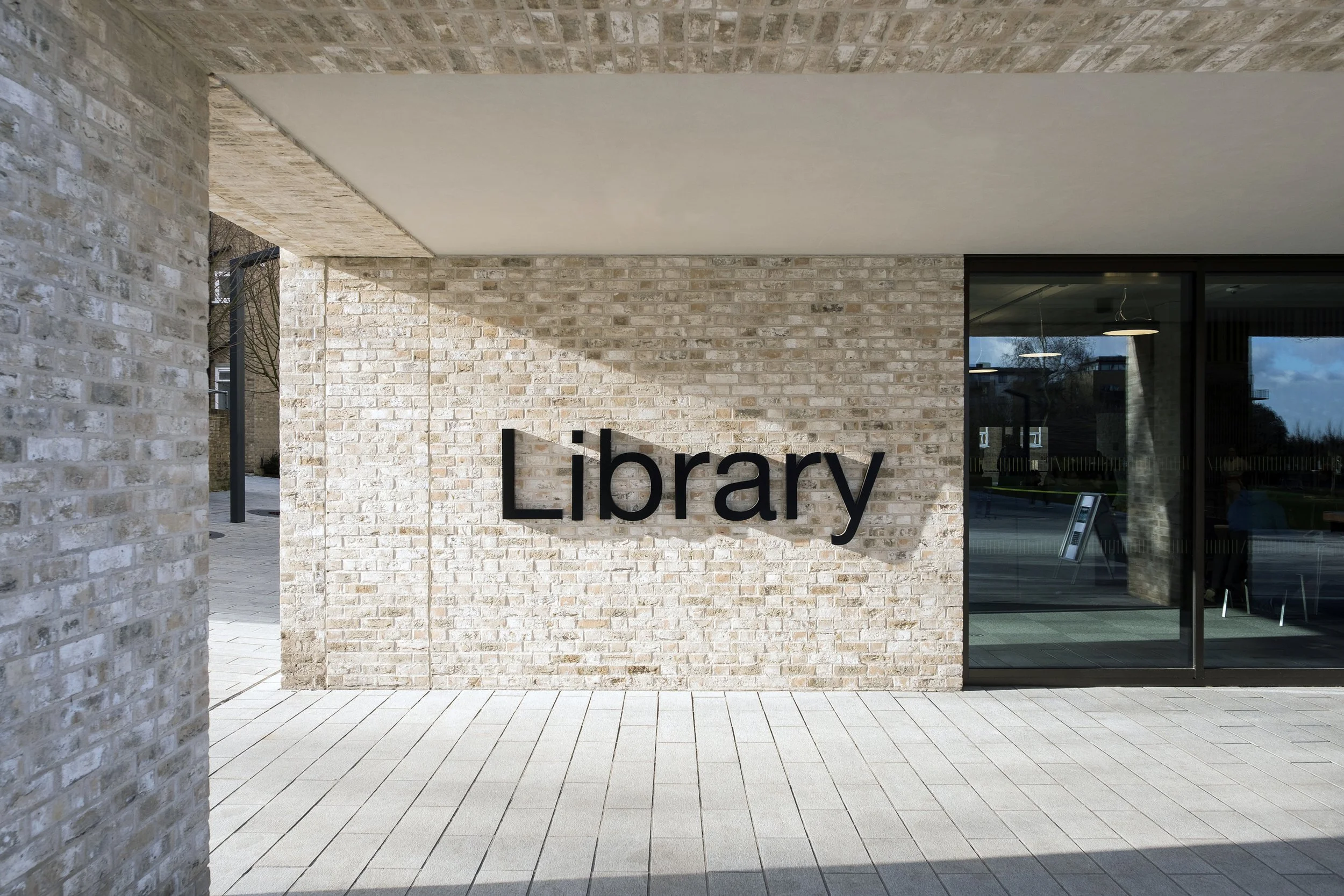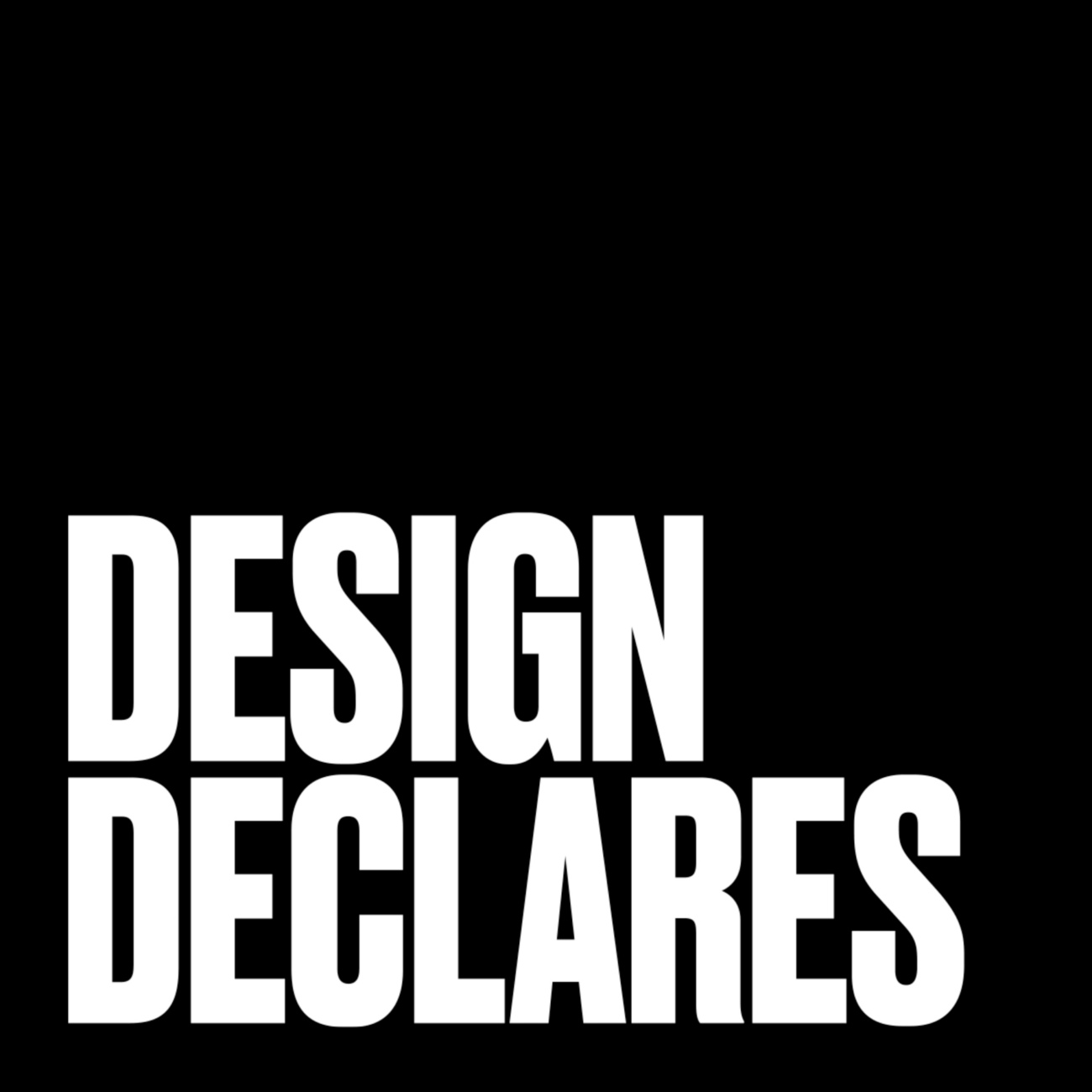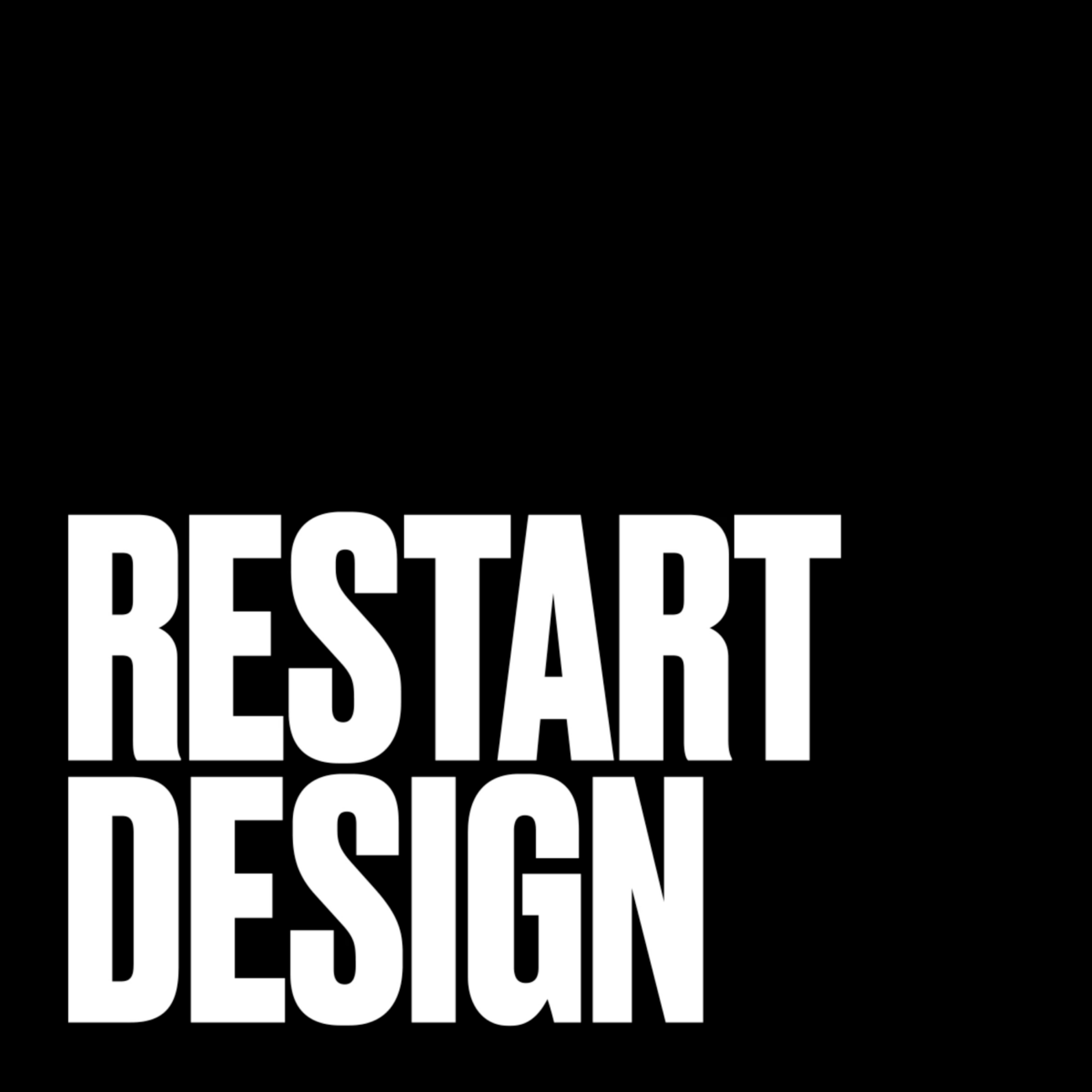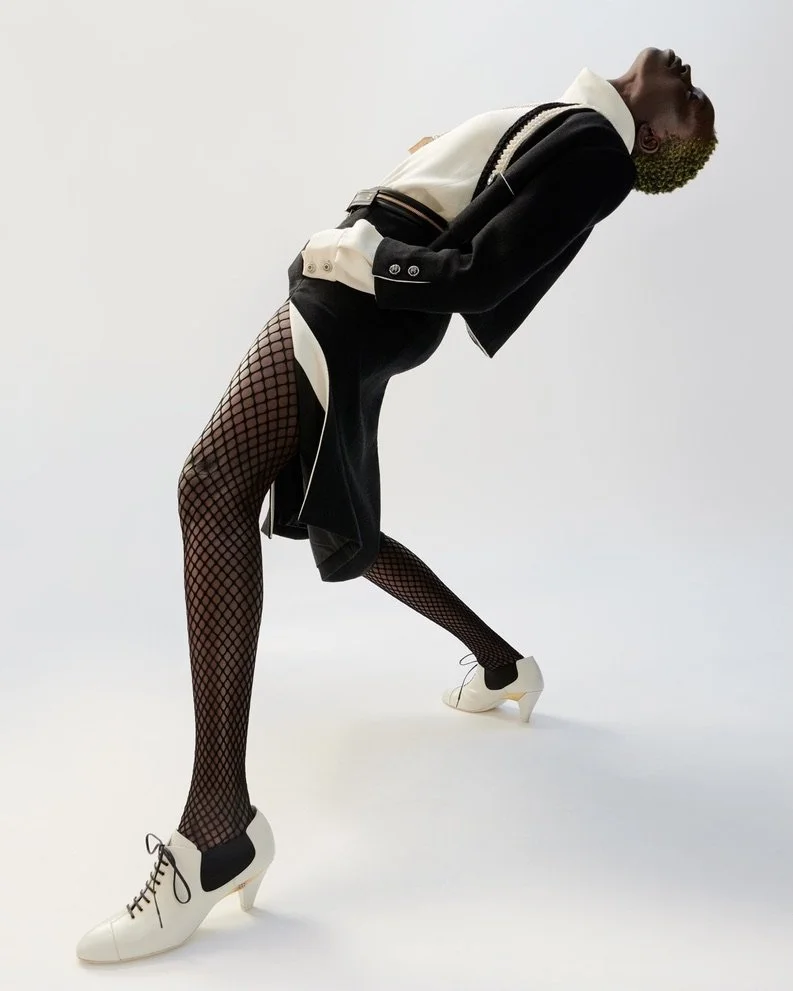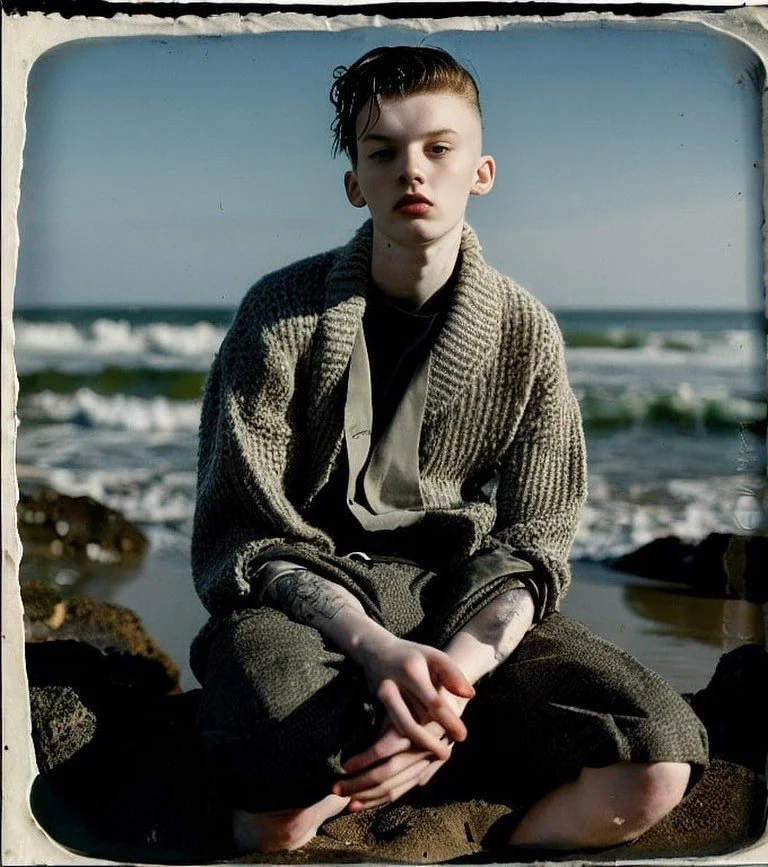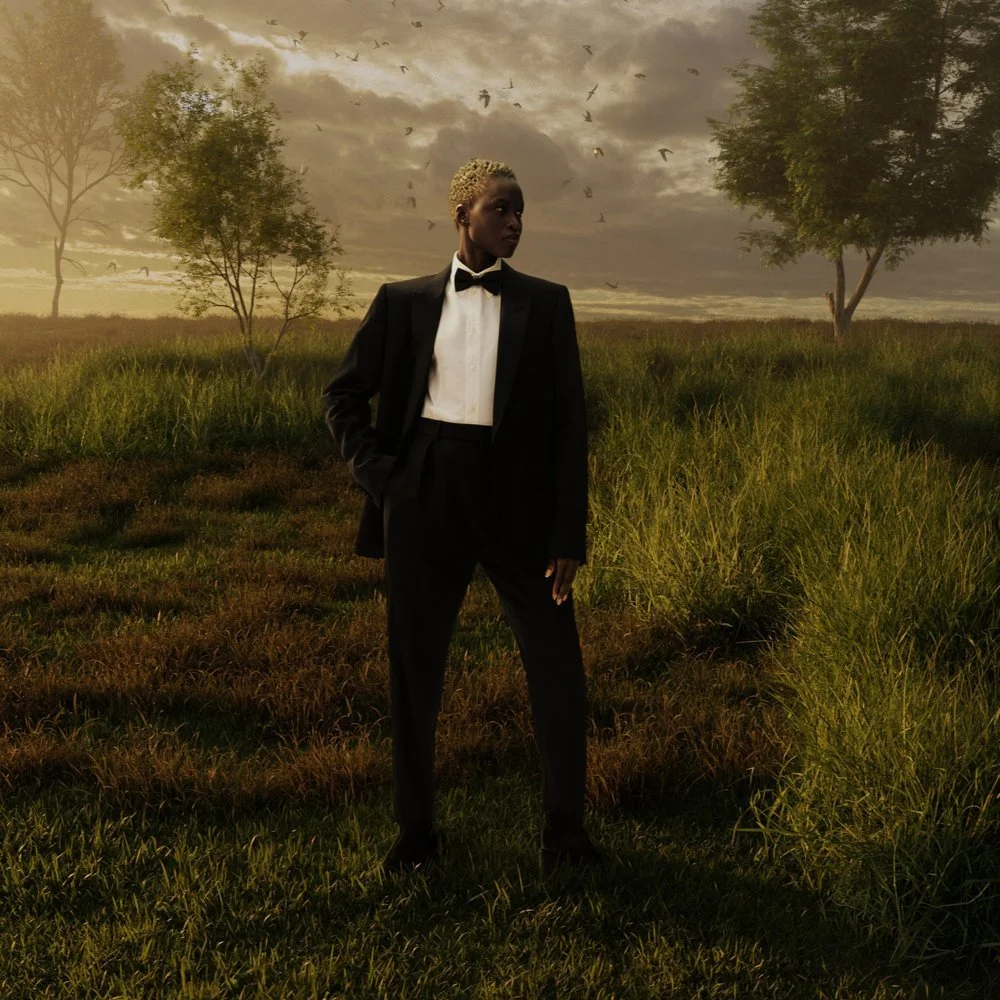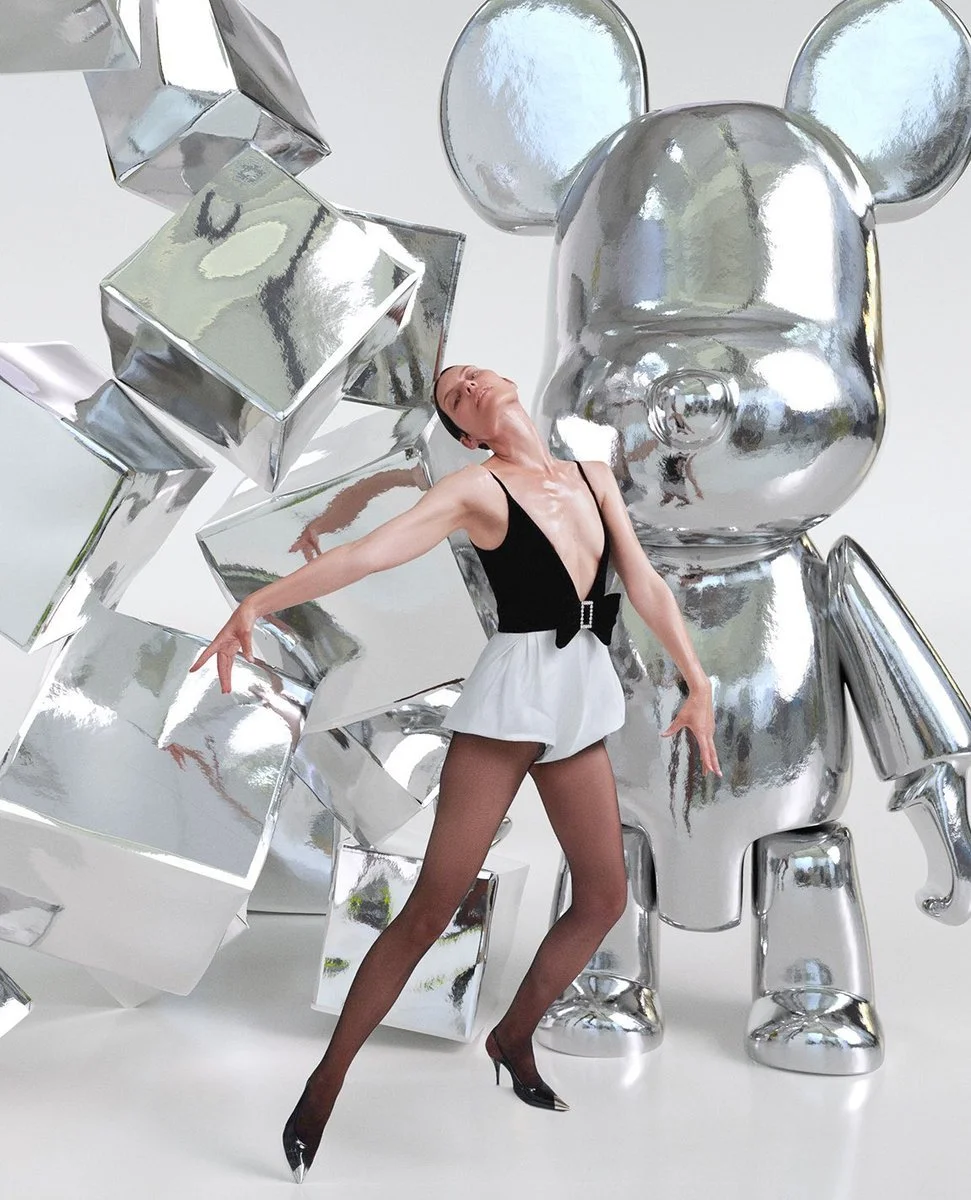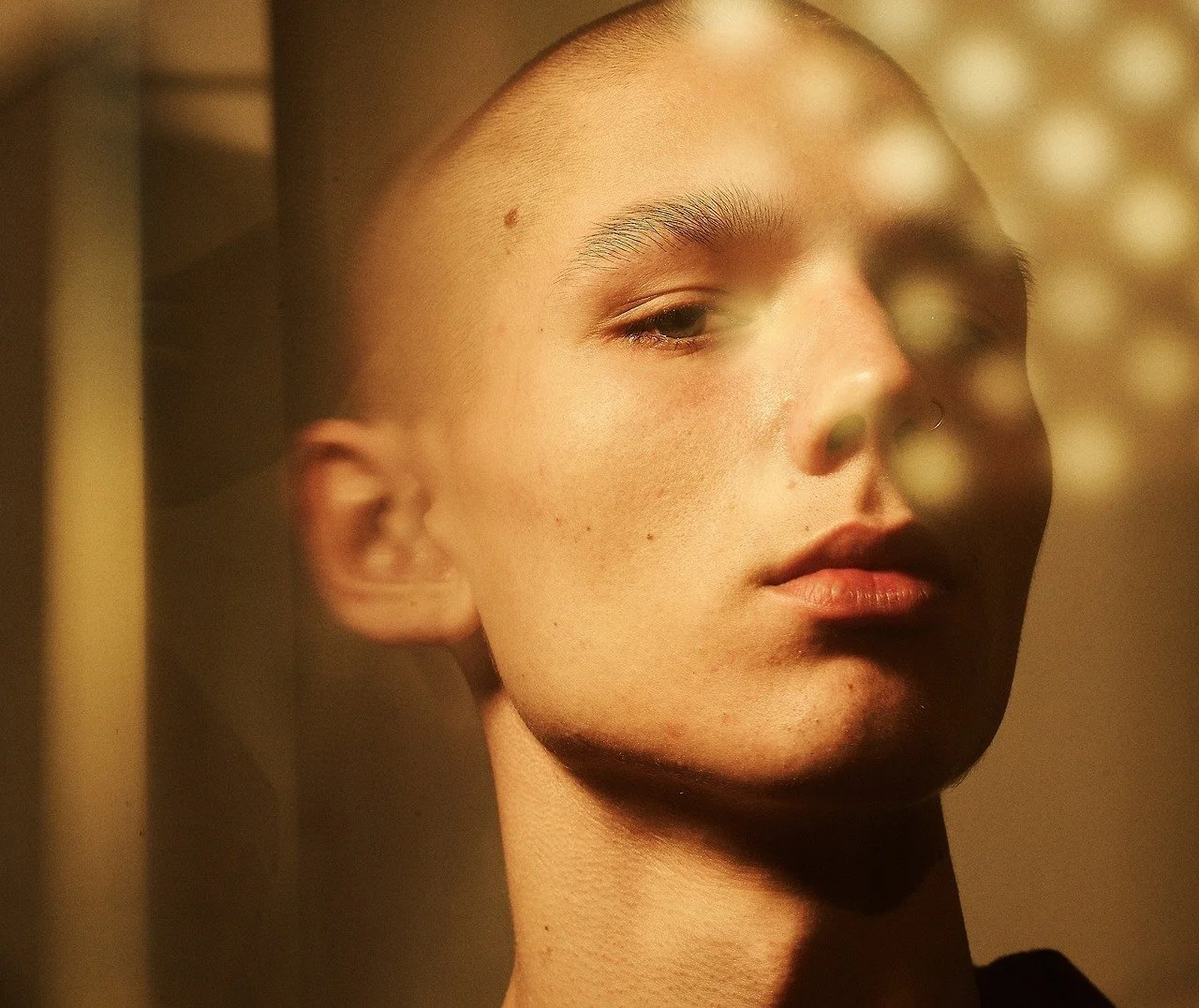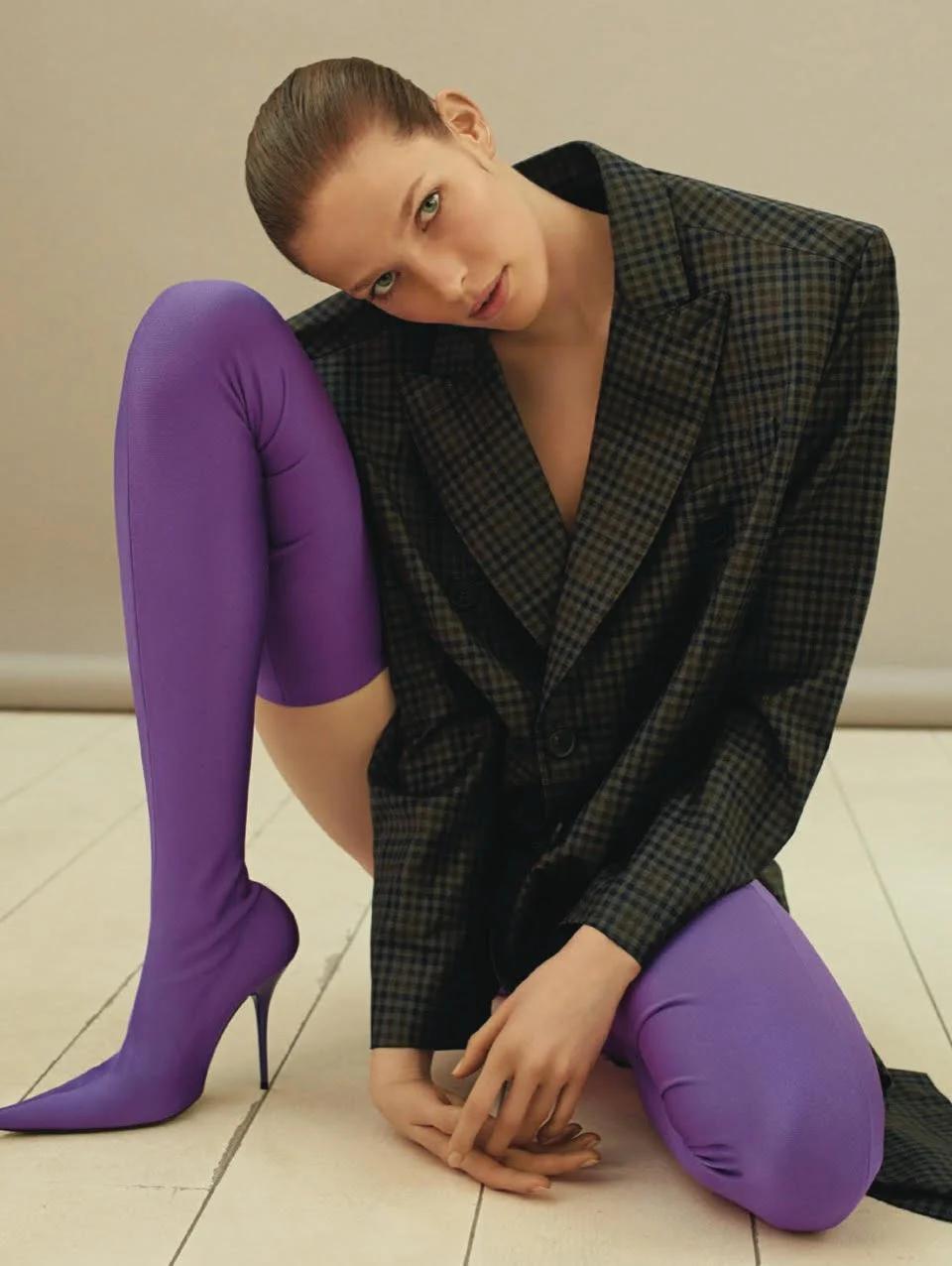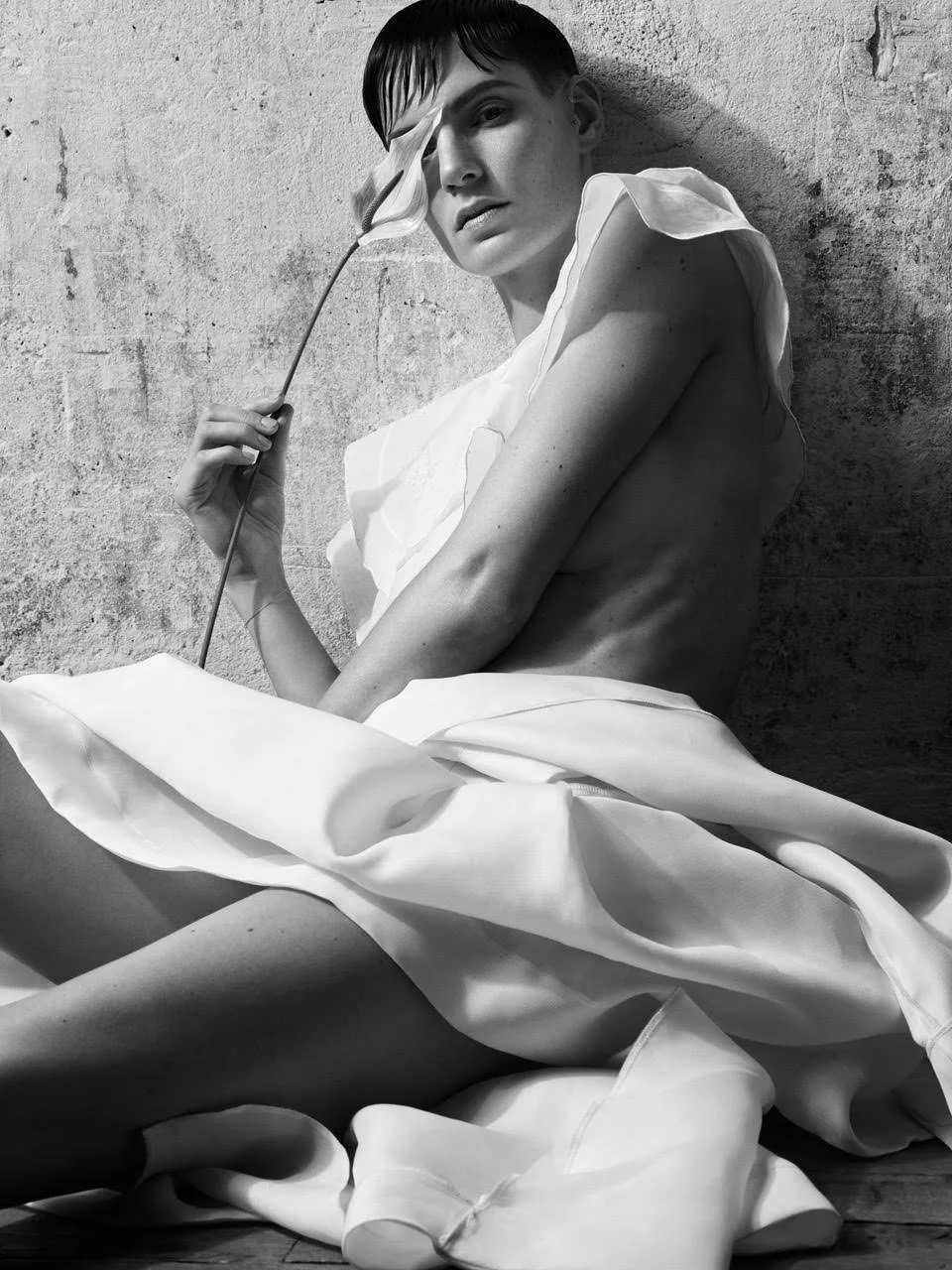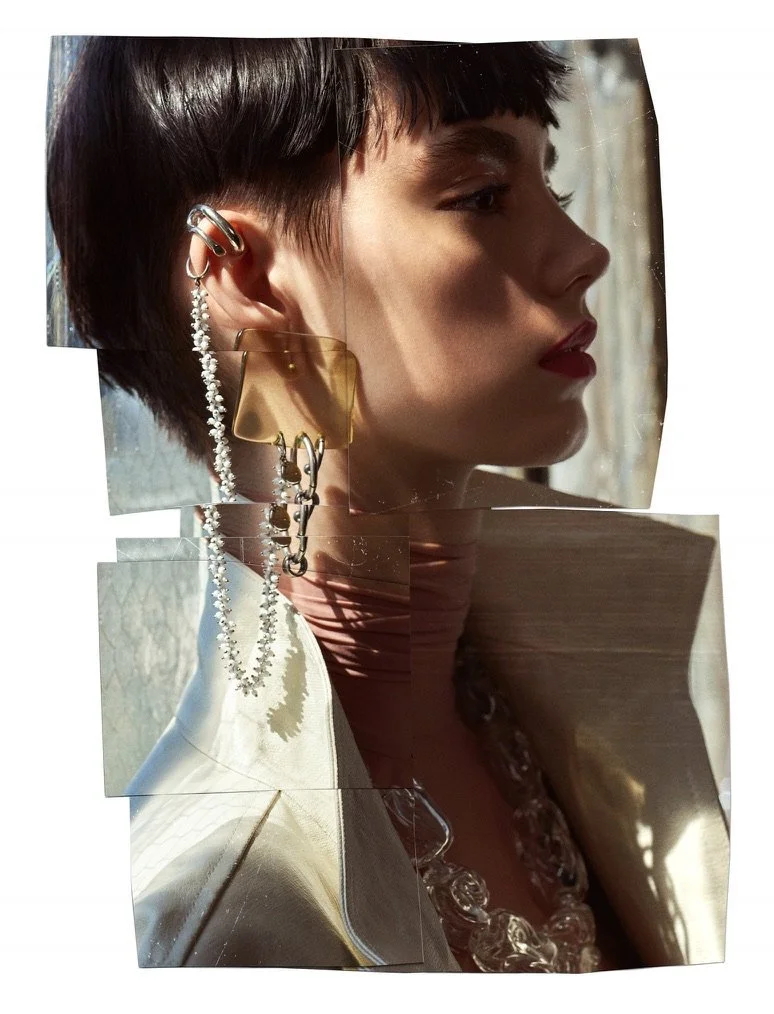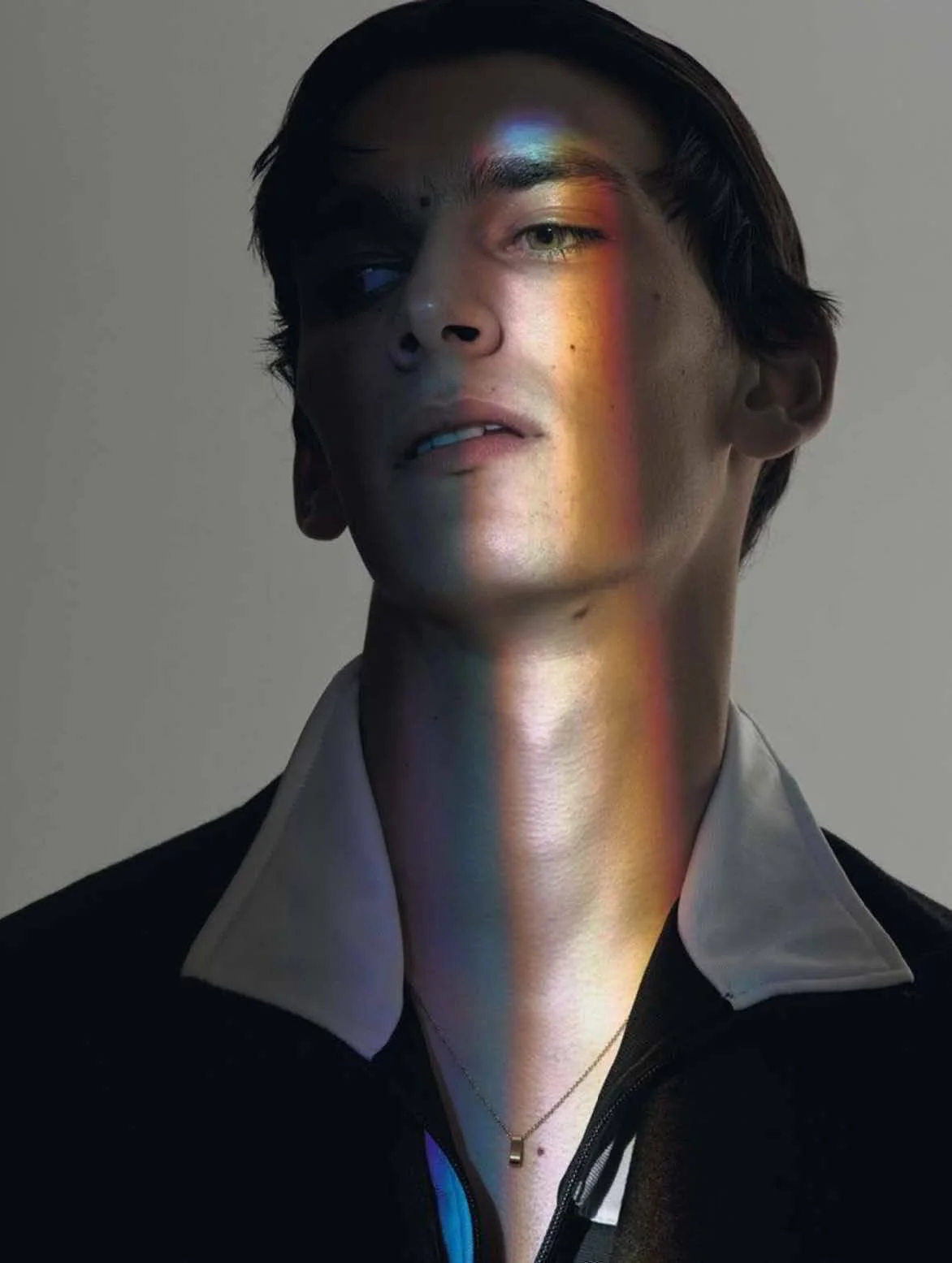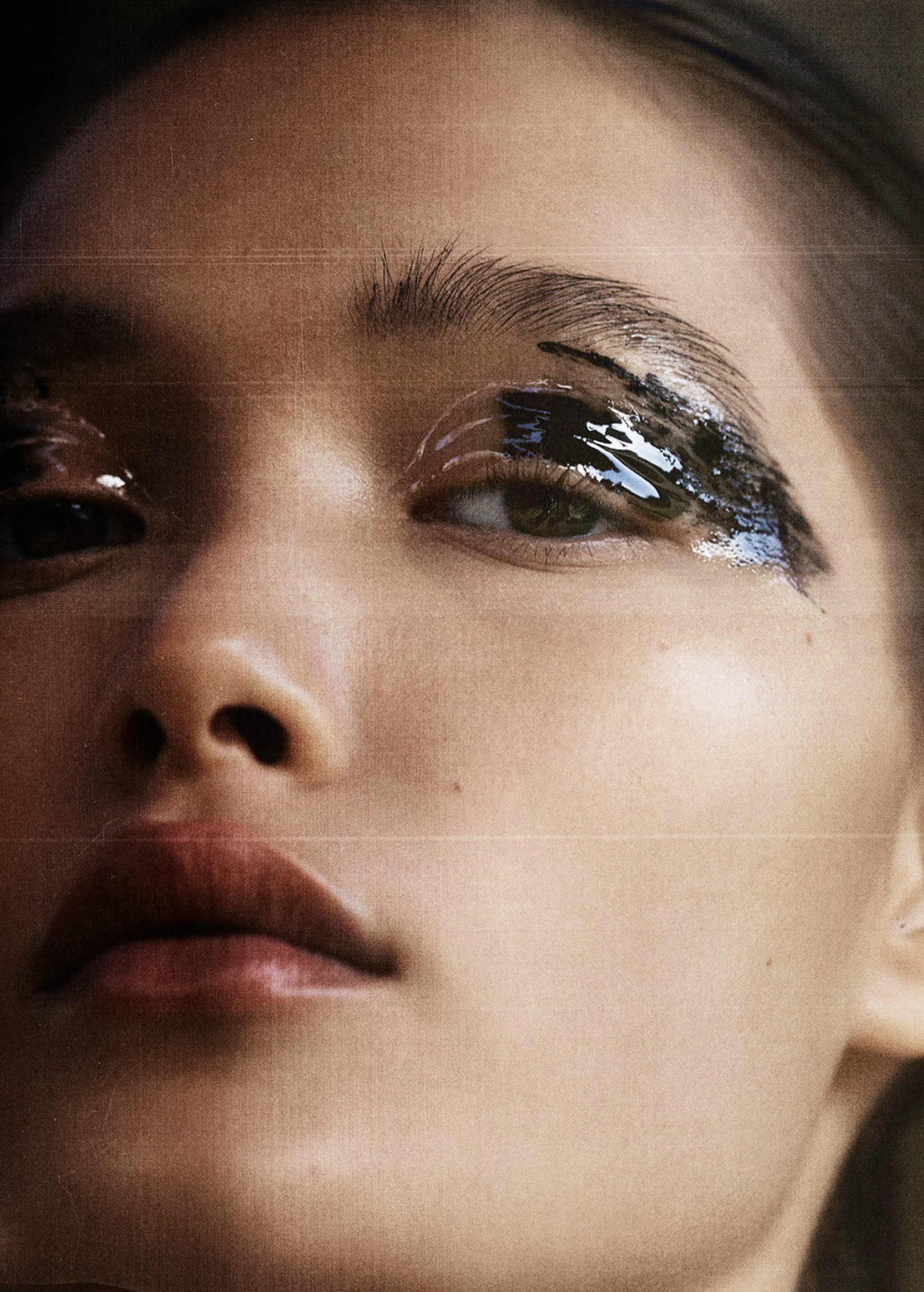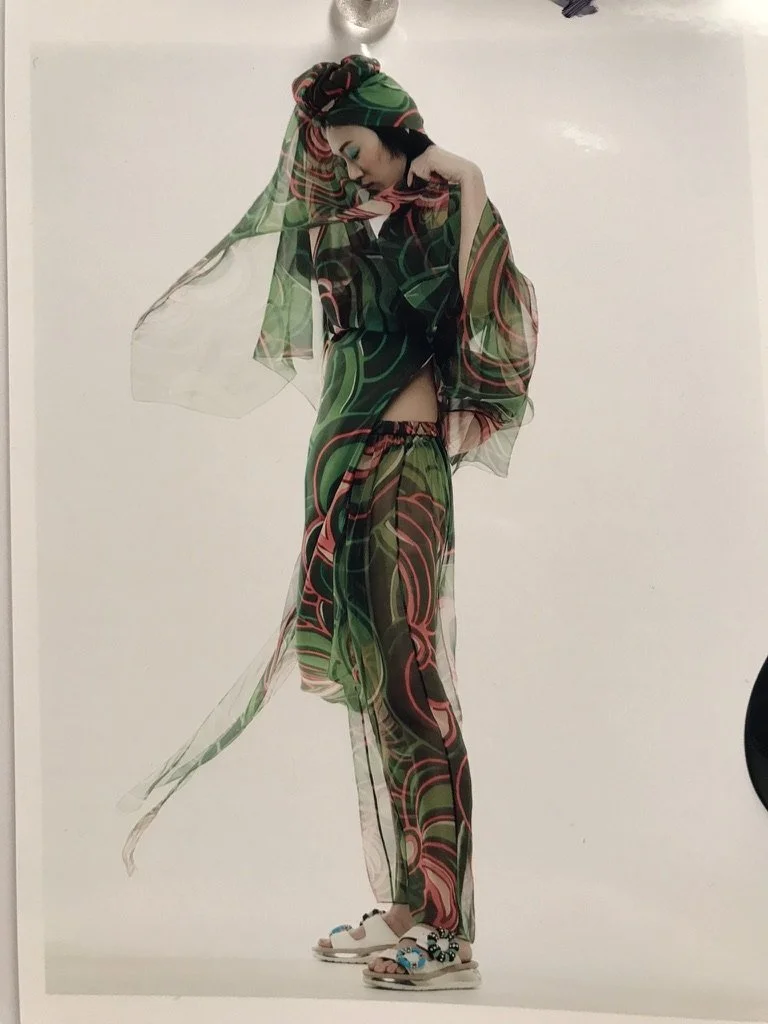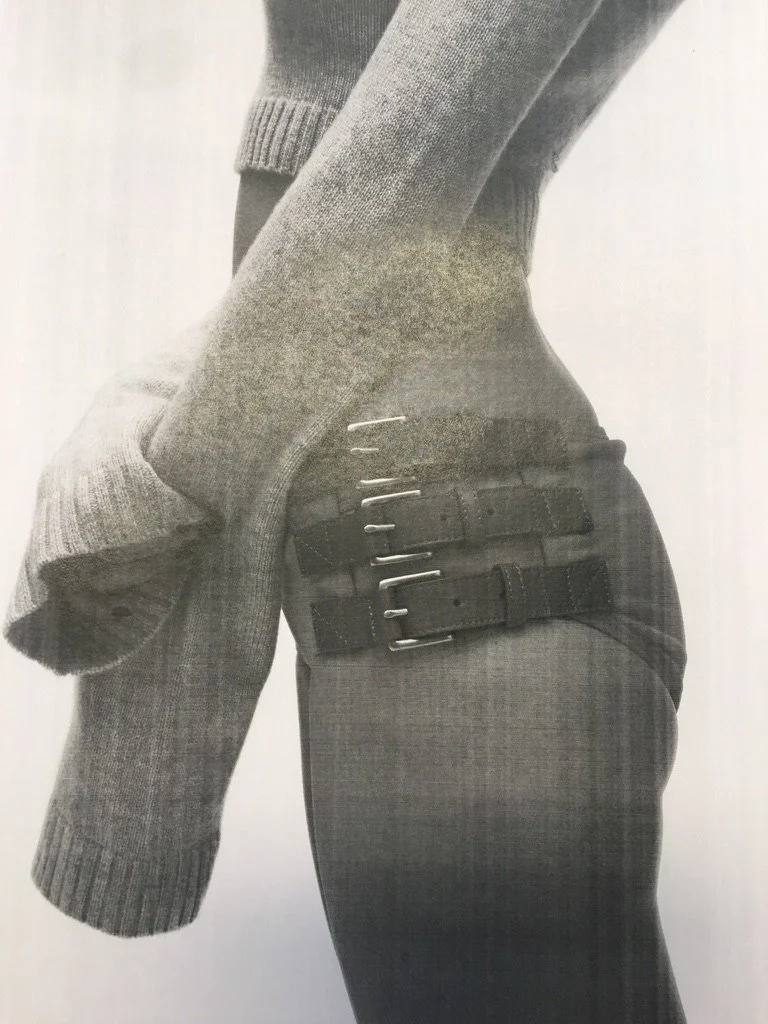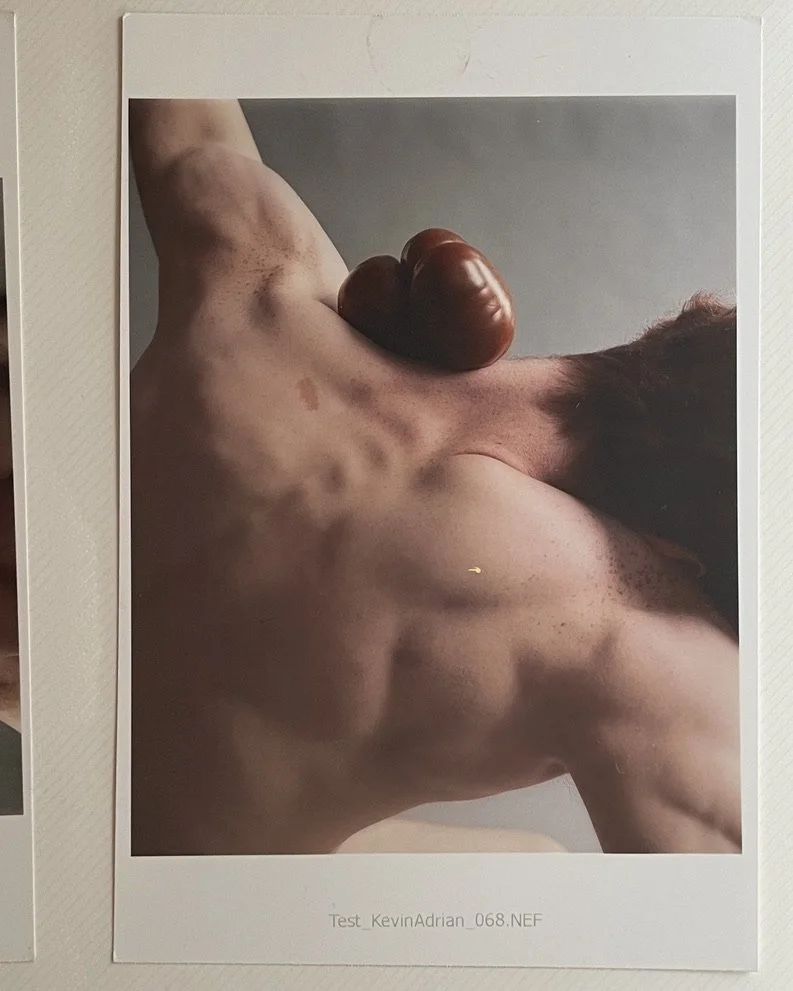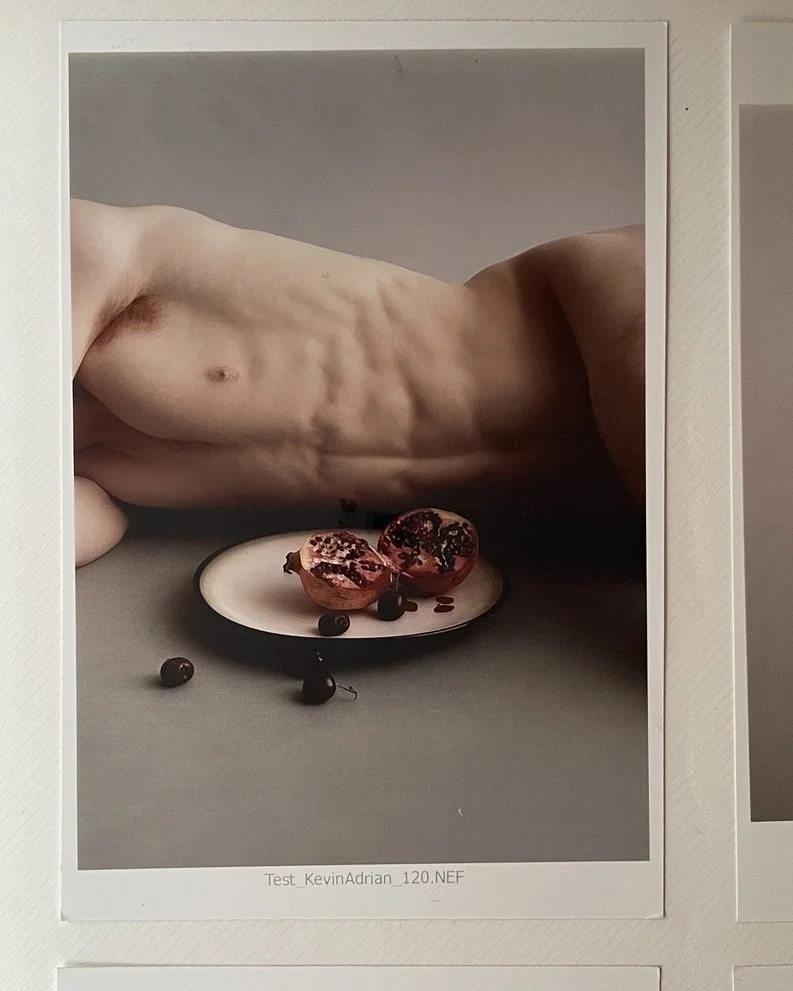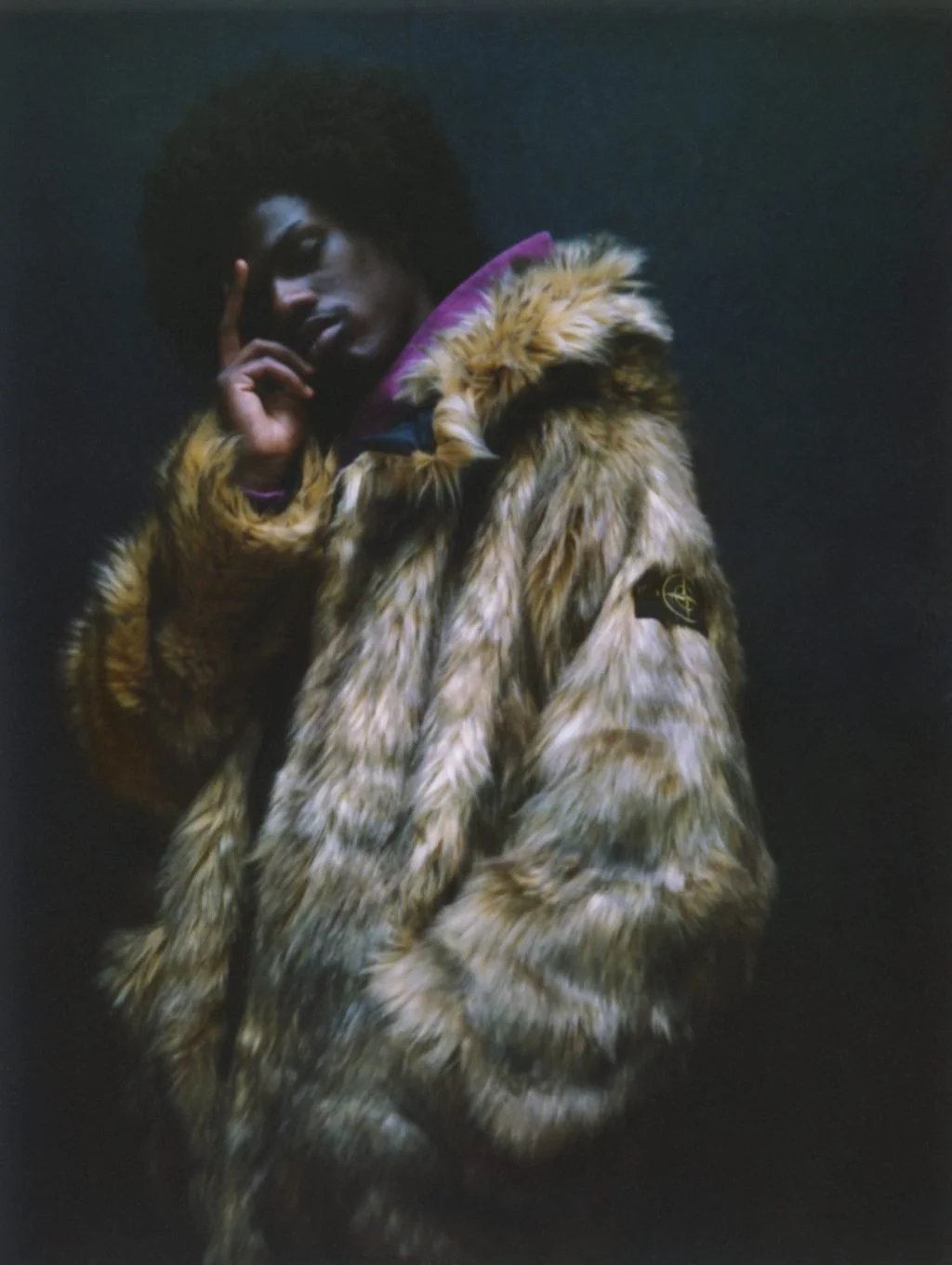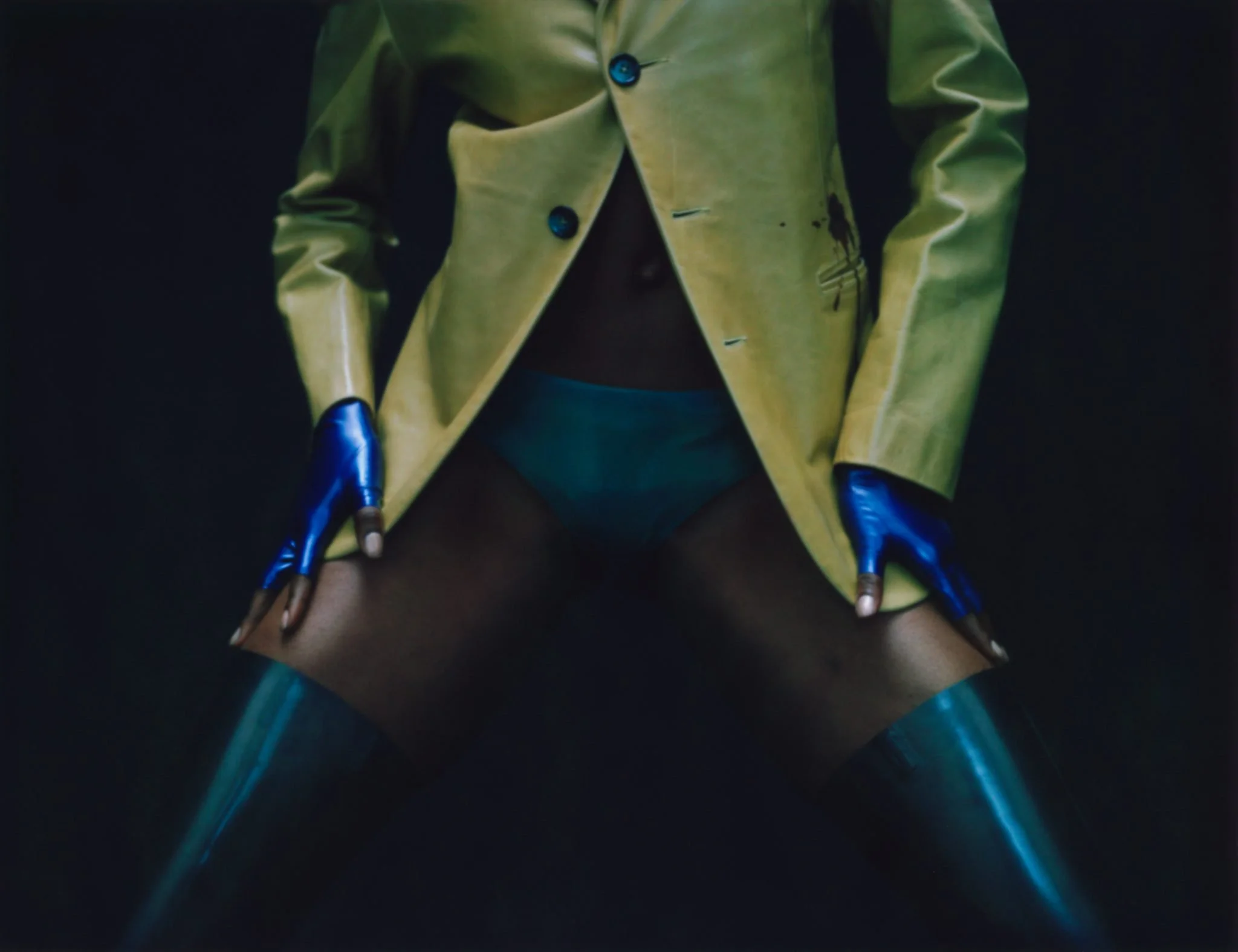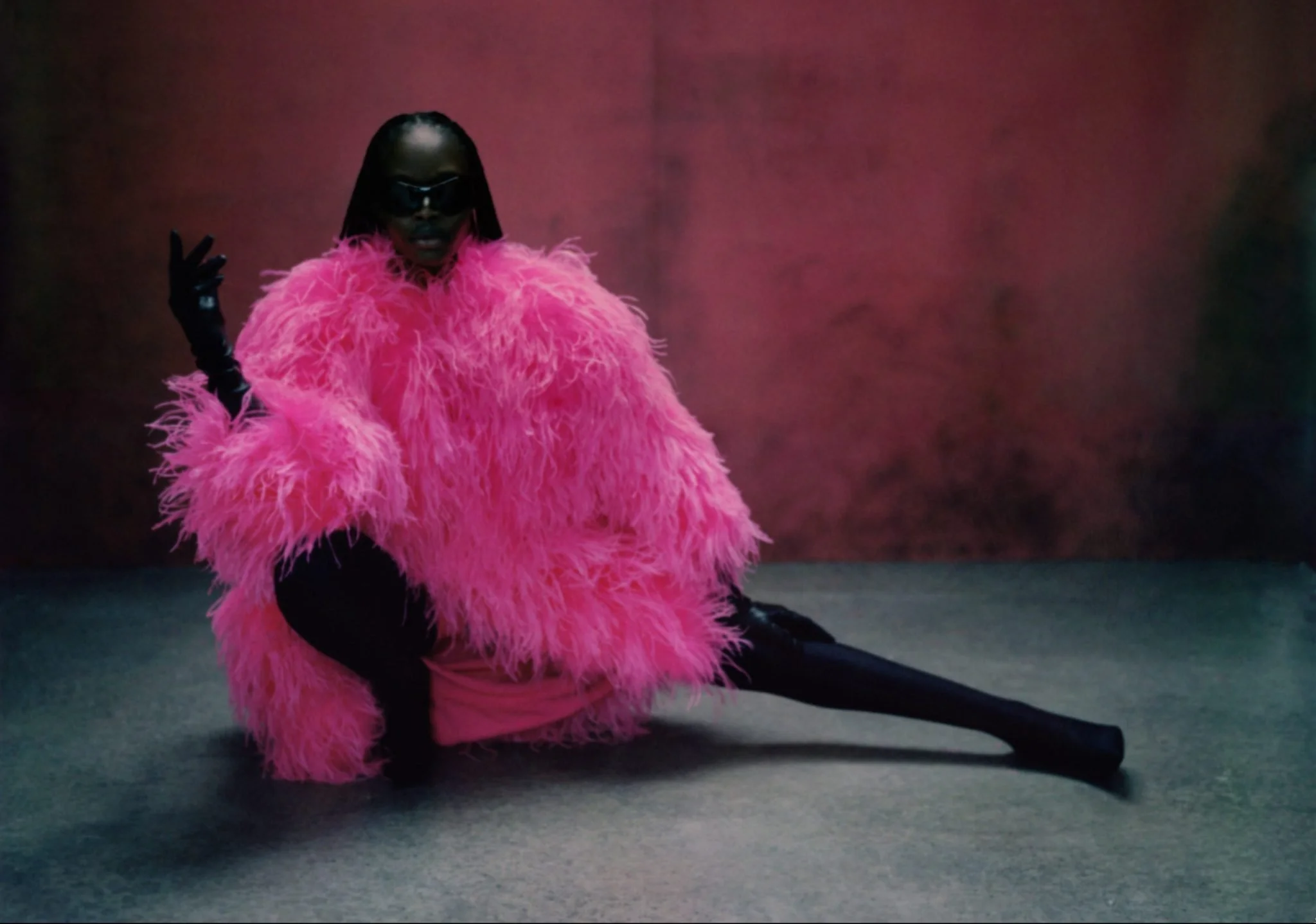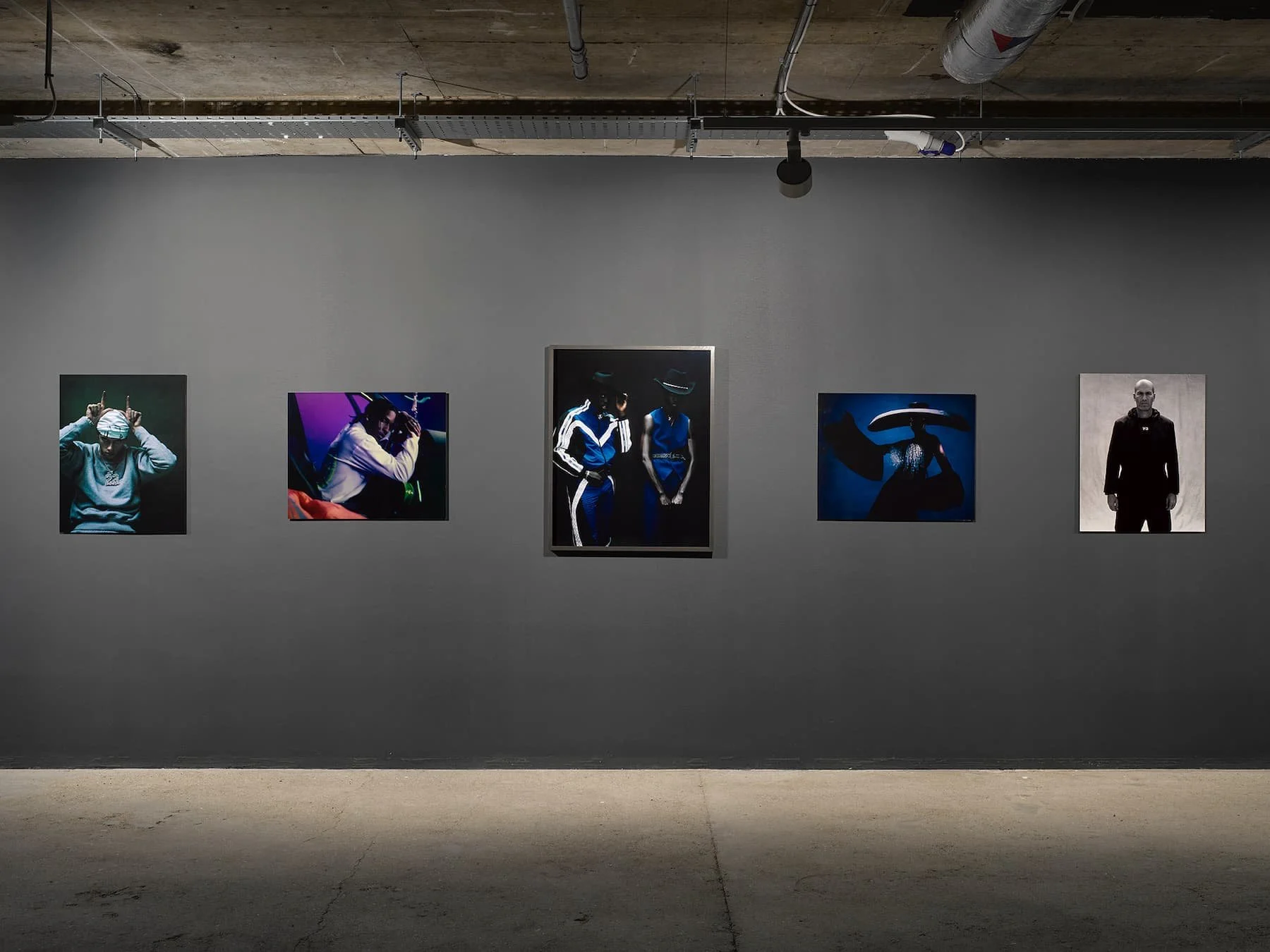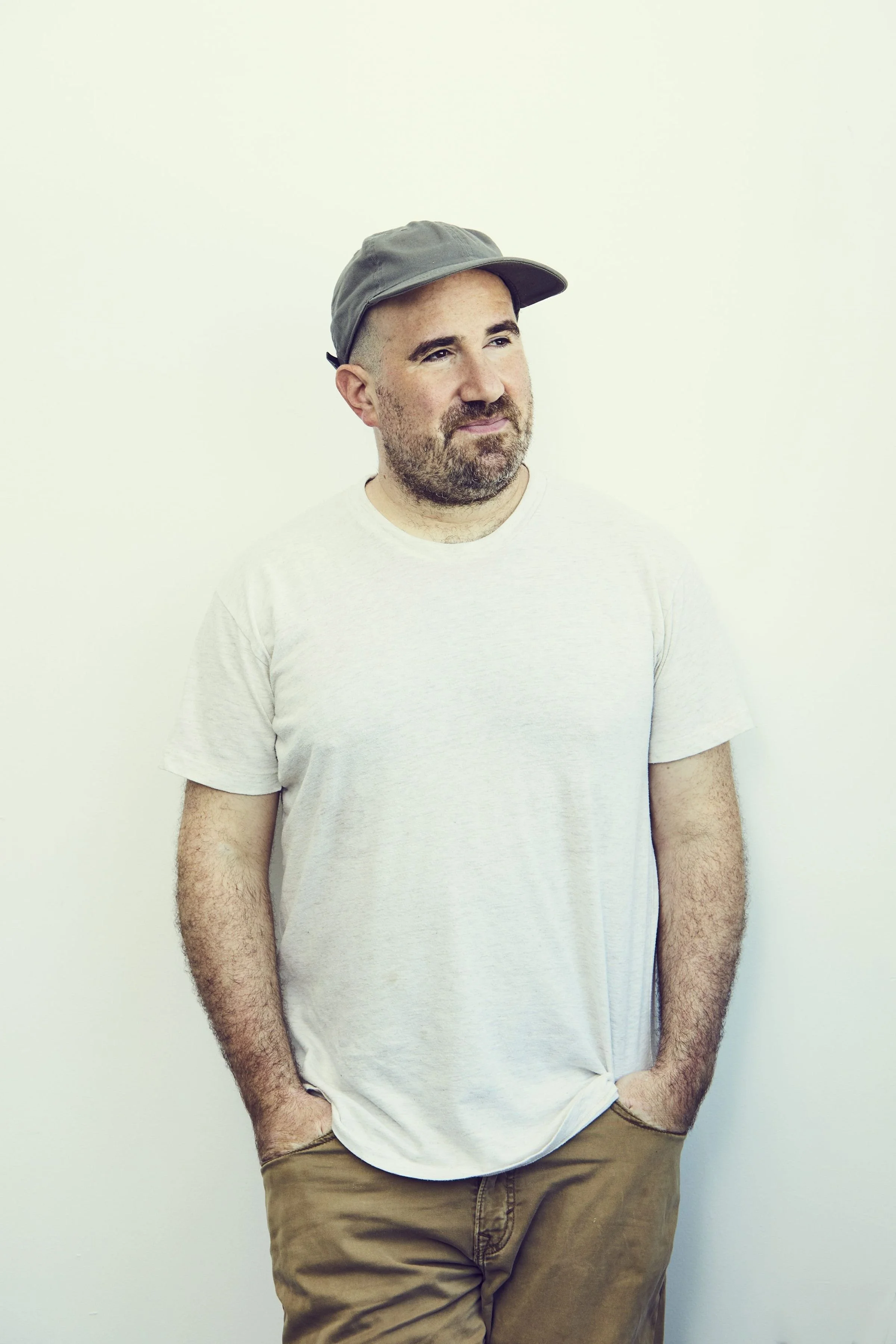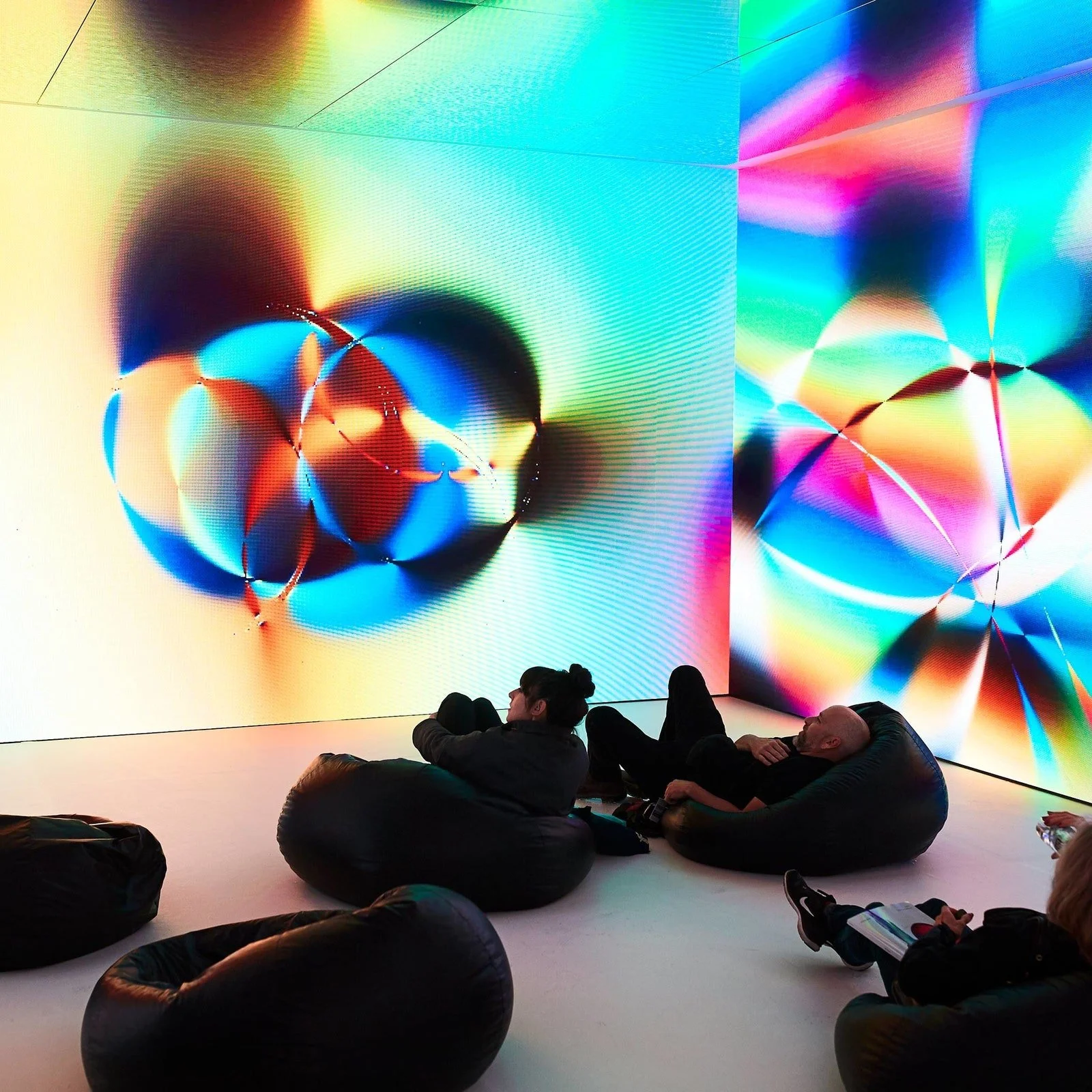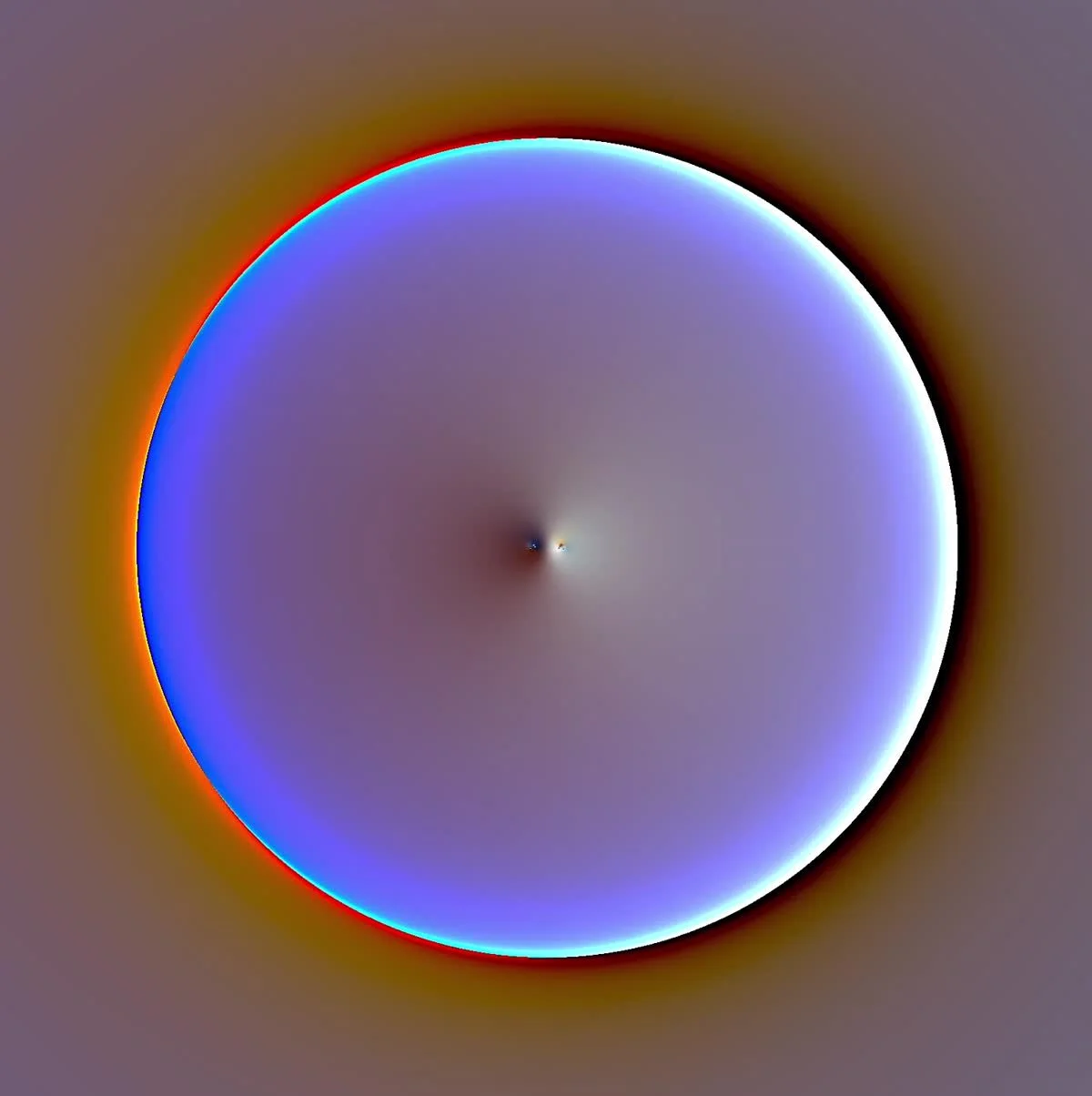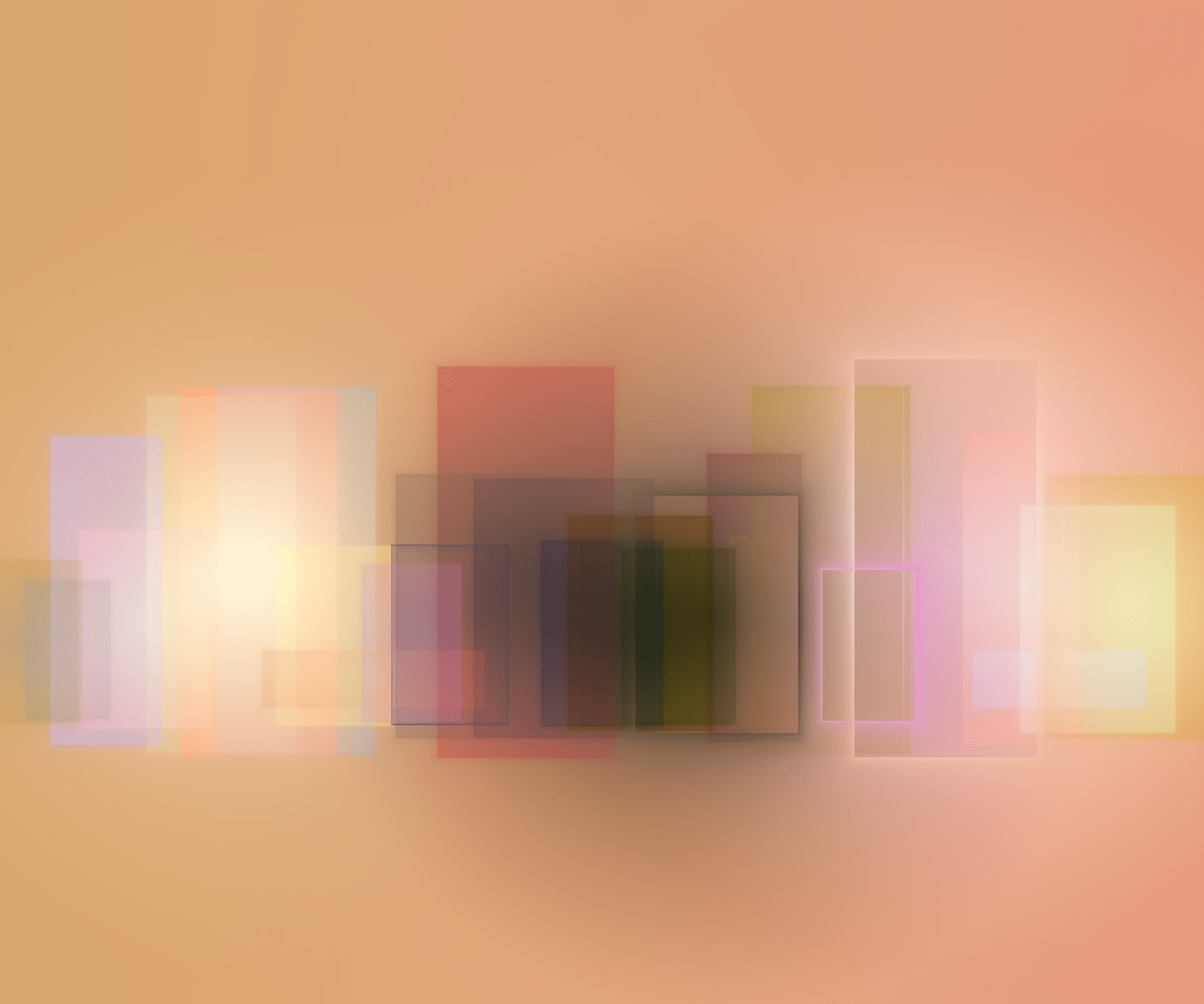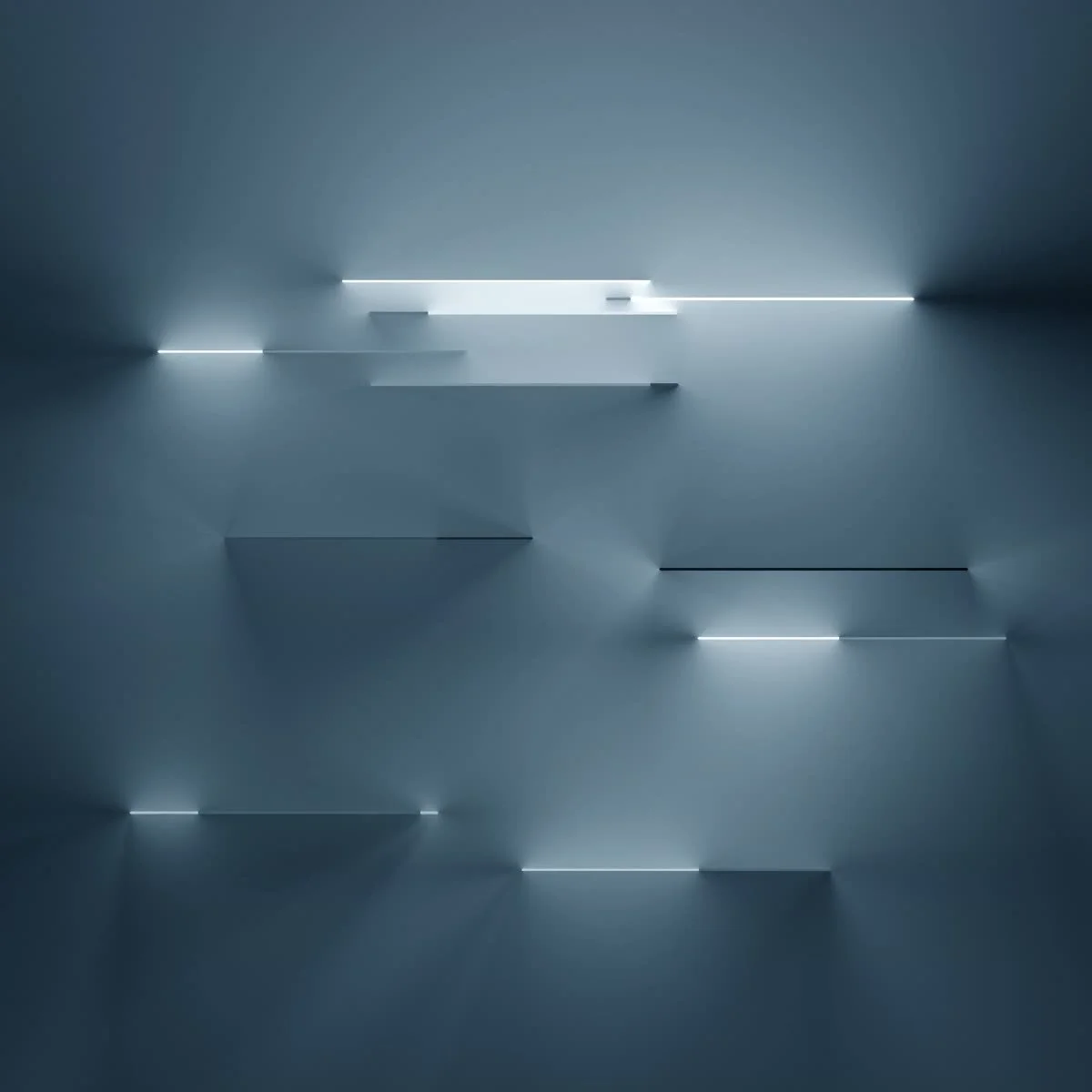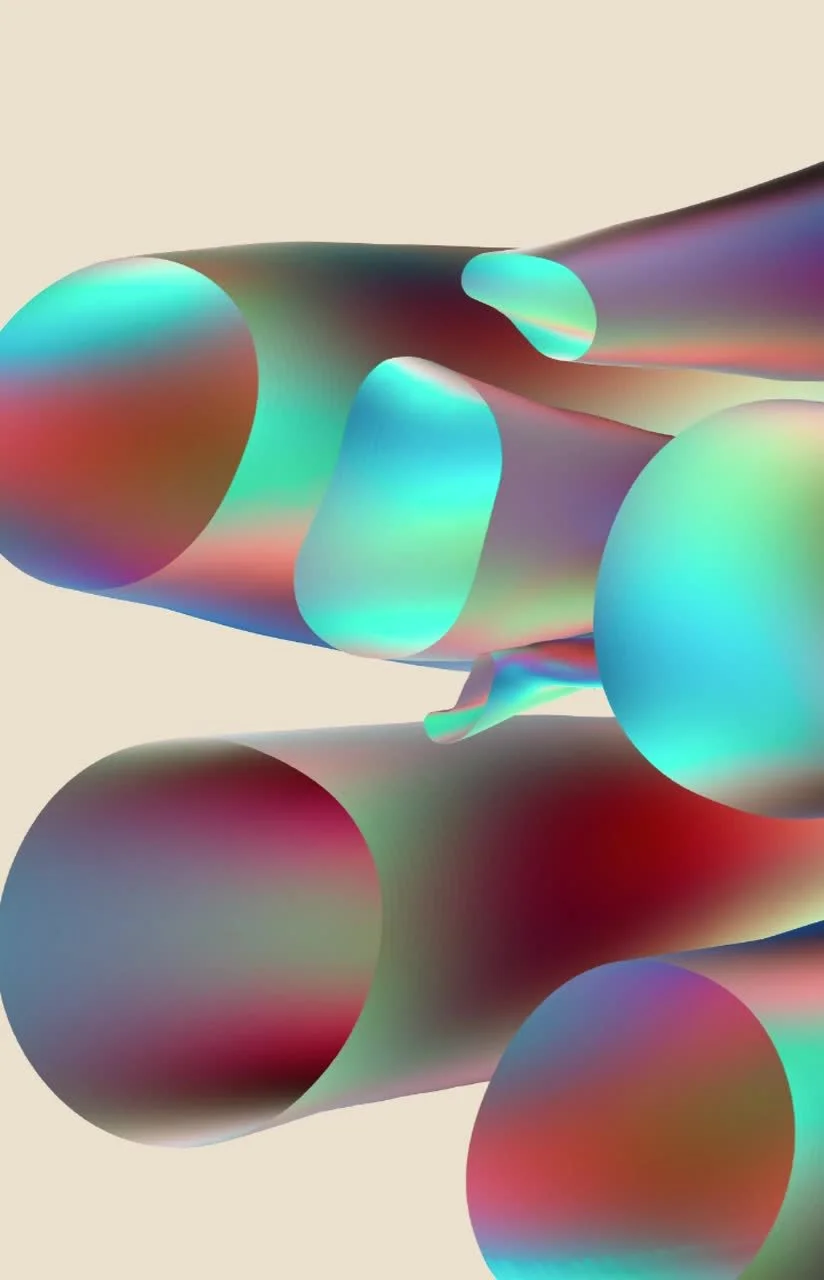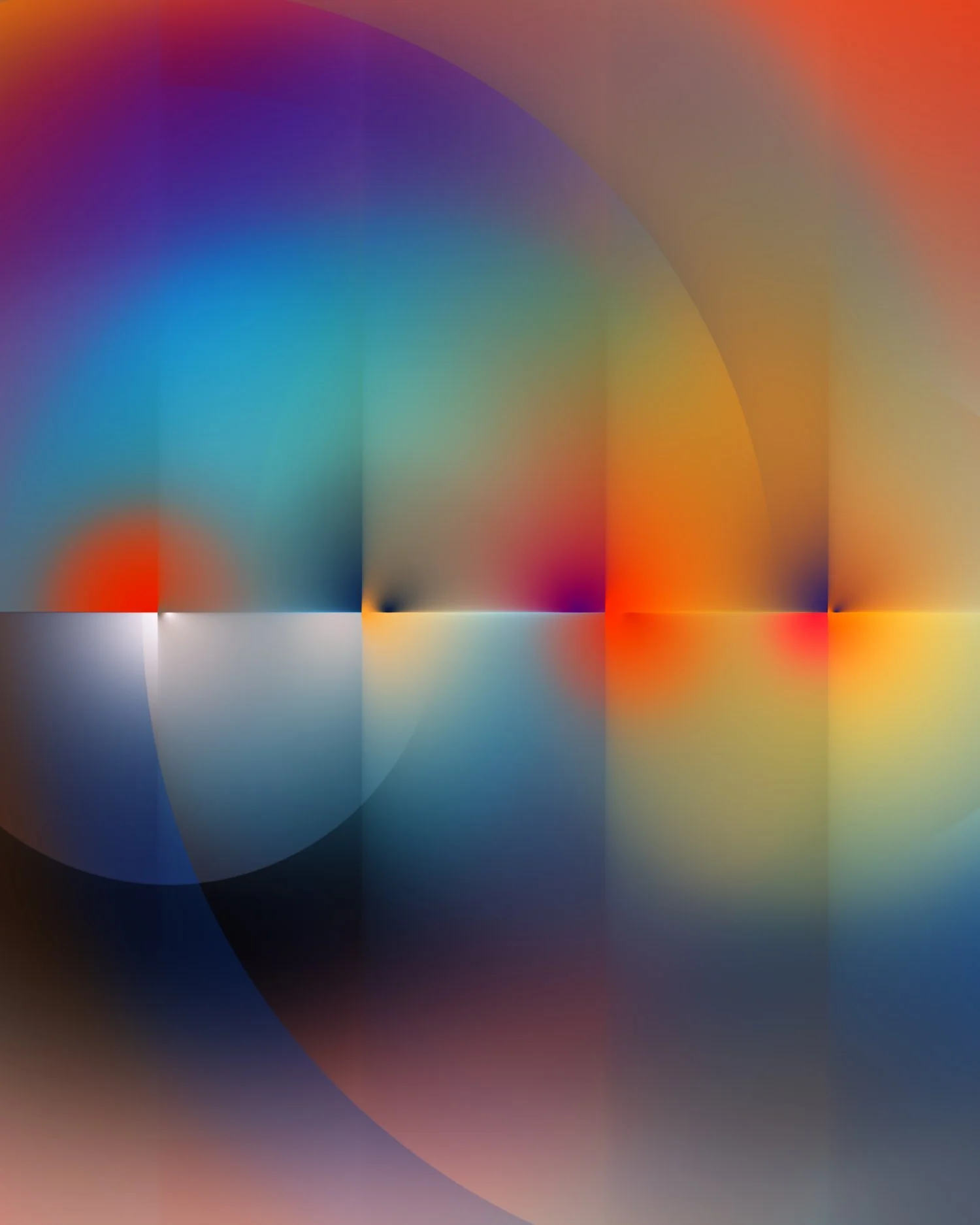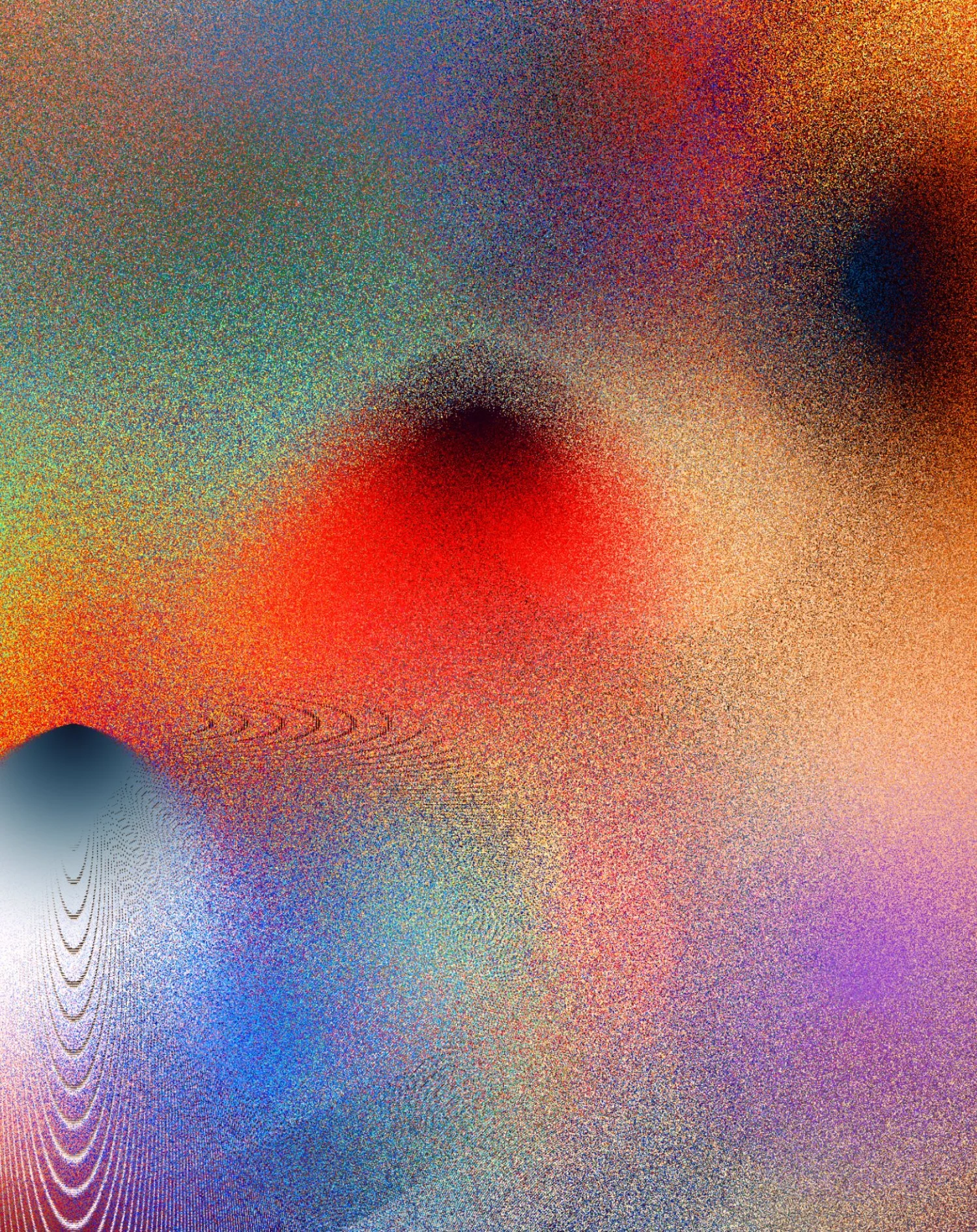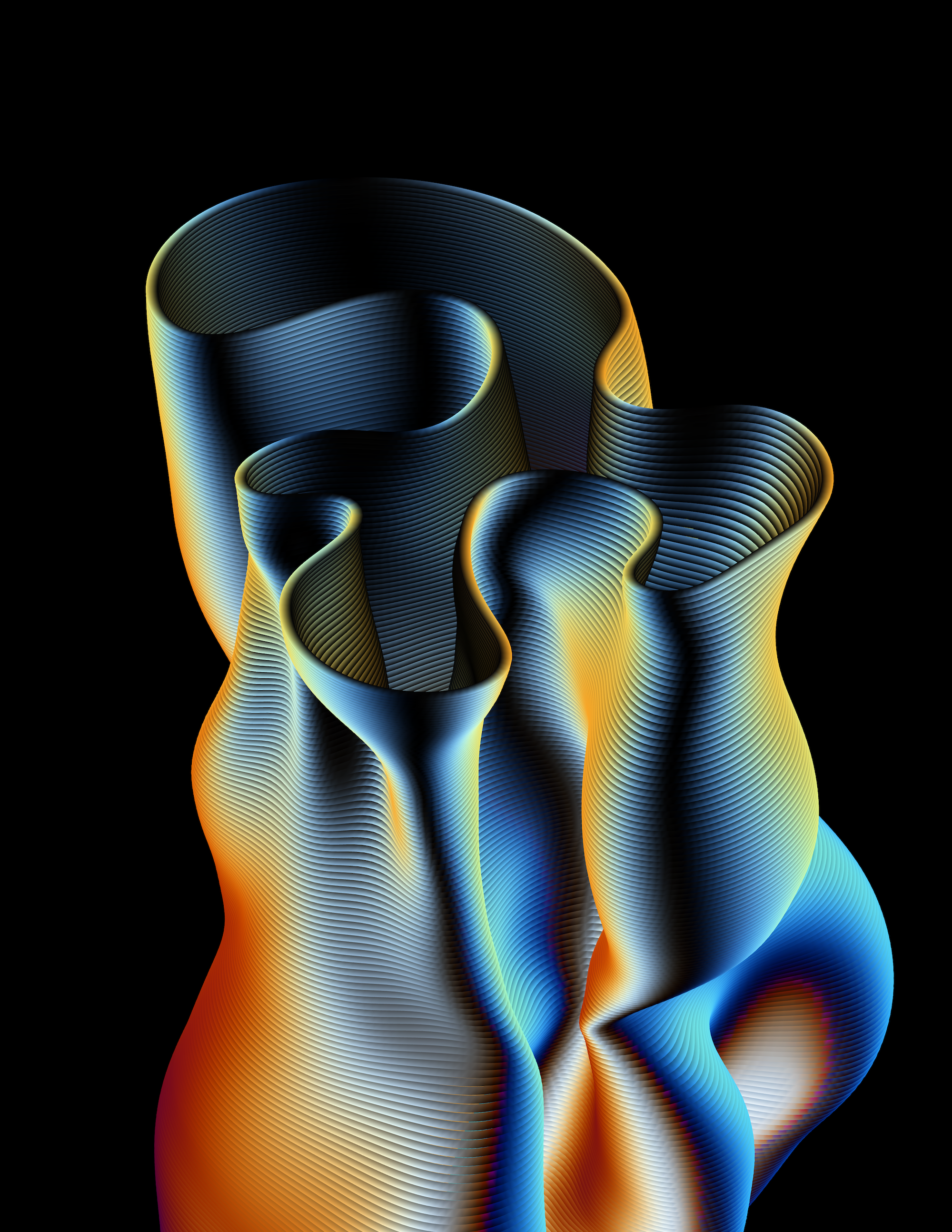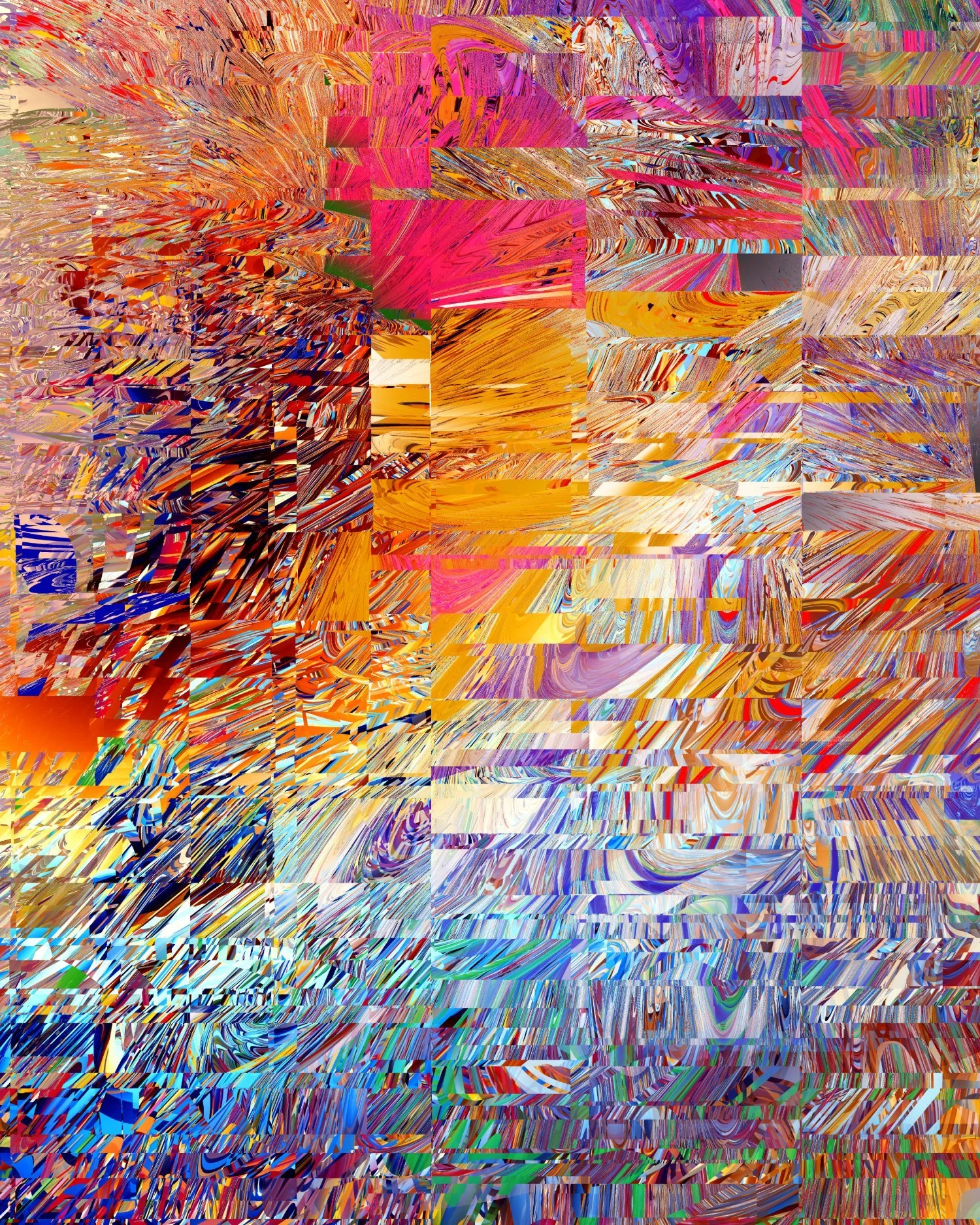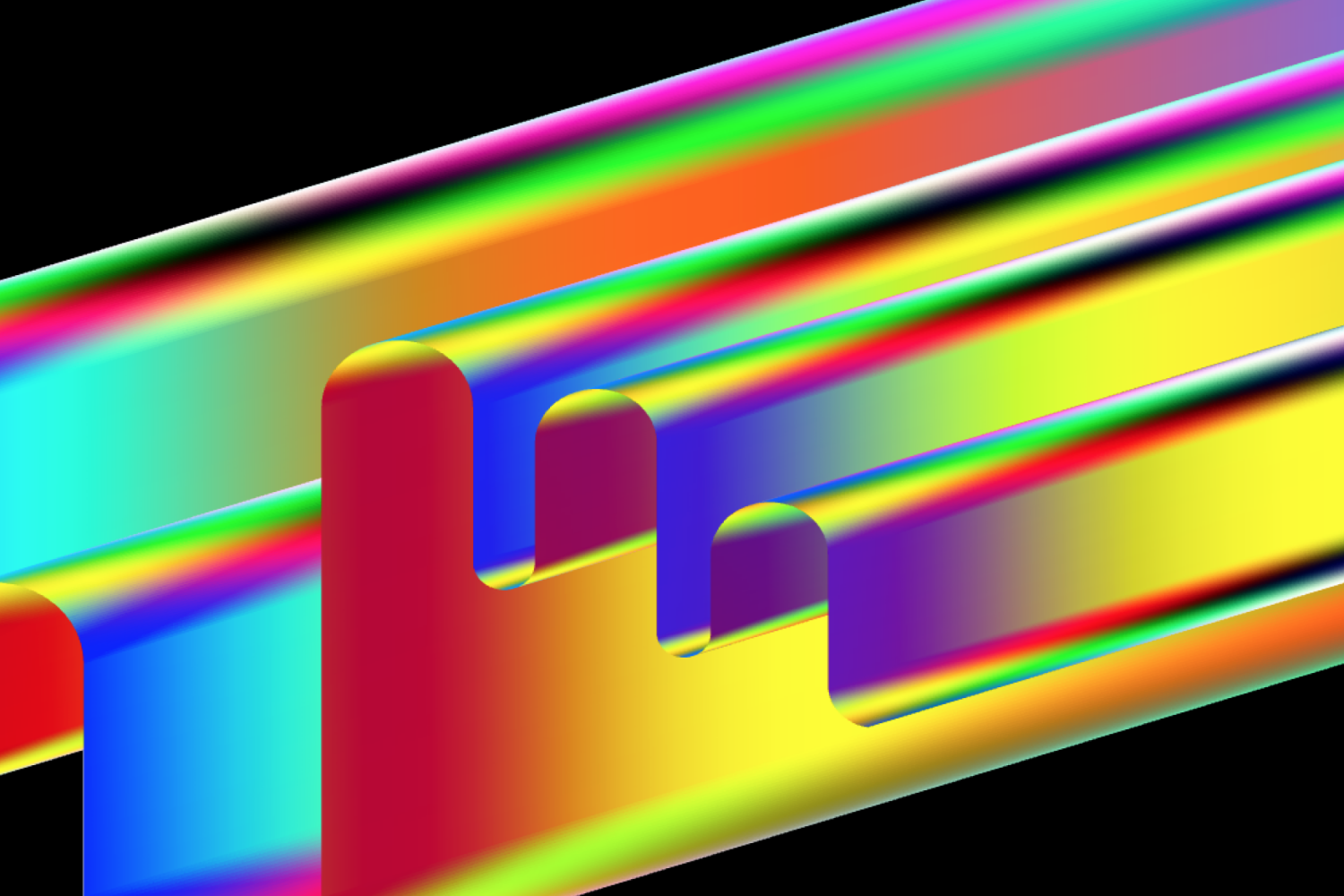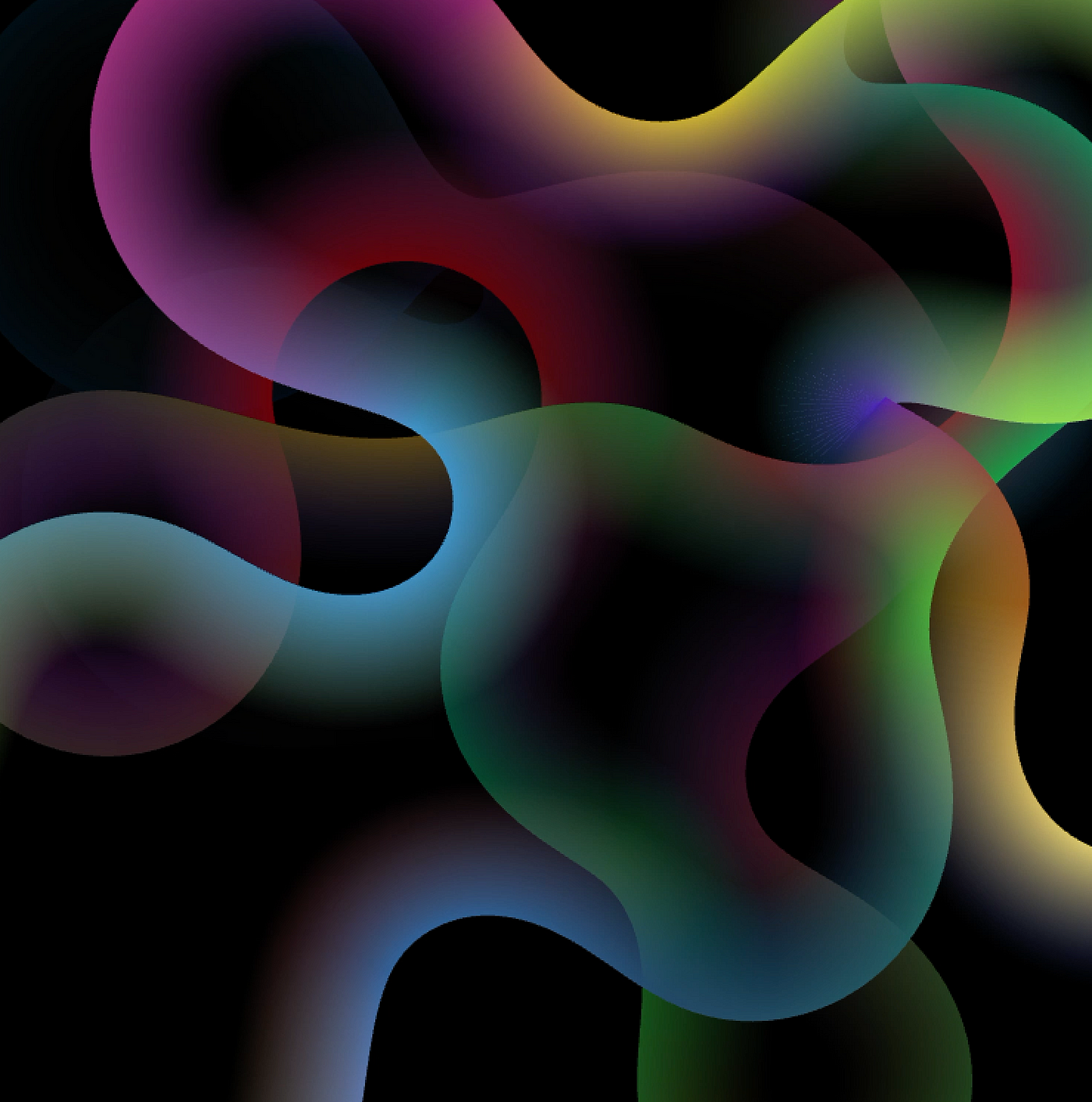 Image 1 of 15
Image 1 of 15

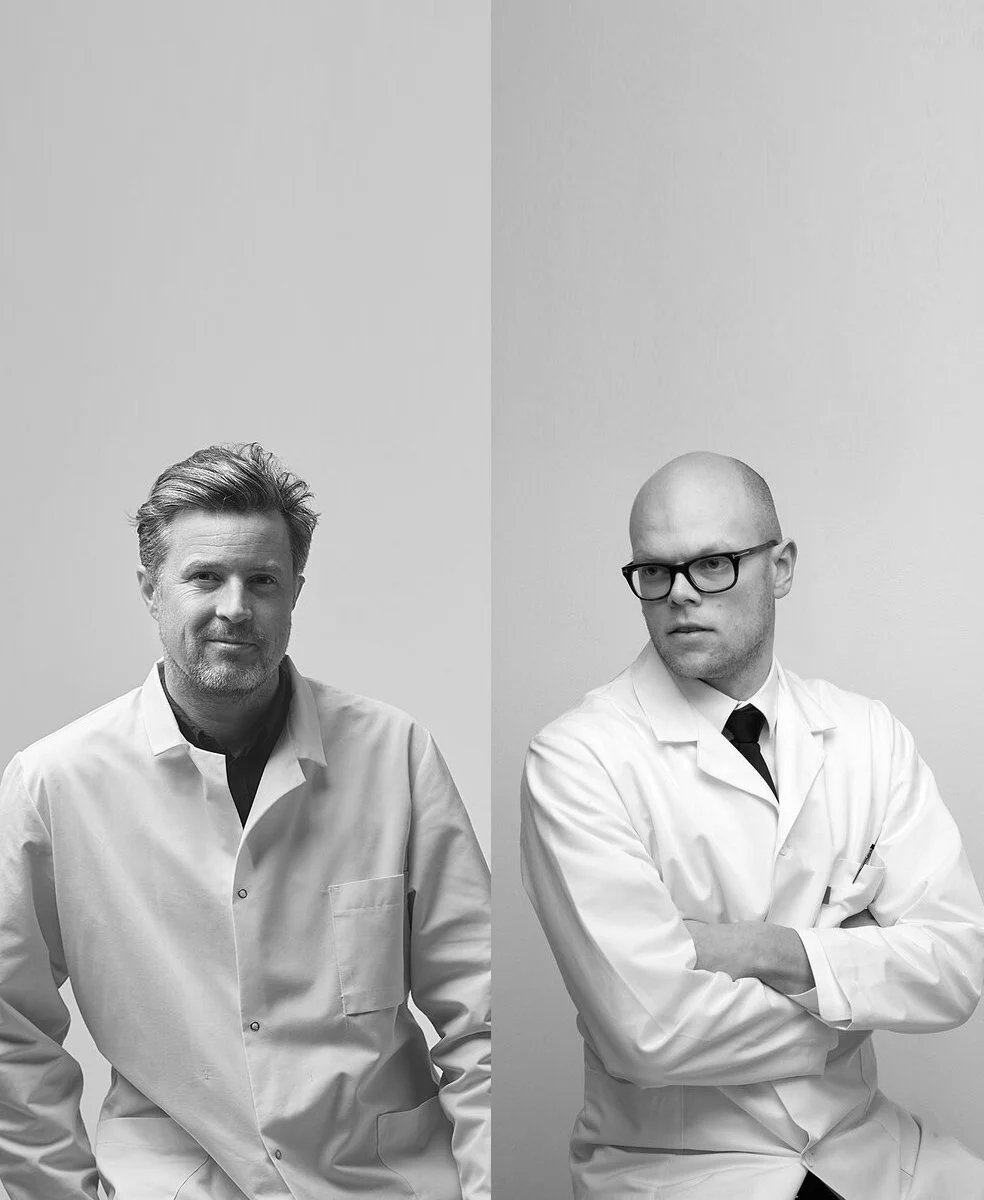 Image 2 of 15
Image 2 of 15

 Image 3 of 15
Image 3 of 15

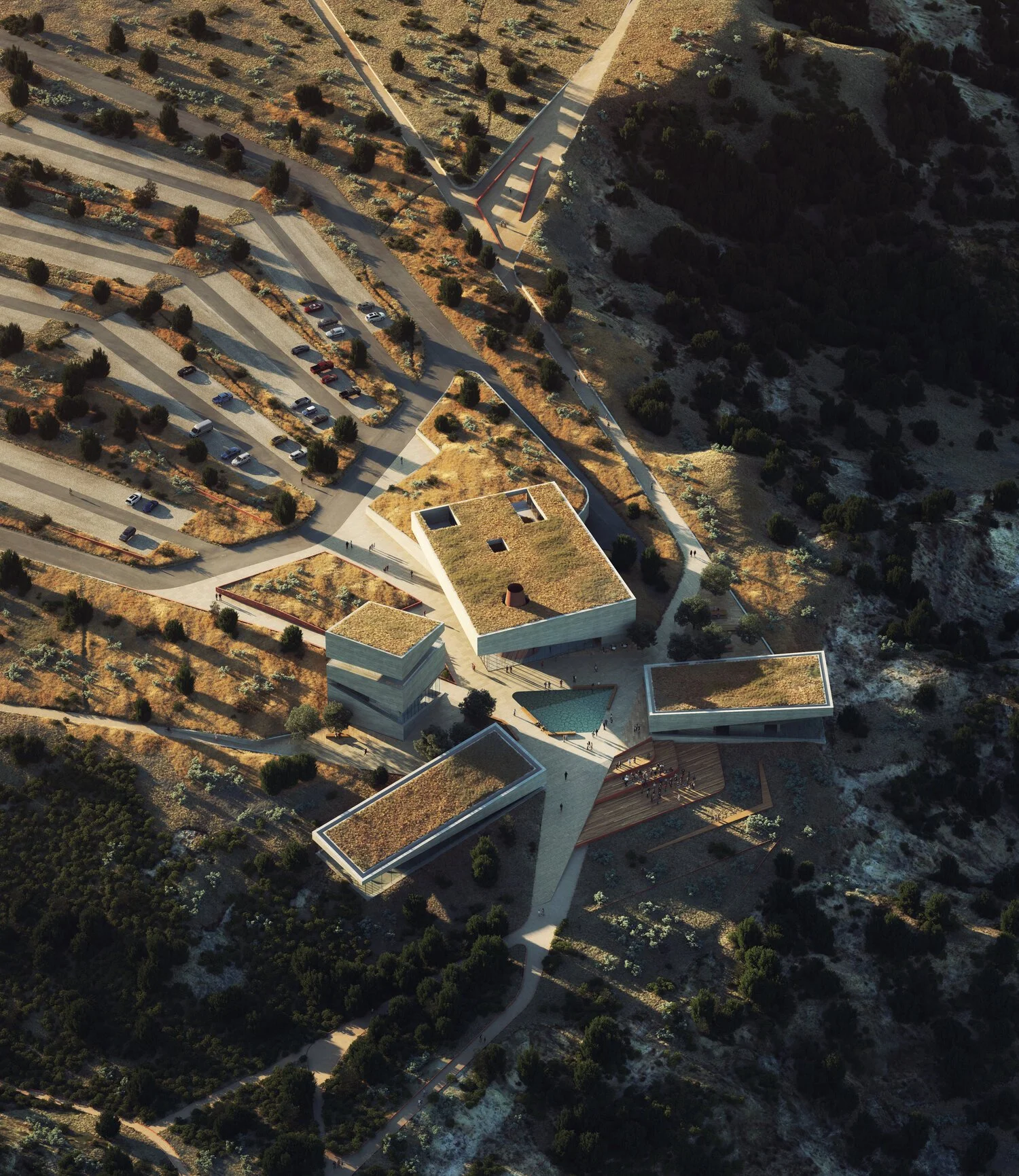 Image 4 of 15
Image 4 of 15

 Image 5 of 15
Image 5 of 15

 Image 6 of 15
Image 6 of 15

 Image 7 of 15
Image 7 of 15

 Image 8 of 15
Image 8 of 15

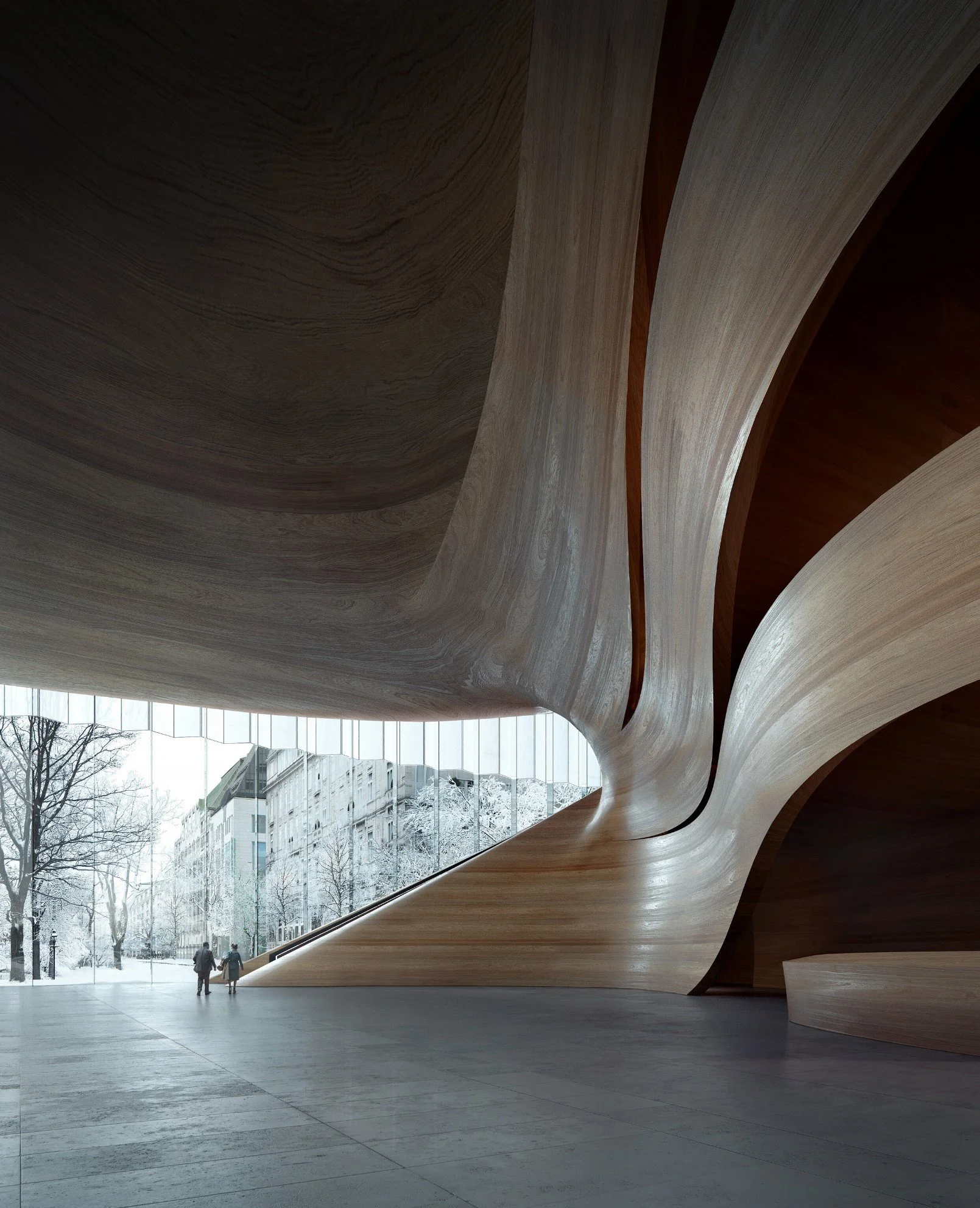 Image 9 of 15
Image 9 of 15

 Image 10 of 15
Image 10 of 15

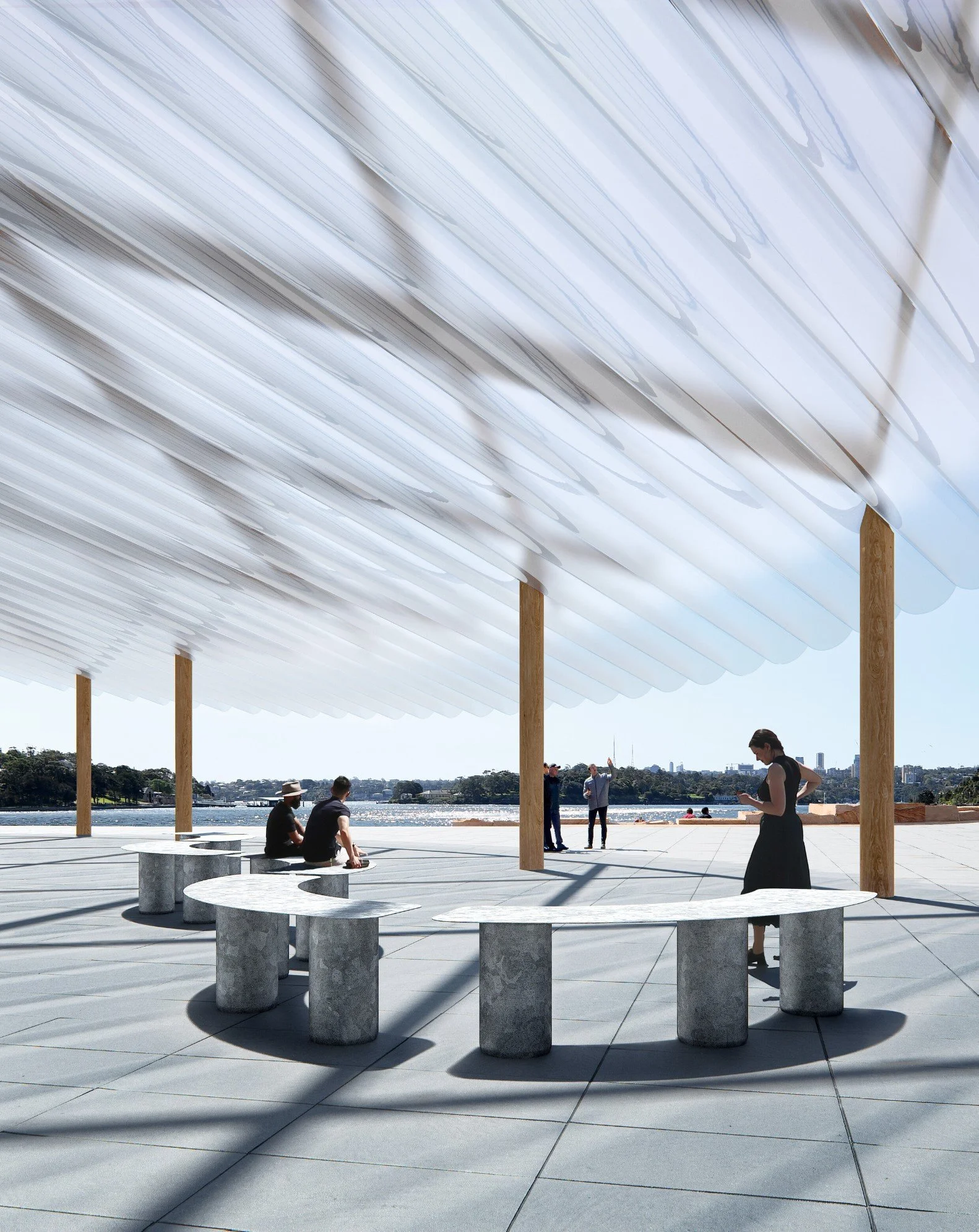 Image 11 of 15
Image 11 of 15

 Image 12 of 15
Image 12 of 15

 Image 13 of 15
Image 13 of 15

 Image 14 of 15
Image 14 of 15

 Image 15 of 15
Image 15 of 15
















MIR create visualisations with next level atmosphere and natural settings
MIR is a visualisation studio based in Bergen, Norway, founded by Trond Greve Andersen and Mats Andersen. The studio was established with the mission to create iconic images in architecture that emphasize the natural context and atmosphere of the projects they visualize. MIR's current mission focuses on blending digital technology with natural elements to create immersive and evocative architectural visualisations. Core values include innovation, creativity, and the seamless integration of nature and architecture, with a purpose to redefine the relationship between digital visualisation and the natural environment.
Location
Headquarters: Bergen, Norway.
Primary operations locations: Various global locations for project installations.
The Digital Biophilia Vision
Core principles: Creating digital visualizations that foster a connection with nature, using technology to enhance our understanding and appreciation of natural forms and settings.
Key innovations: Development of the "MIR style," characterized by rich atmospheres and evocative natural settings that make architectural visualizations look and feel like photographs captured by astute observers of architecture.
Prioritization of nature-inspired design: Emphasis on creating visualizations that highlight the natural context and inherent qualities of architectural projects, promoting a sense of connection with the natural world.
Pioneering Solutions
Flagship projects: Visualizations for high-profile architectural projects such as the Icefjord Center by Dorte Mandrup, The Whale by Dorte Mandrup, and various projects by Snøhetta and BIG.
Unique value propositions: High-quality, innovative architectural visualizations that prioritize digital biophilia, viewer engagement, and the exploration of the boundaries between architecture and nature. MIR's work is known for its ability to create immersive, nature-inspired digital environments that evoke emotional responses.
The Regenerative Future
R&D focus areas: Advancing visualization technologies, exploring new ways to integrate natural elements into digital visualizations, and developing applications that challenge perceptions of architecture and nature.
Ambitious goals: To lead the architectural visualization industry in creating experiences that foster digital biophilia, inspire a deeper appreciation for natural settings through technology, and promote environmental awareness through immersive visual experiences.
Fact Sheet
Commercial Availability: Visualization services available for architects, developers, and institutions globally.
Biophilia Rating: 5/5 (Strong focus on incorporating natural elements and biophilic design principles in visualizations).
Key Recognitions: Known for the "MIR style" and recognized for their impact on the architectural visualization industry.
Innovation Rating: 5/5 (Cutting-edge use of visualization technologies to create nature-inspired digital experiences).
User Engagement: High level of visual impact and emotional resonance, designed to create meaningful connections between viewers, architecture, and natural settings.
Environmental Awareness Performance: Strong focus on using digital visualizations to raise awareness about the beauty and importance of natural settings in architecture.
Key Takeaway
MIR transforms the architectural visualization industry through innovative, biophilic digital experiences, setting a benchmark for connecting humans with nature through technology and challenging perceptions of architecture and the natural world.
Explore Further
MIR website: https://www.mir.no
About: https://www.mir.no/info
Example project: Icefjord Center
MIR is a visualisation studio based in Bergen, Norway, founded by Trond Greve Andersen and Mats Andersen. The studio was established with the mission to create iconic images in architecture that emphasize the natural context and atmosphere of the projects they visualize. MIR's current mission focuses on blending digital technology with natural elements to create immersive and evocative architectural visualisations. Core values include innovation, creativity, and the seamless integration of nature and architecture, with a purpose to redefine the relationship between digital visualisation and the natural environment.
Location
Headquarters: Bergen, Norway.
Primary operations locations: Various global locations for project installations.
The Digital Biophilia Vision
Core principles: Creating digital visualizations that foster a connection with nature, using technology to enhance our understanding and appreciation of natural forms and settings.
Key innovations: Development of the "MIR style," characterized by rich atmospheres and evocative natural settings that make architectural visualizations look and feel like photographs captured by astute observers of architecture.
Prioritization of nature-inspired design: Emphasis on creating visualizations that highlight the natural context and inherent qualities of architectural projects, promoting a sense of connection with the natural world.
Pioneering Solutions
Flagship projects: Visualizations for high-profile architectural projects such as the Icefjord Center by Dorte Mandrup, The Whale by Dorte Mandrup, and various projects by Snøhetta and BIG.
Unique value propositions: High-quality, innovative architectural visualizations that prioritize digital biophilia, viewer engagement, and the exploration of the boundaries between architecture and nature. MIR's work is known for its ability to create immersive, nature-inspired digital environments that evoke emotional responses.
The Regenerative Future
R&D focus areas: Advancing visualization technologies, exploring new ways to integrate natural elements into digital visualizations, and developing applications that challenge perceptions of architecture and nature.
Ambitious goals: To lead the architectural visualization industry in creating experiences that foster digital biophilia, inspire a deeper appreciation for natural settings through technology, and promote environmental awareness through immersive visual experiences.
Fact Sheet
Commercial Availability: Visualization services available for architects, developers, and institutions globally.
Biophilia Rating: 5/5 (Strong focus on incorporating natural elements and biophilic design principles in visualizations).
Key Recognitions: Known for the "MIR style" and recognized for their impact on the architectural visualization industry.
Innovation Rating: 5/5 (Cutting-edge use of visualization technologies to create nature-inspired digital experiences).
User Engagement: High level of visual impact and emotional resonance, designed to create meaningful connections between viewers, architecture, and natural settings.
Environmental Awareness Performance: Strong focus on using digital visualizations to raise awareness about the beauty and importance of natural settings in architecture.
Key Takeaway
MIR transforms the architectural visualization industry through innovative, biophilic digital experiences, setting a benchmark for connecting humans with nature through technology and challenging perceptions of architecture and the natural world.
Explore Further
MIR website: https://www.mir.no
About: https://www.mir.no/info
Example project: Icefjord Center

